10-13 March 2023
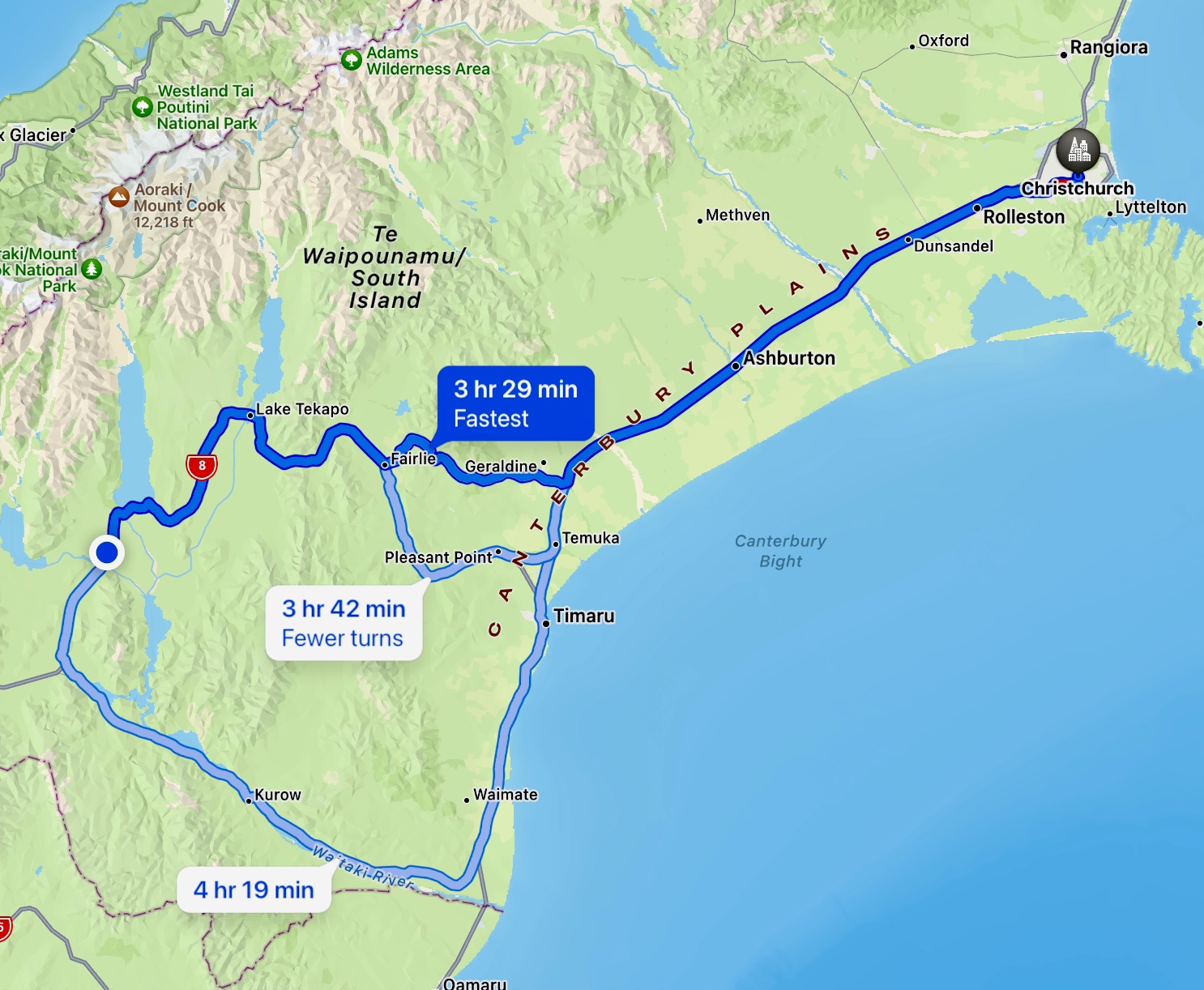
After being out in the country, approaching a city gave us a touch of culture shock. About an hour outside of Christchurch we noticed there were suddenly more cars on the road. Then we were dumped onto a four-lane divided roadway. Whoa. But not much traffic and the speed limit was only forty miles per hour! We found our hotel at the edge of the newly rebuilt central shopping area and quickly resumed tour familiar urban exploration mode.
Christchurch has always been New Zealand’s most English city. The Gothic Revival architecture of the cathedral and university buildings give it a distinctive identity unlike other Kiwi cities. Although the cathedral is shrouded for reconstruction after extensive earthquake damage and the university has moved into newer buildings a few miles away, the architectural identify remains strong. Christchurch was settled by English immigrants in 1848 and named for Christ Church, Oxford. A royal charter in 1856 declared it a city, making it the oldest city in New Zealand. Although the city population is only 375,000, it punches above its weight in architecture, culture, and retail. It was the site of New Zealand’s first international airport. Its International Antarctic Centre houses the US, Italian, and New Zealand Antarctic programs.
After the earthquakes of 2010 and 2011 (6.2 magnitude), eighty percent of the buildings in the downtown had to be demolished. Rebuilding has happened quickly, and we were delighted to stroll in the retail area around our hotel. (We were located at ground zero for outdoor clothing stores, with North Face up against several Kiwi brands. We made a few purchases.) Lots of pedestrian pathways and a couple of blocks filled entirely with restaurants and bars.
The sweet little river Avon winds around the town and offers a beautiful tree-shaded walkway along its grassy banks. The city celebrates the river and its adjoining open space unlike many many cities in the US or abroad. Together with its adjoining open space, it offers a green band that meanders through its urban setting. There are places to stroll and sit—some near bustling bars and restaurants. Others are more tranquil. They even offer kayak, canoe, and punting if you like!
But to loop around the downtown we took the electric trolley. A group of citizens collected a few antique tram cars from throughout New Zealand and in the 1990s carved a figure-eight route for the tracks through the densest part of the city, hiring entertaining drivers to deliver commentary along the way. For example, we learned that all new construction meets there standards for 8.5 earthquakes. They plan to expand the routes in the future.
There are still gaps in the urban fabric, historic buildings being reconstructed, and newly opened structures looking raw, but we found the city very appealing. On a weekend with pleasant temperatures it was full of people.
In the past Christchurch was a city of only single-family homes with no apartments. Despite objections, we saw many low-rise apartment buildings newly built or under construction just a few blocks beyond the central city. This will greatly impact the city by bring a higher density of population to the city’s center. We liked the architecture. Bold. Interesting. Uncluttered. Often using corrugated iron, which seems to us an unofficial symbol of New Zealand, along with the fern leaf, of course.
On the Way
Geraldine for Lunch
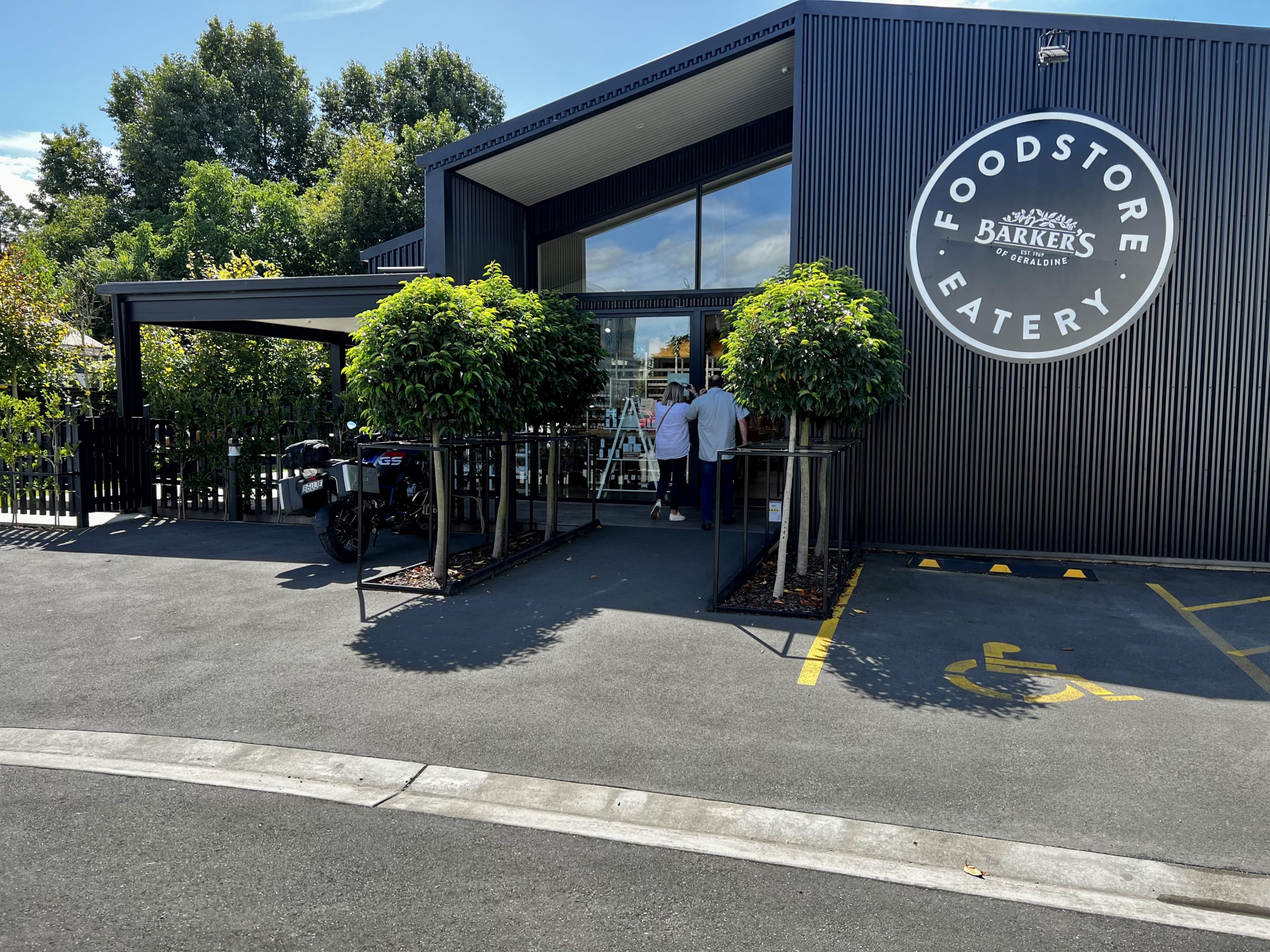
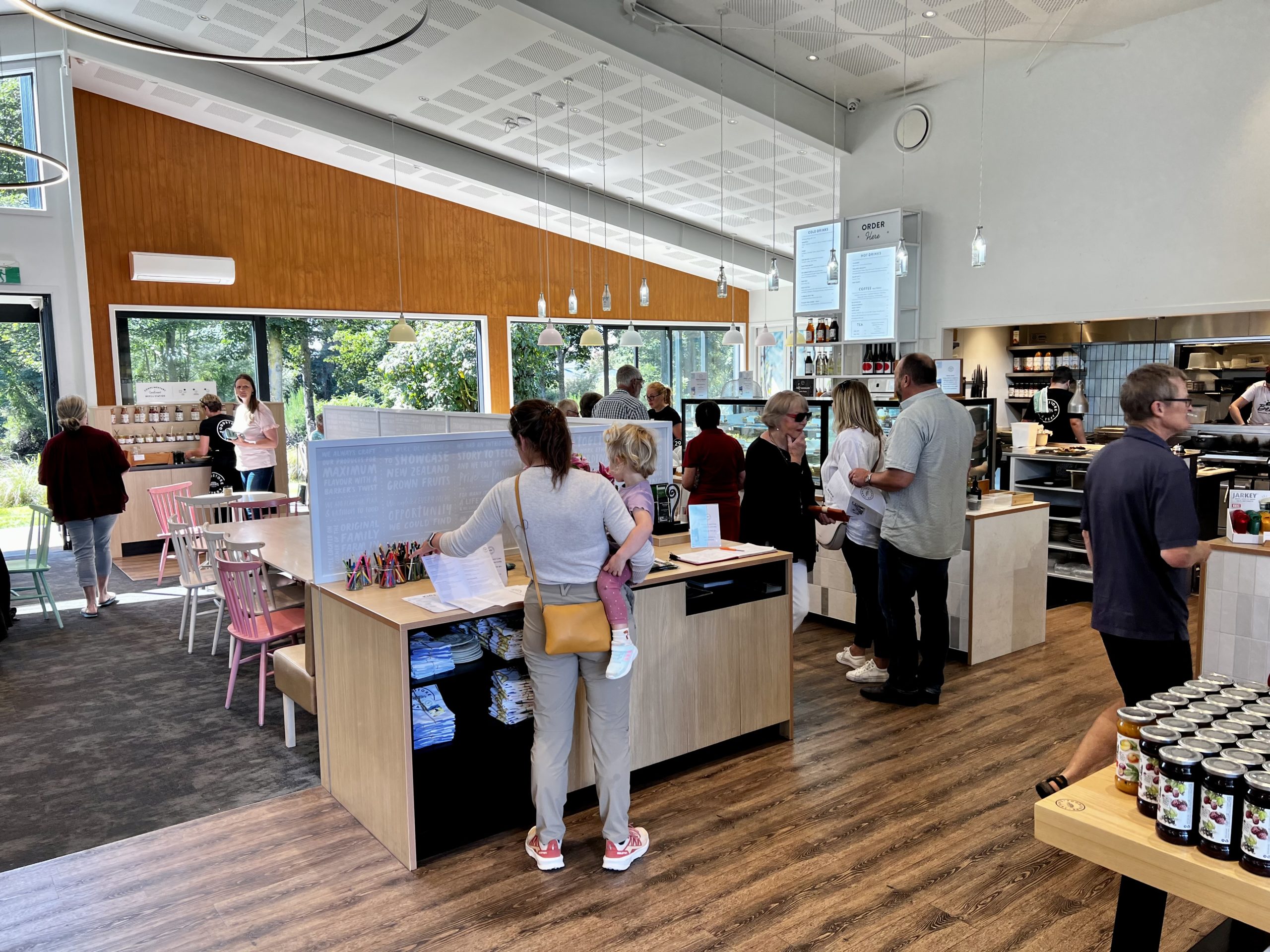
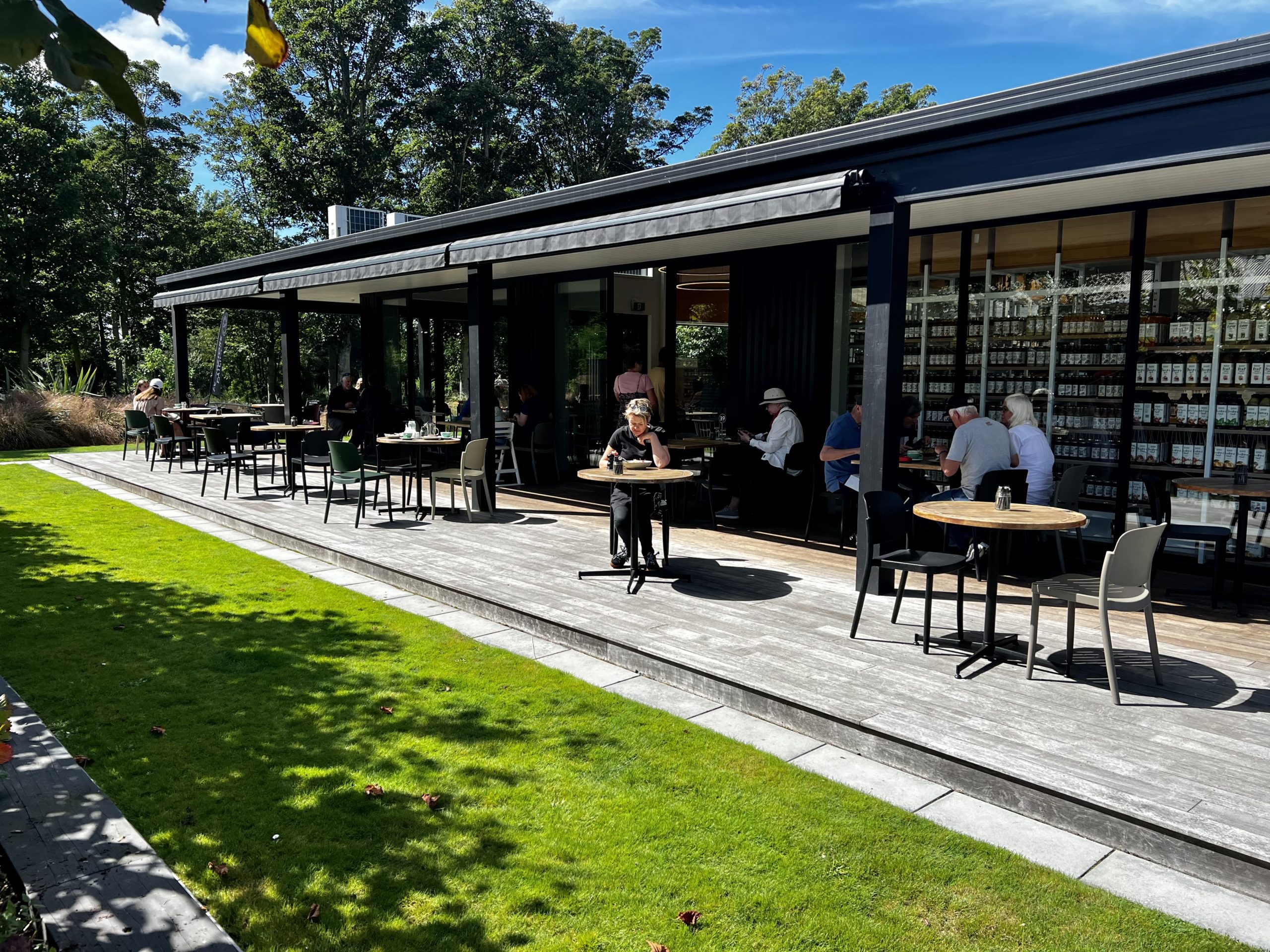
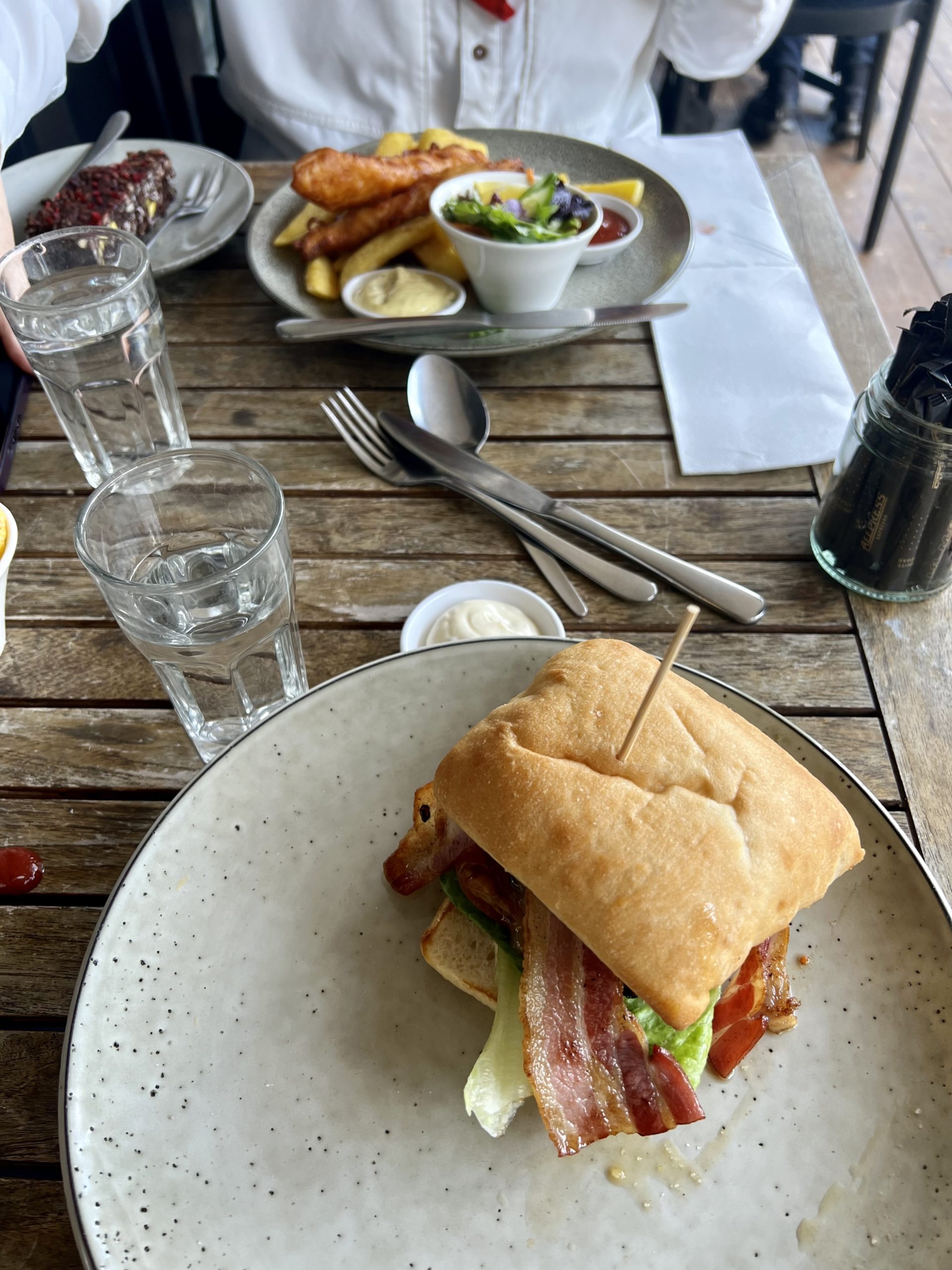
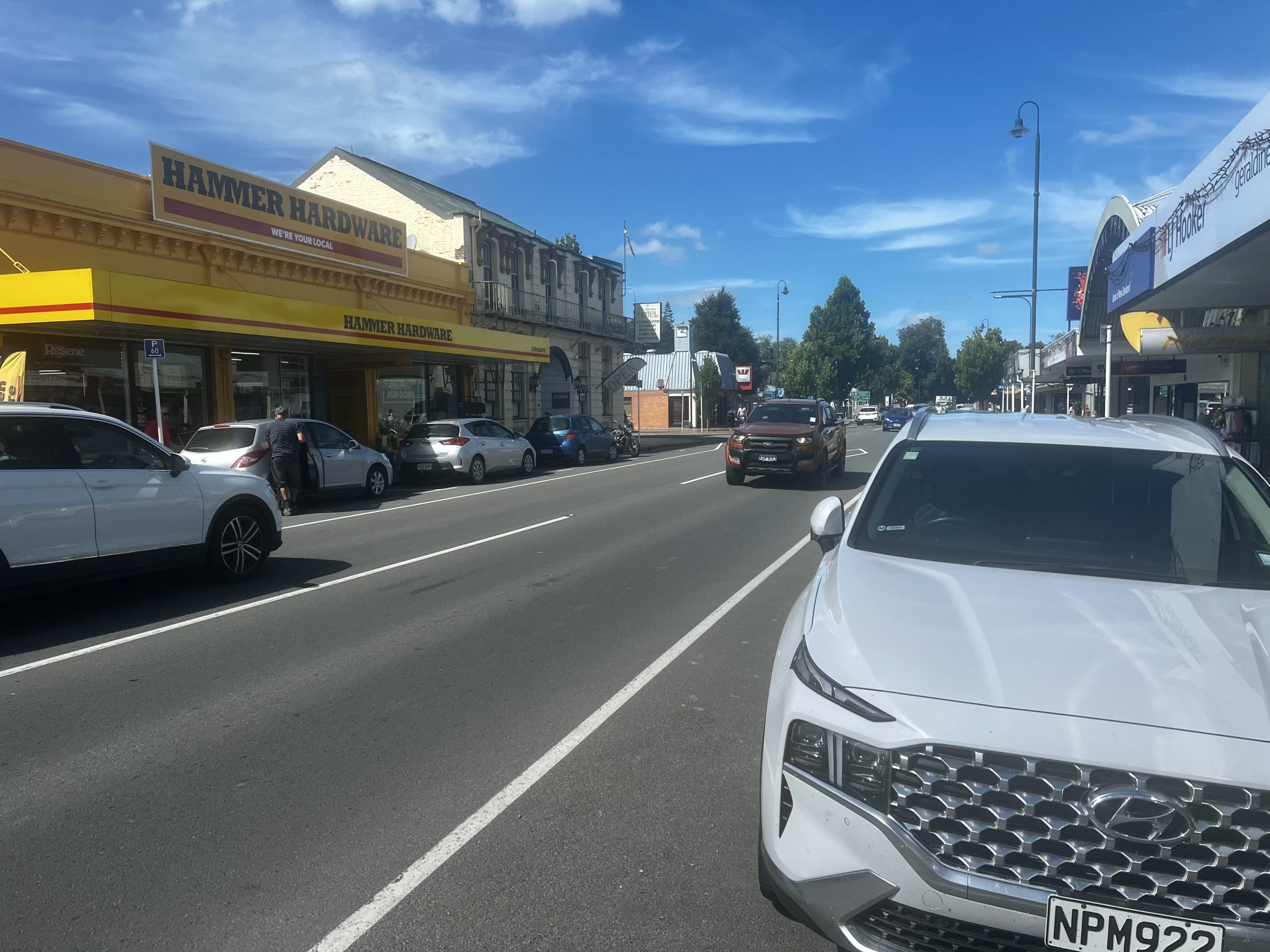
Geraldine to Christchurch
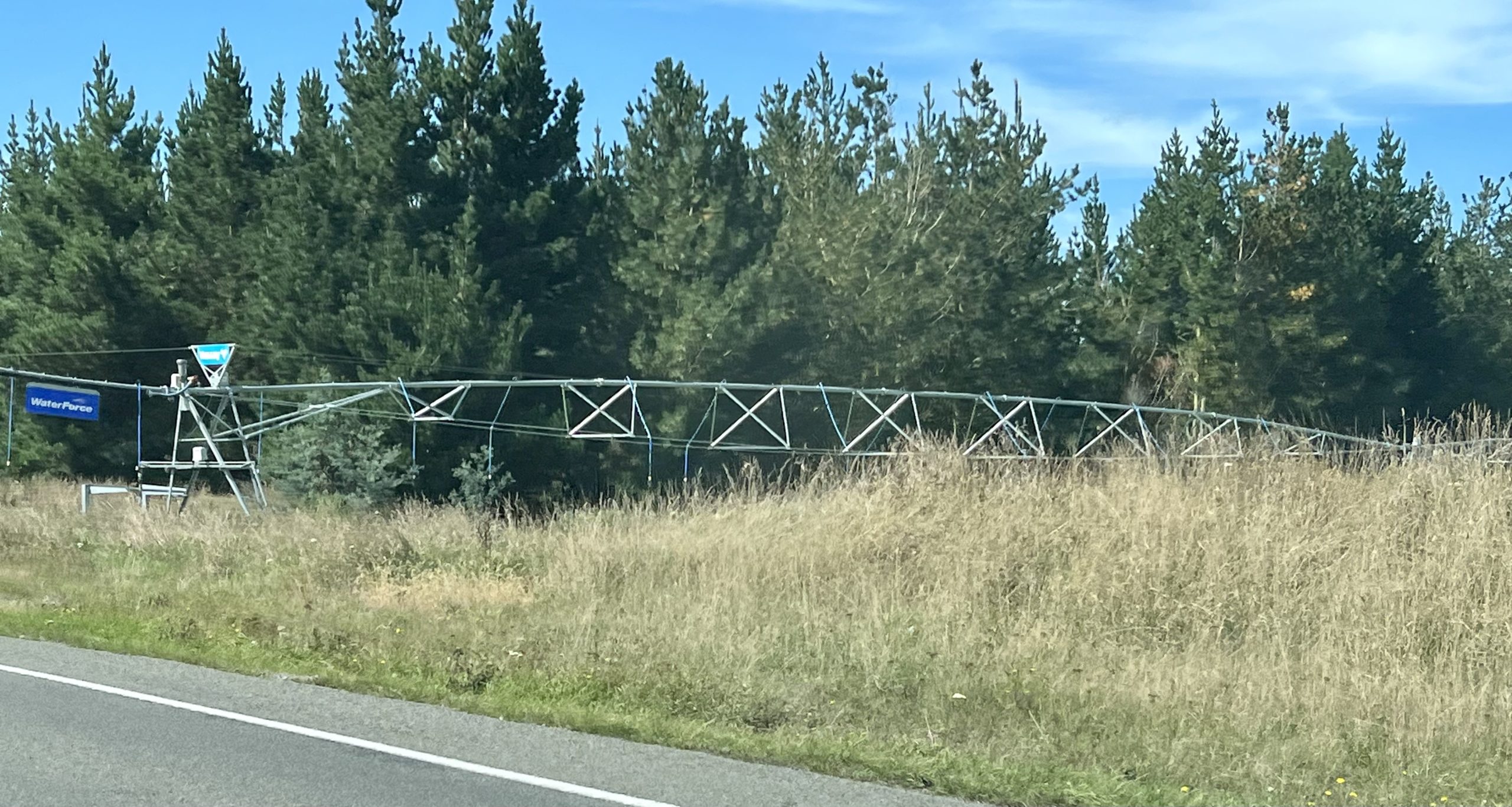
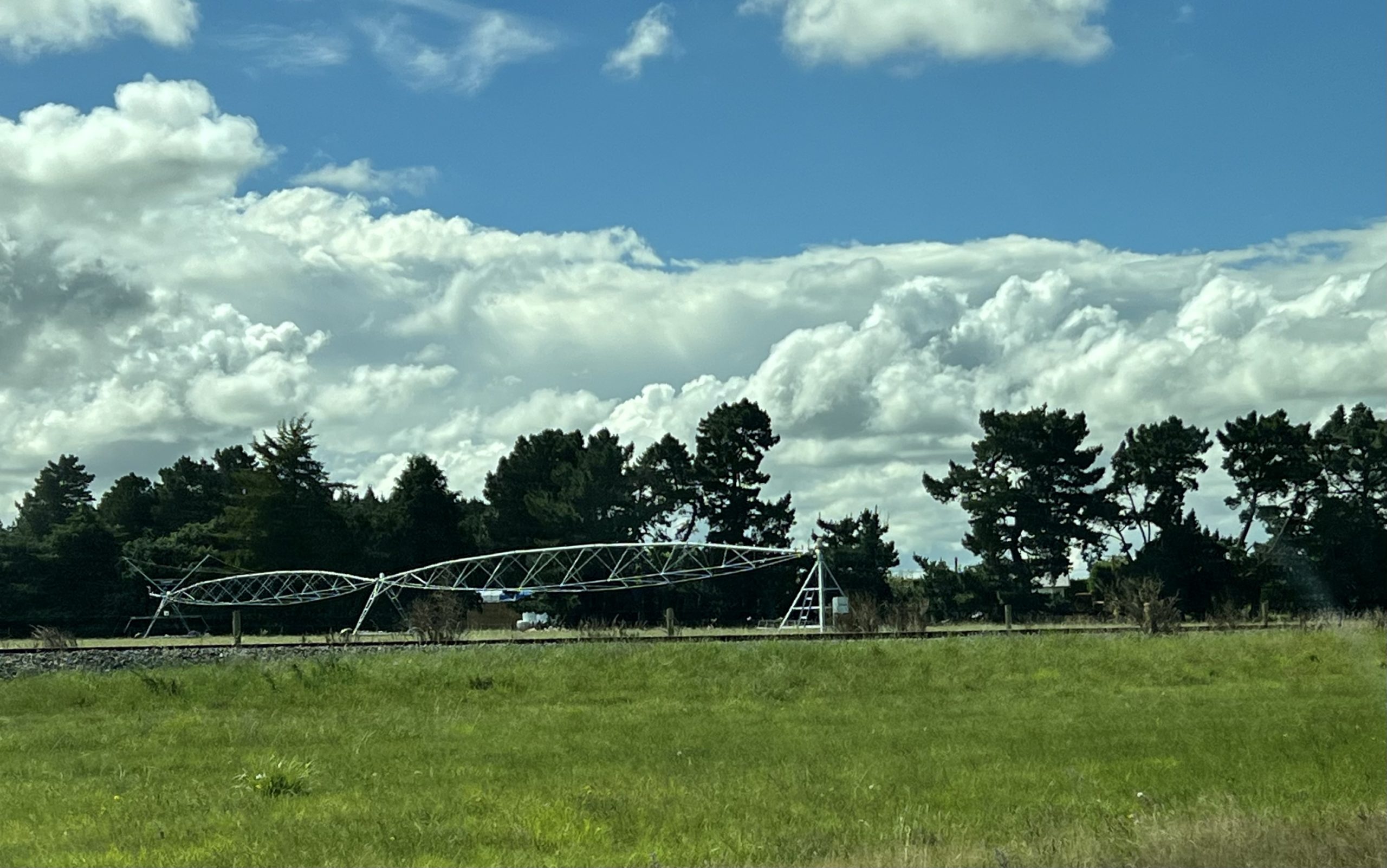
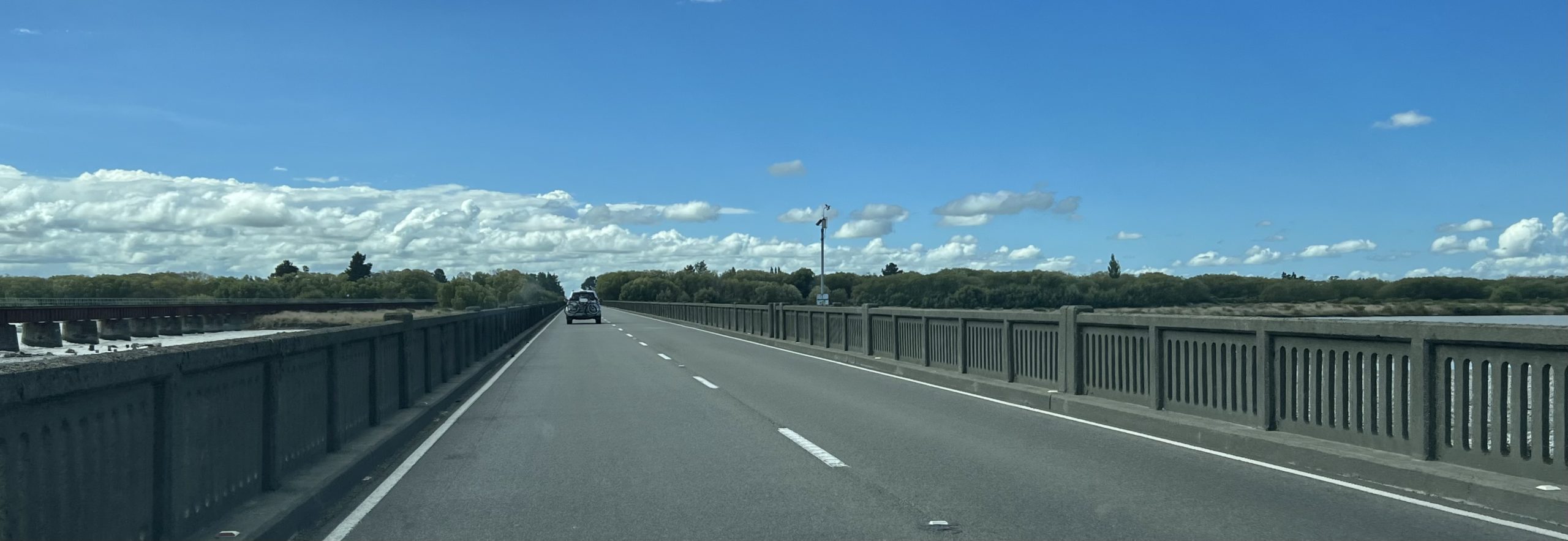
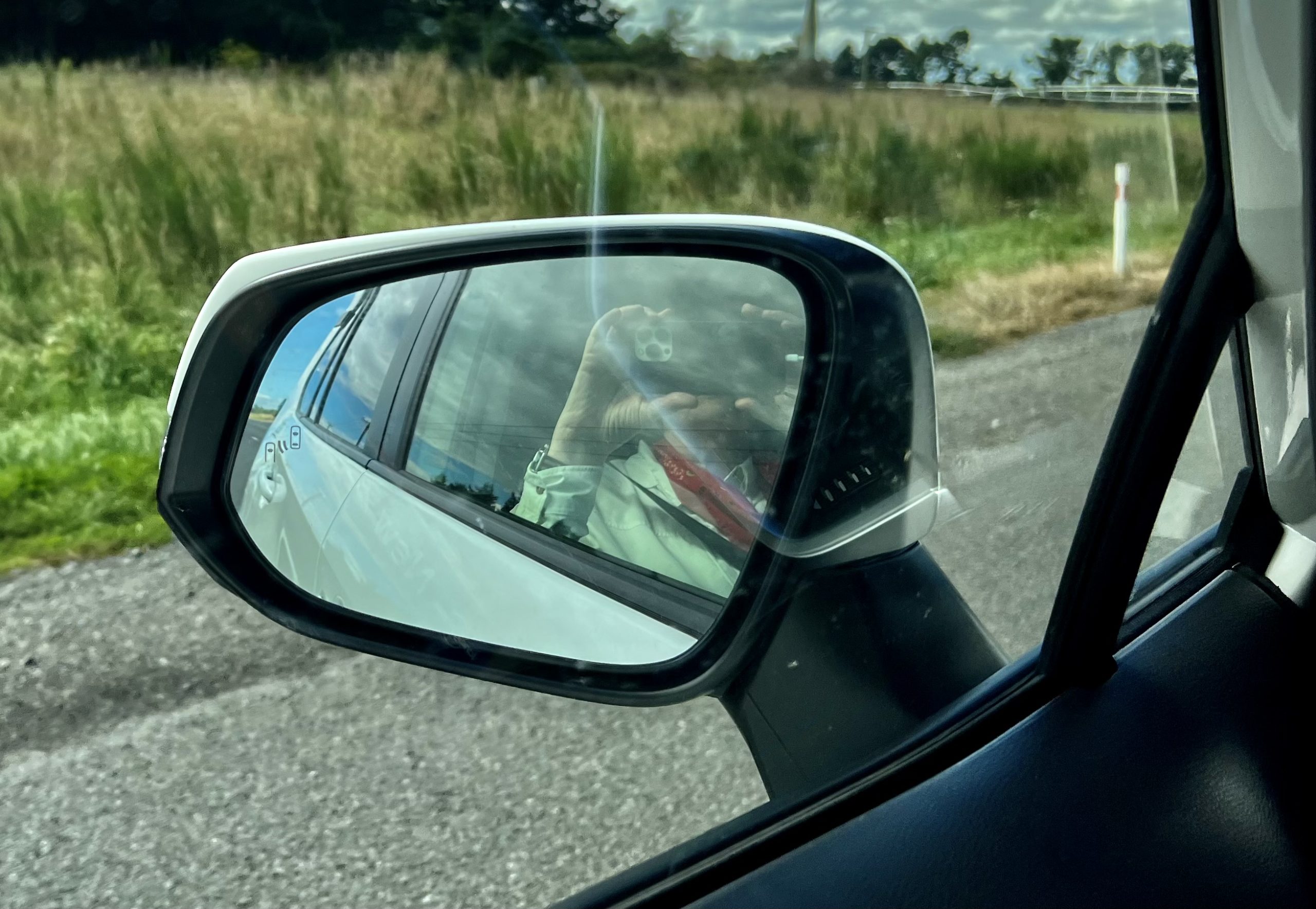
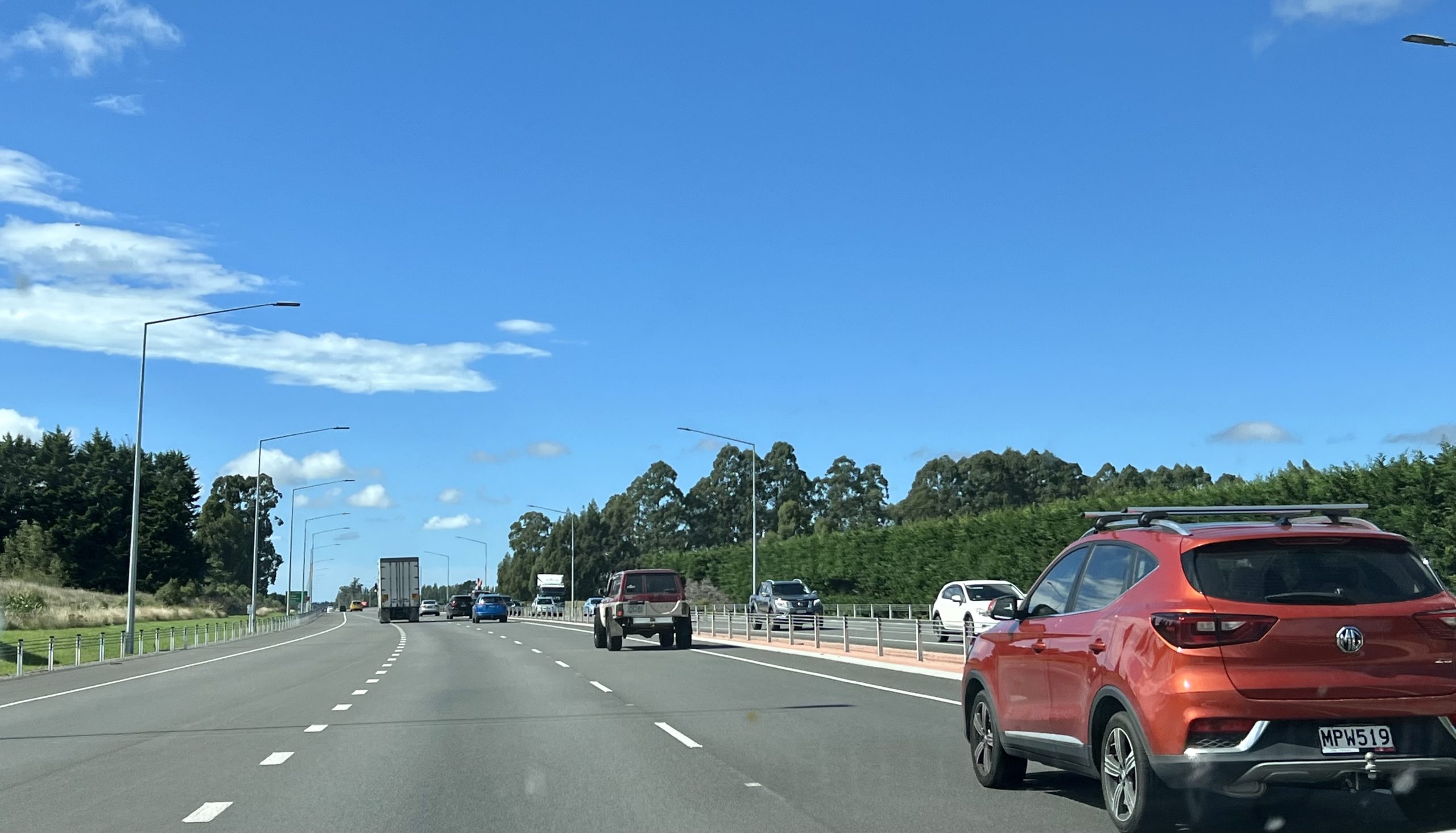
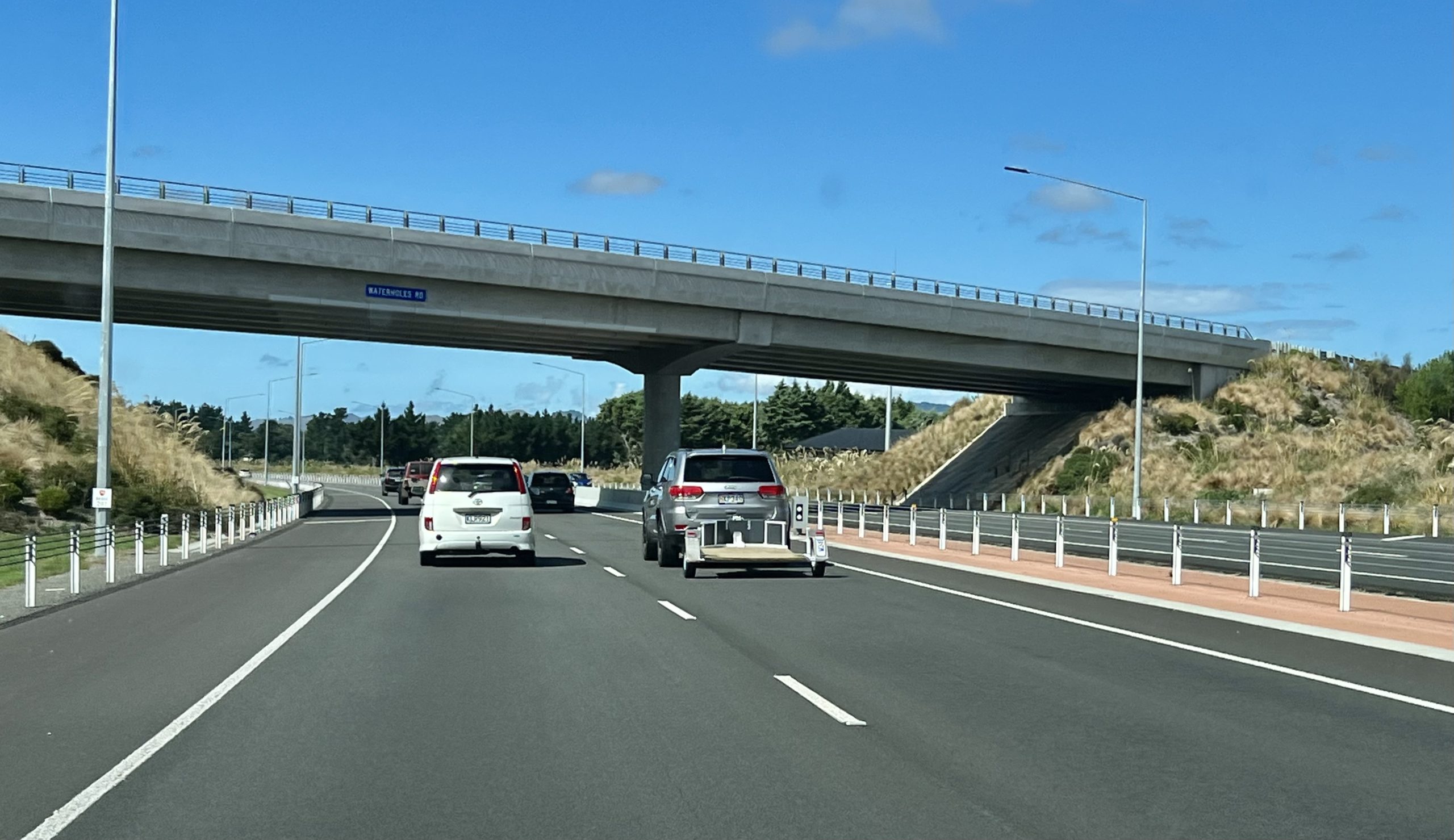
Accommodations
New hotel in the heart of the city. Had to park in a structure nearby but very convenient. No balcony to dry out the fishing gear, but we made do.
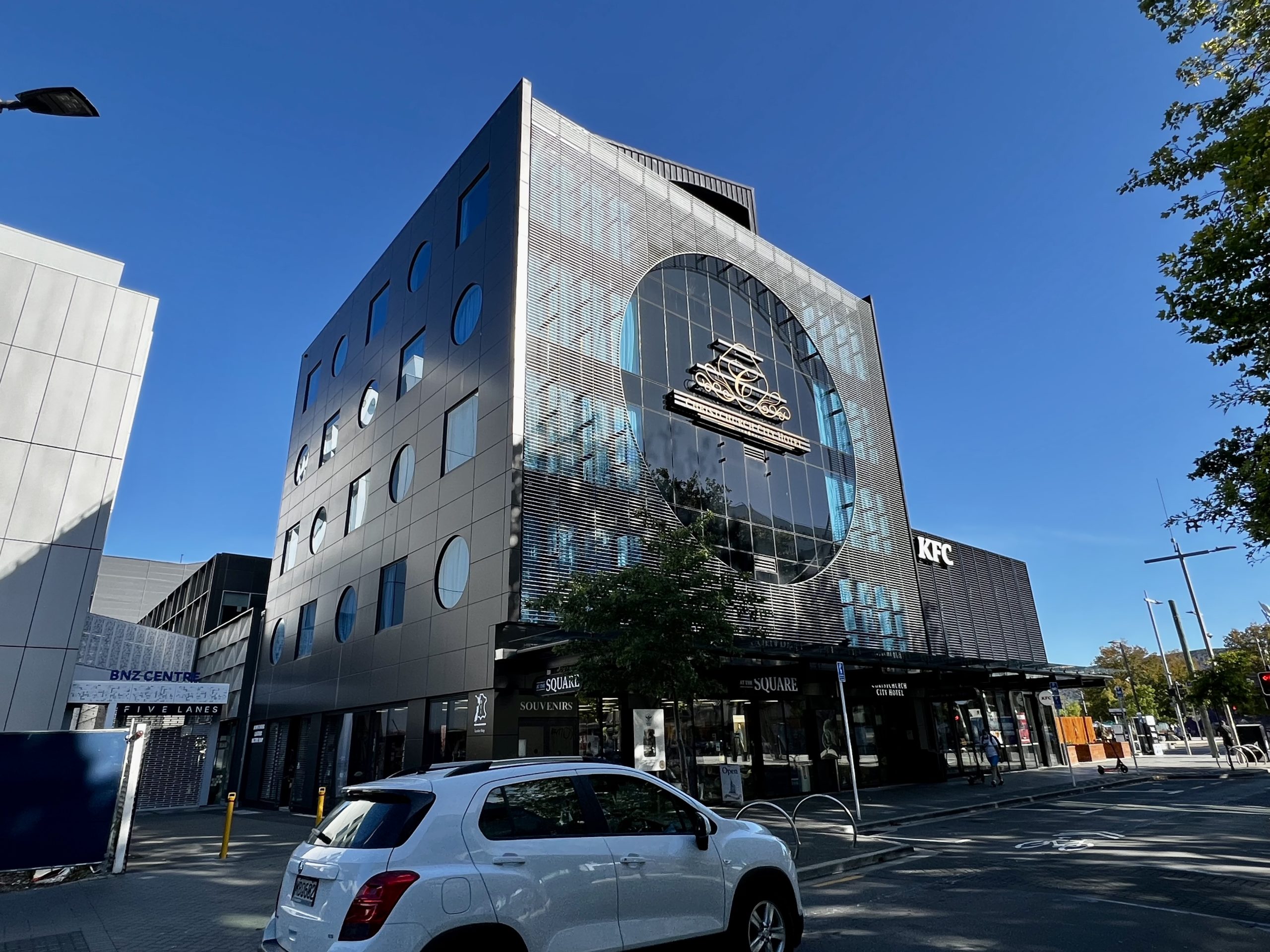
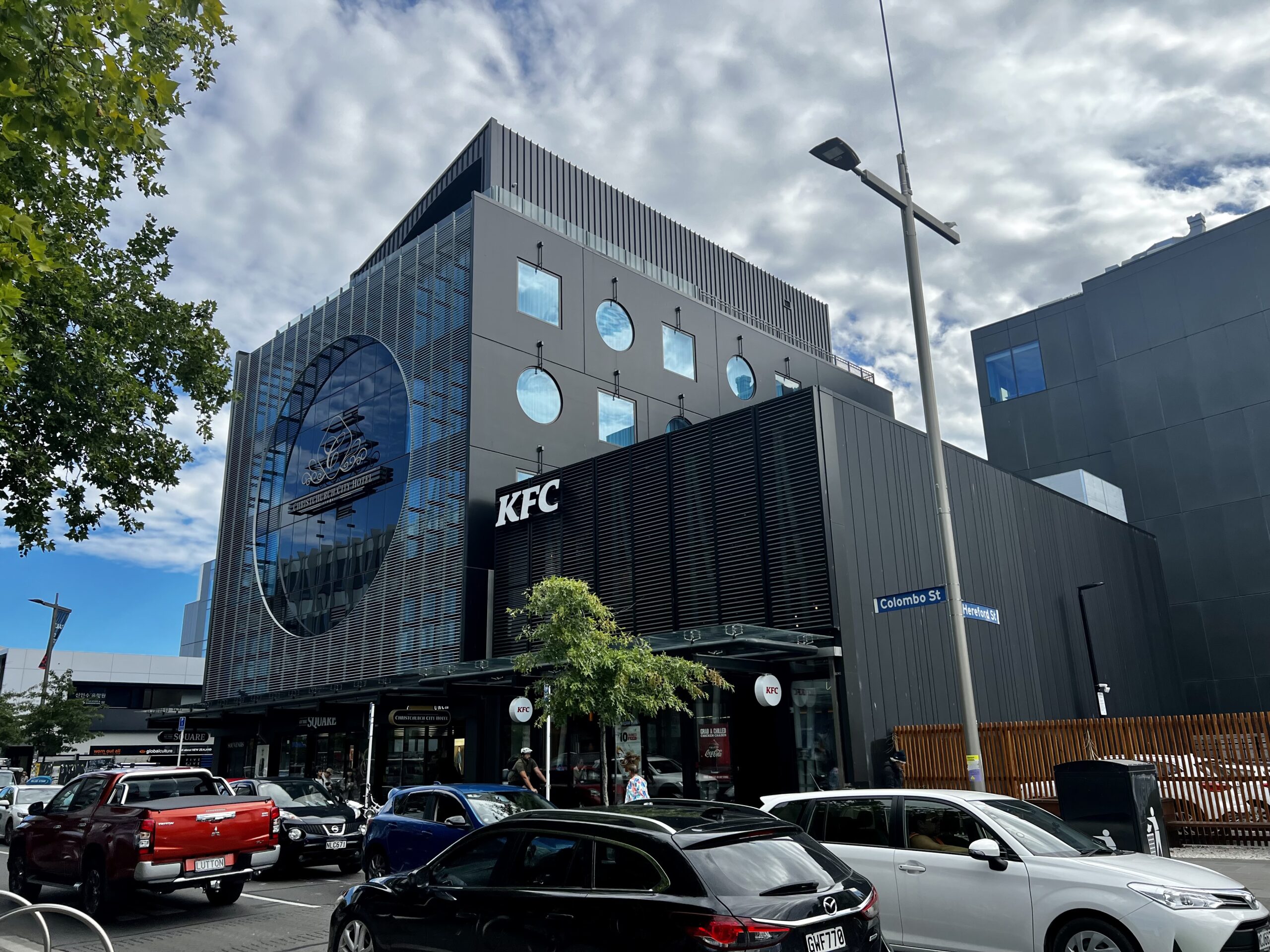
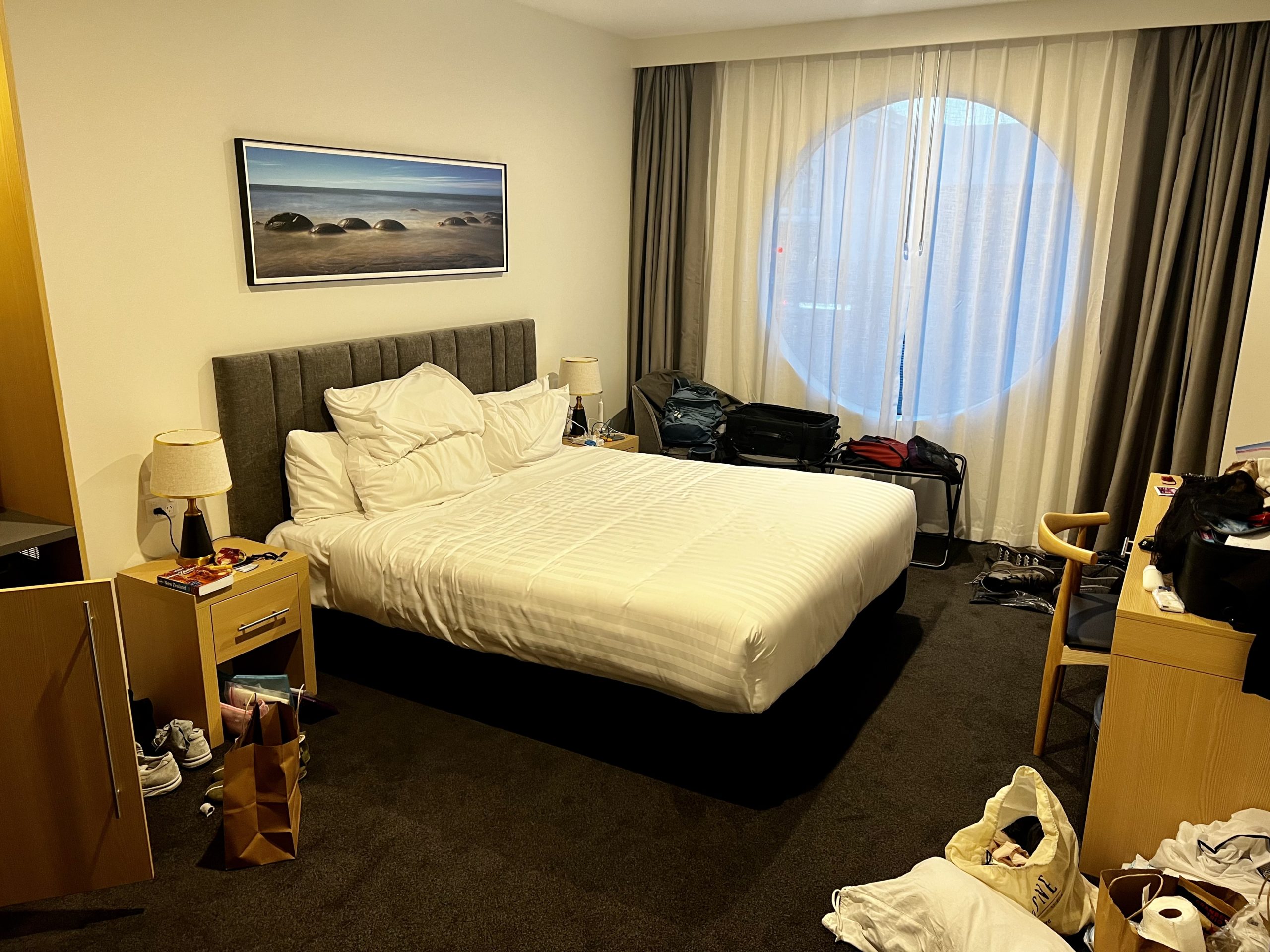
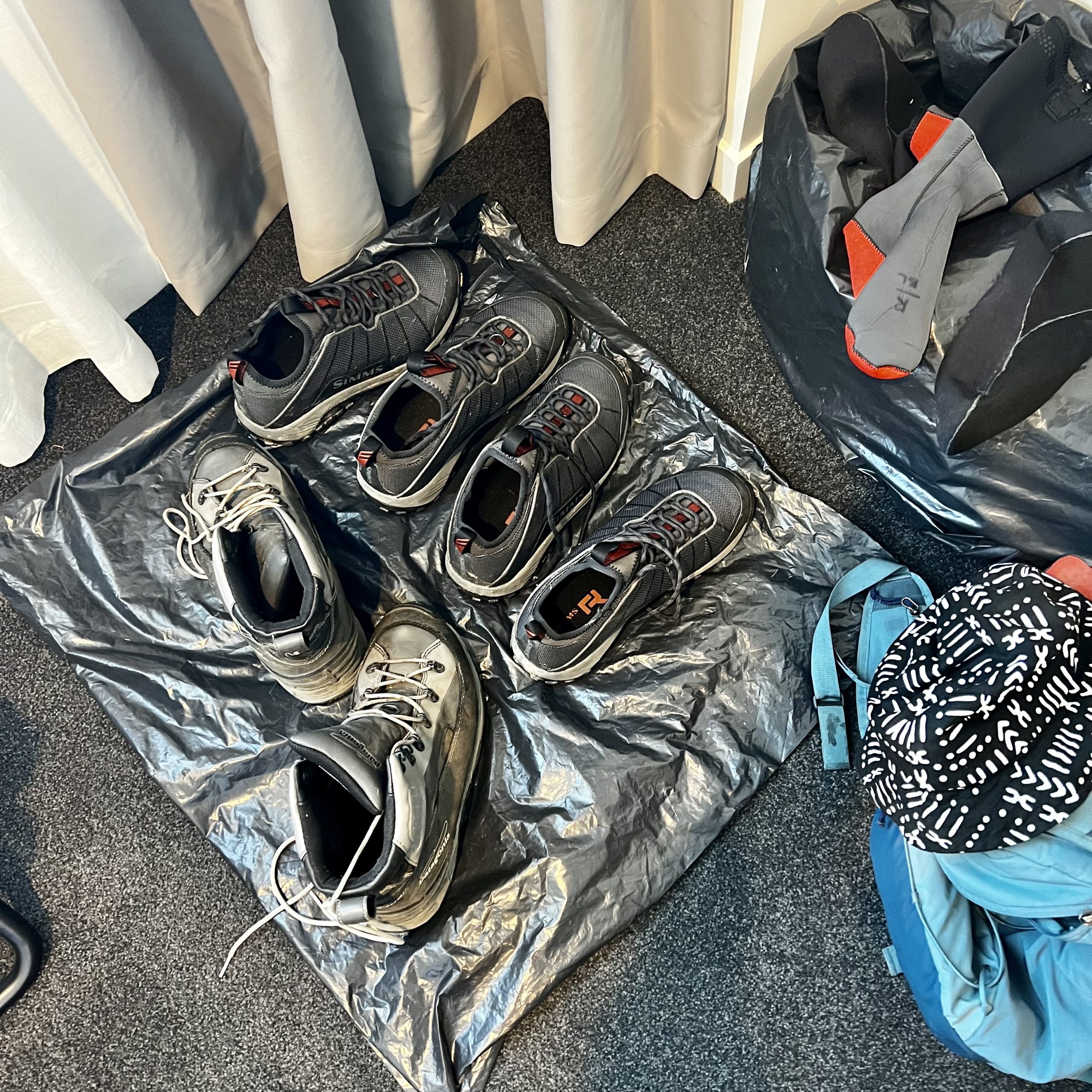
Strolling
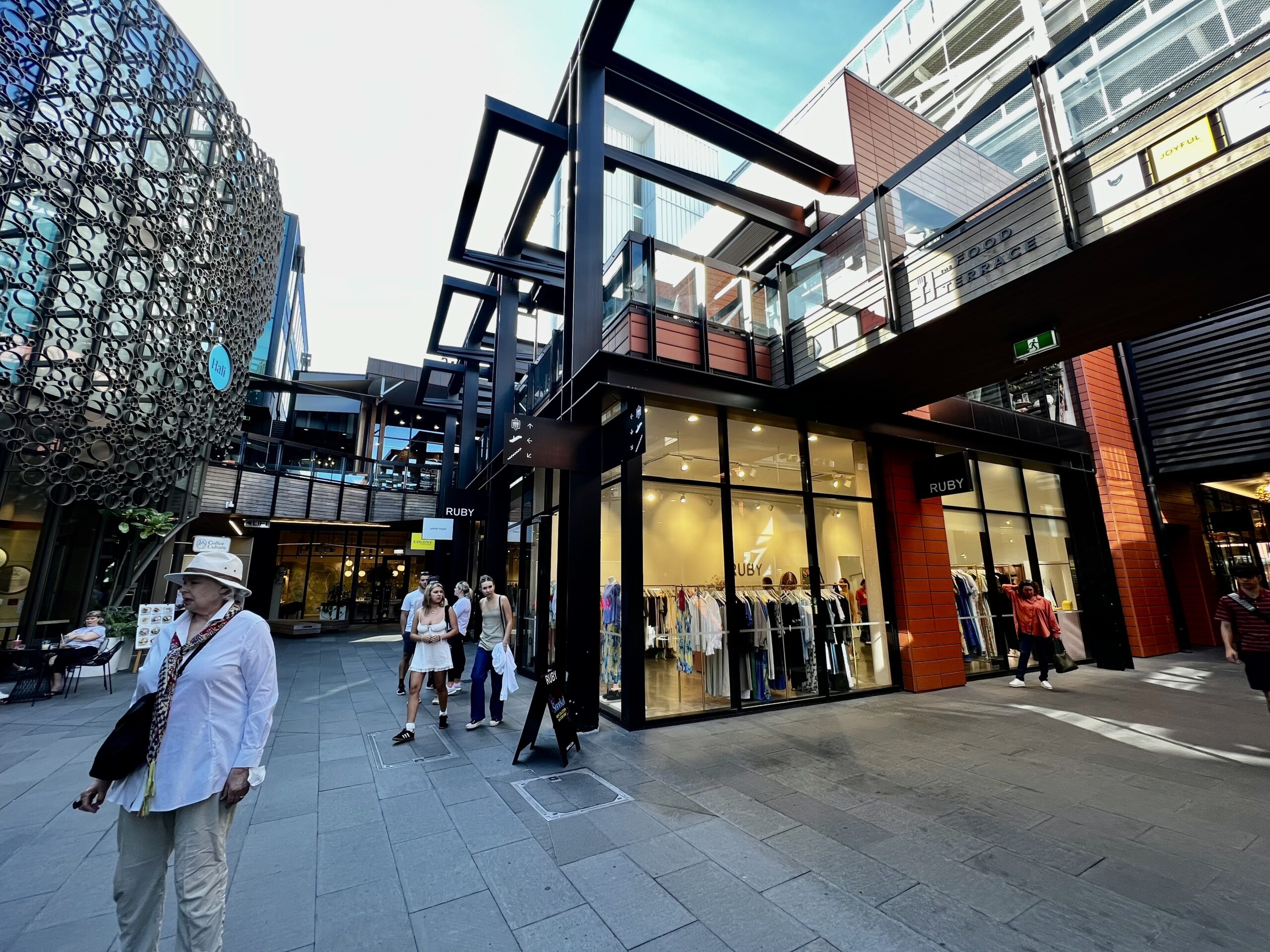
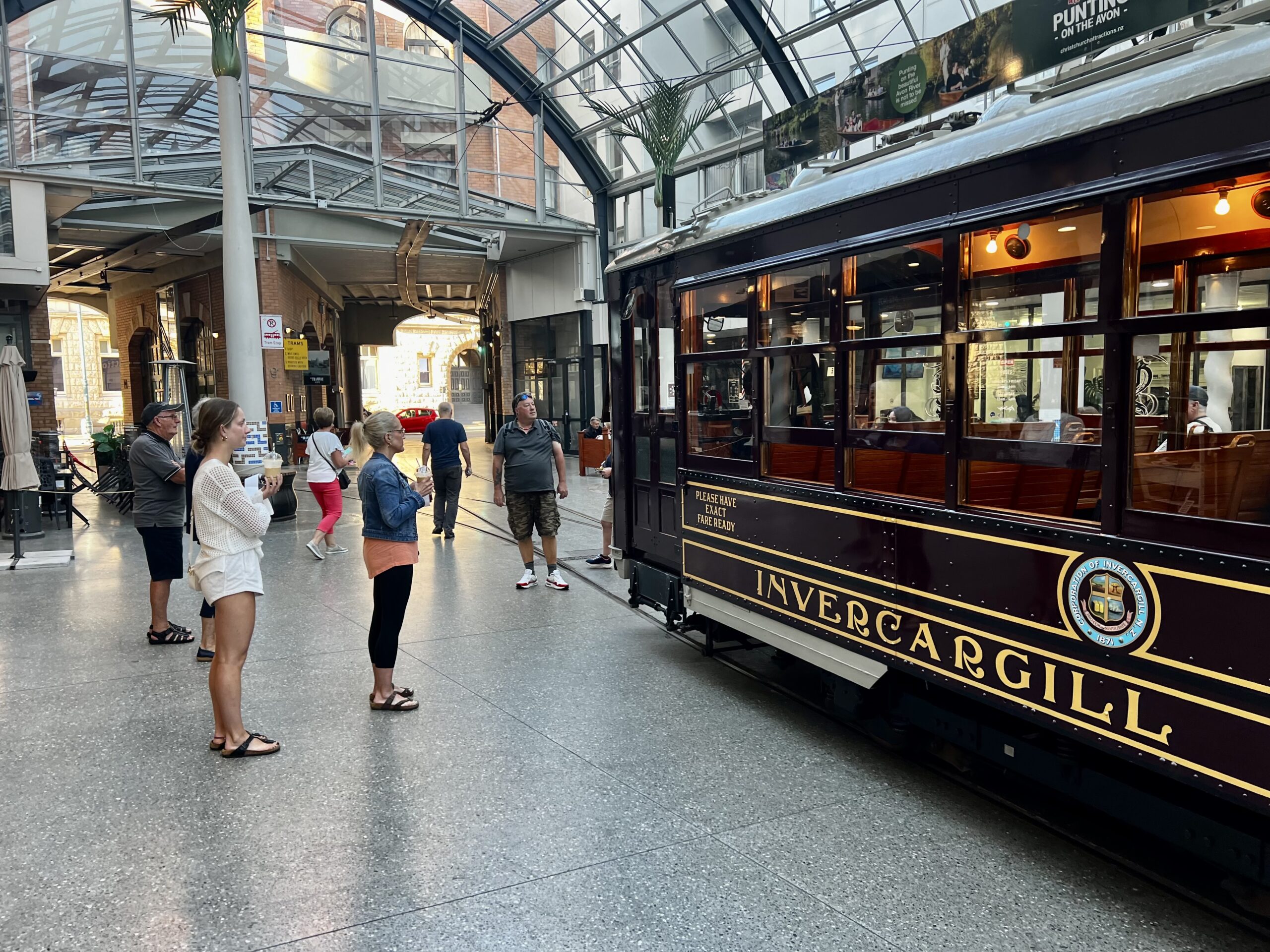
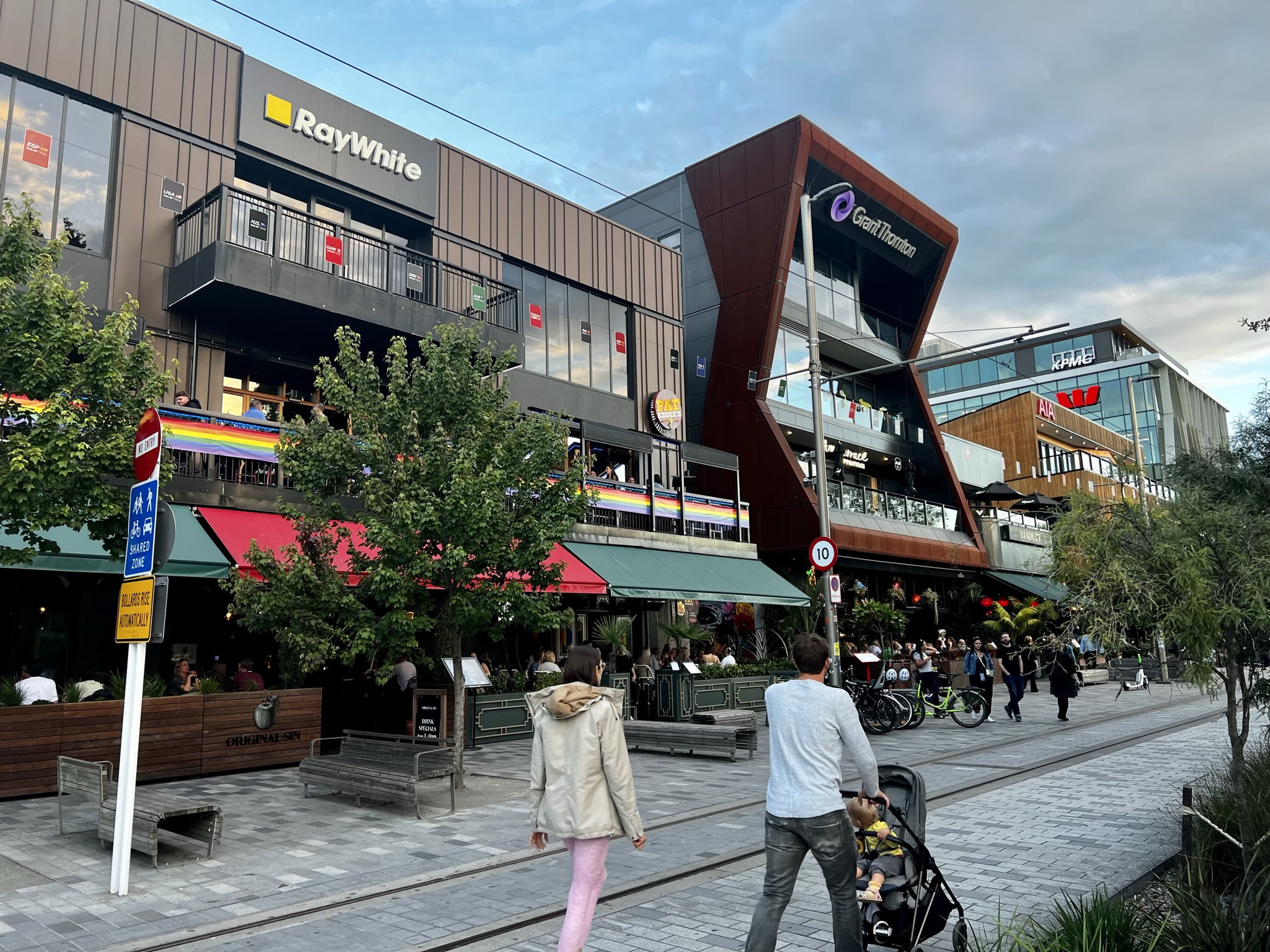
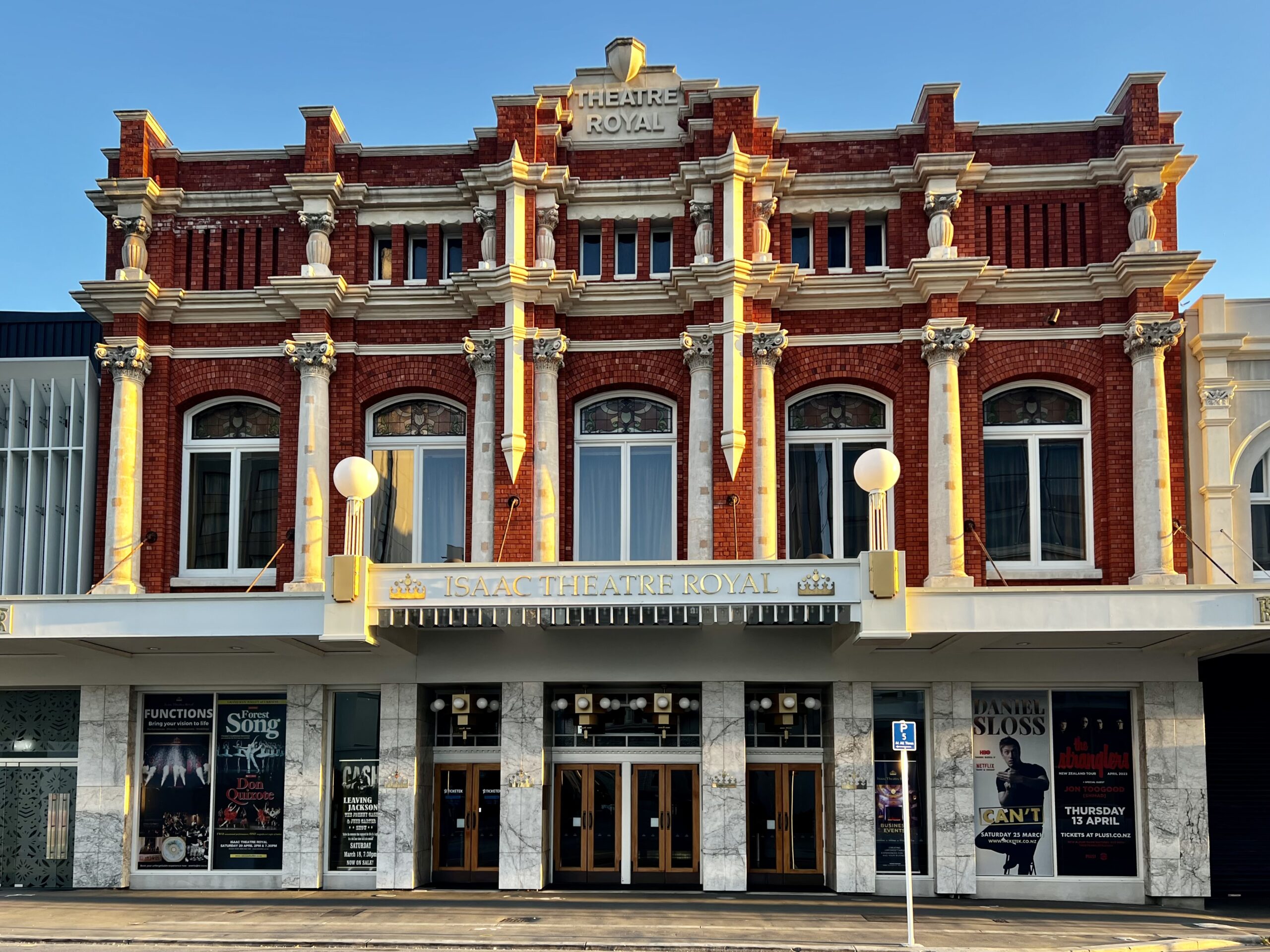
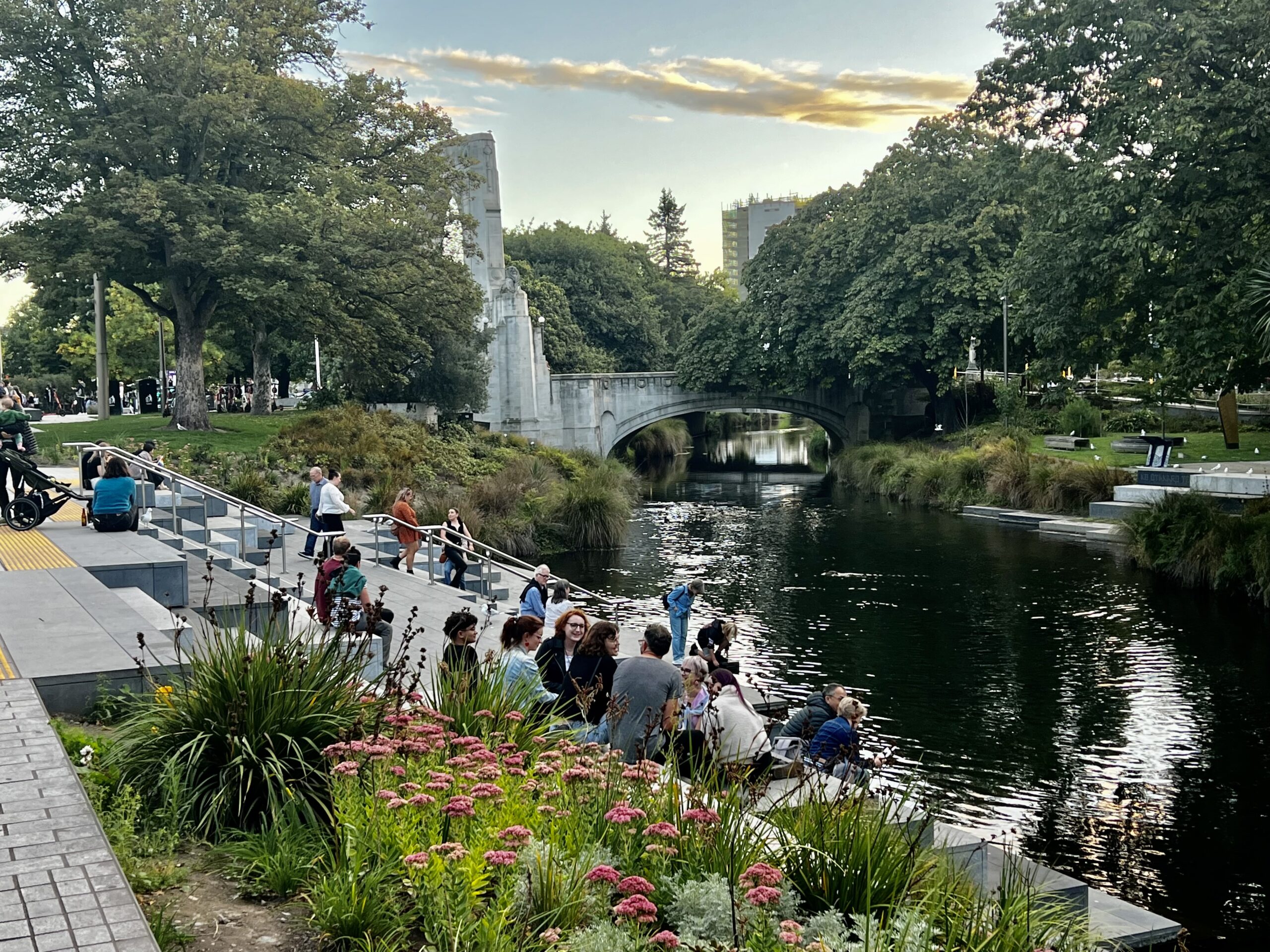

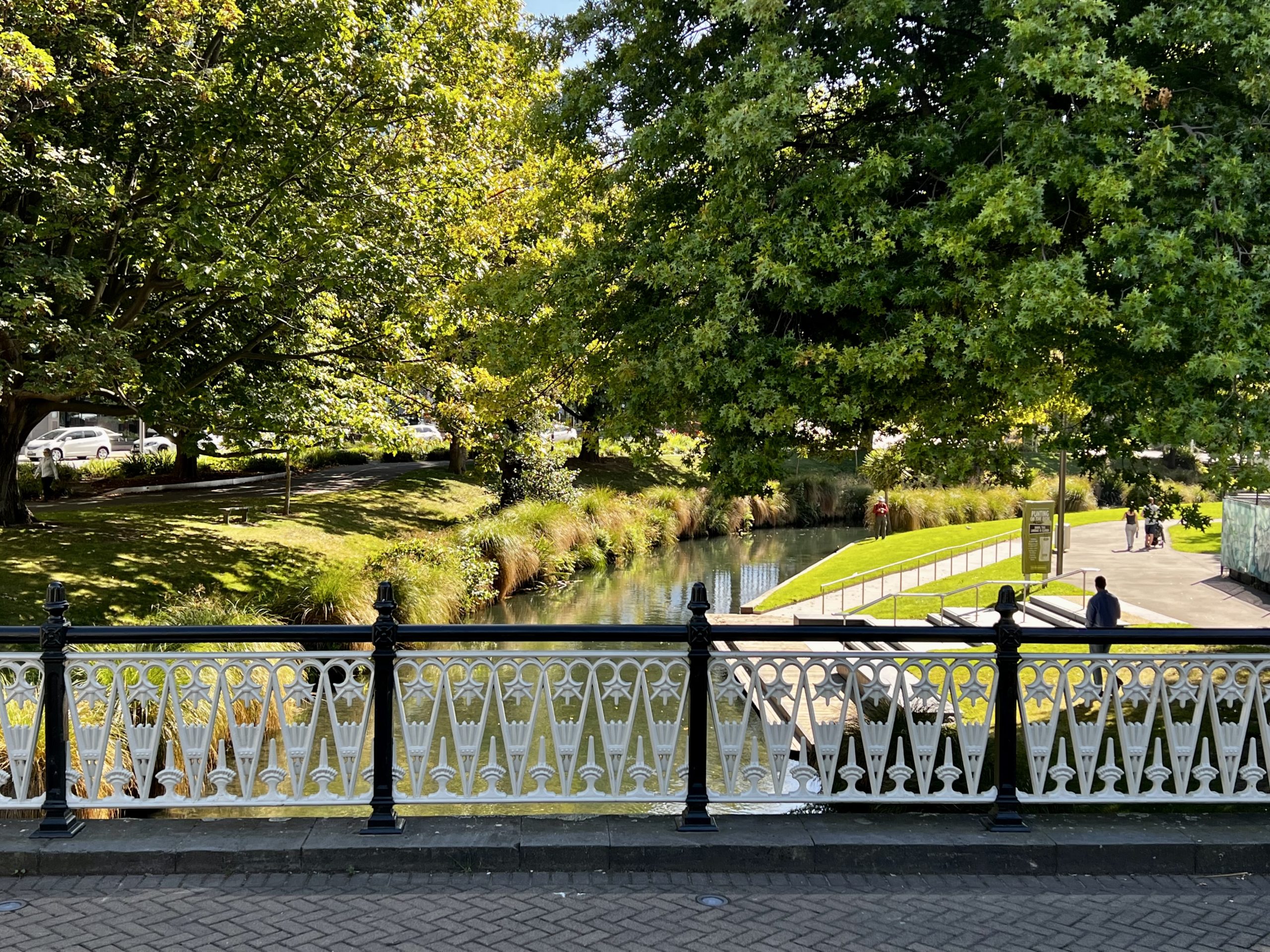
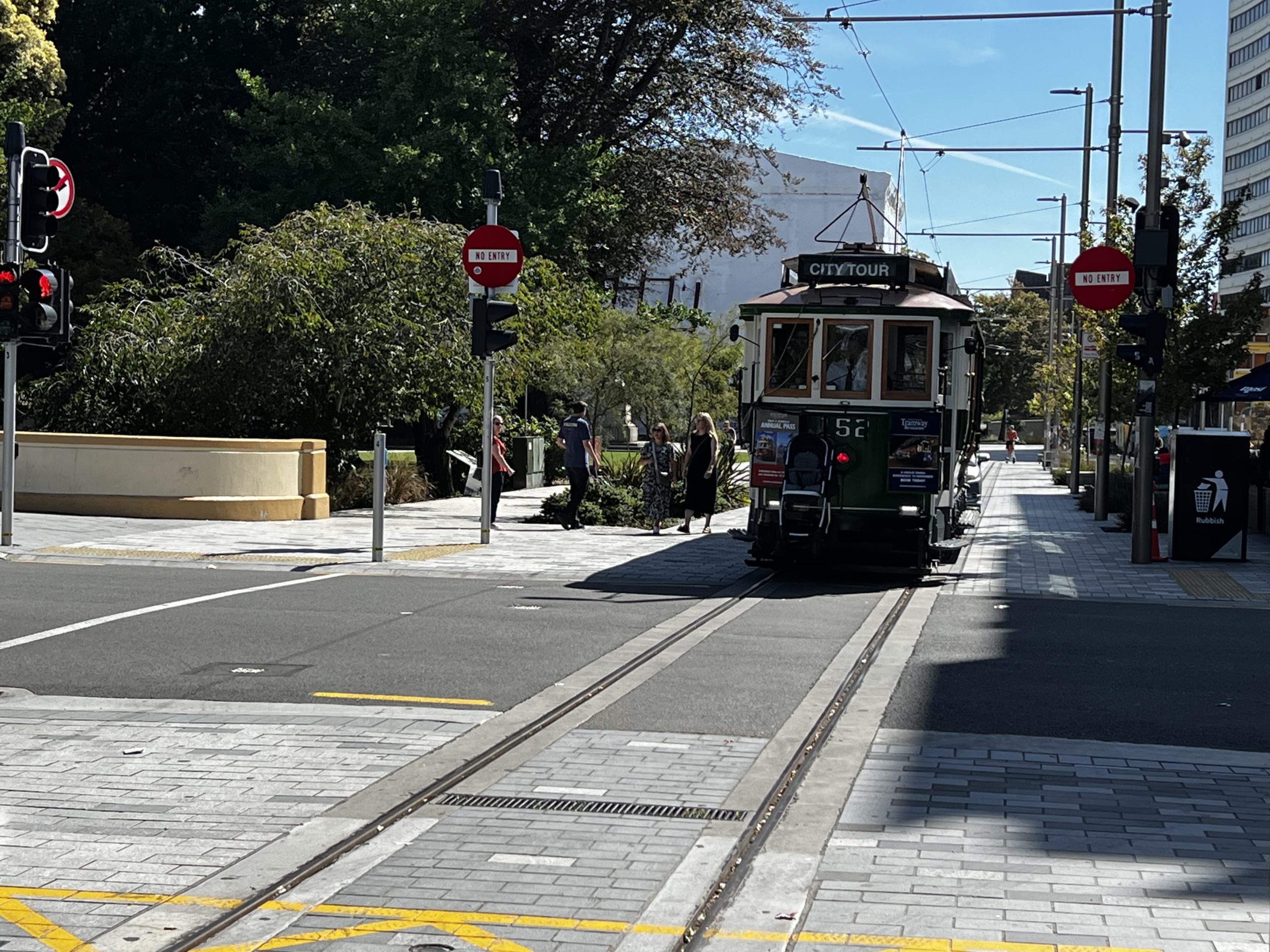
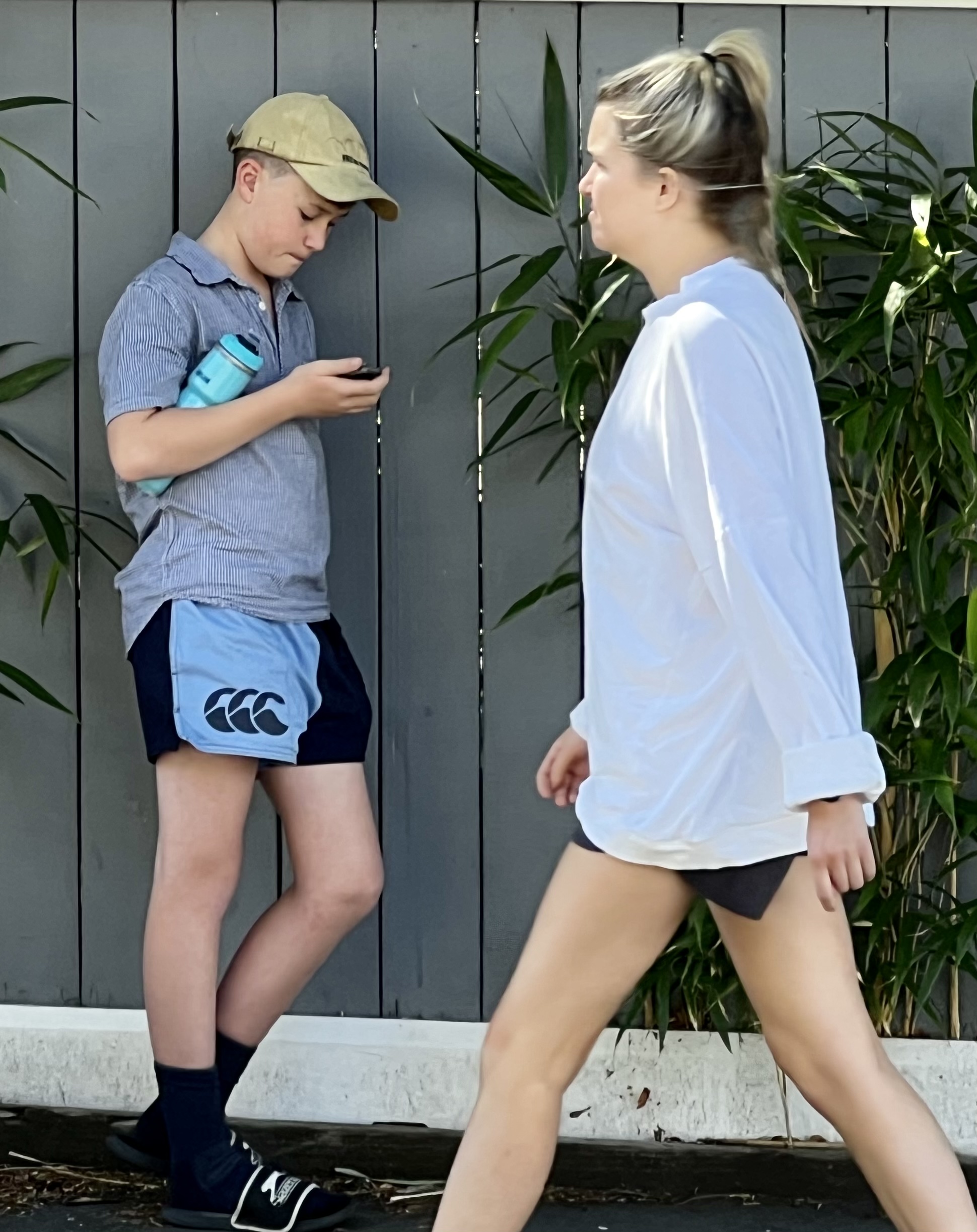
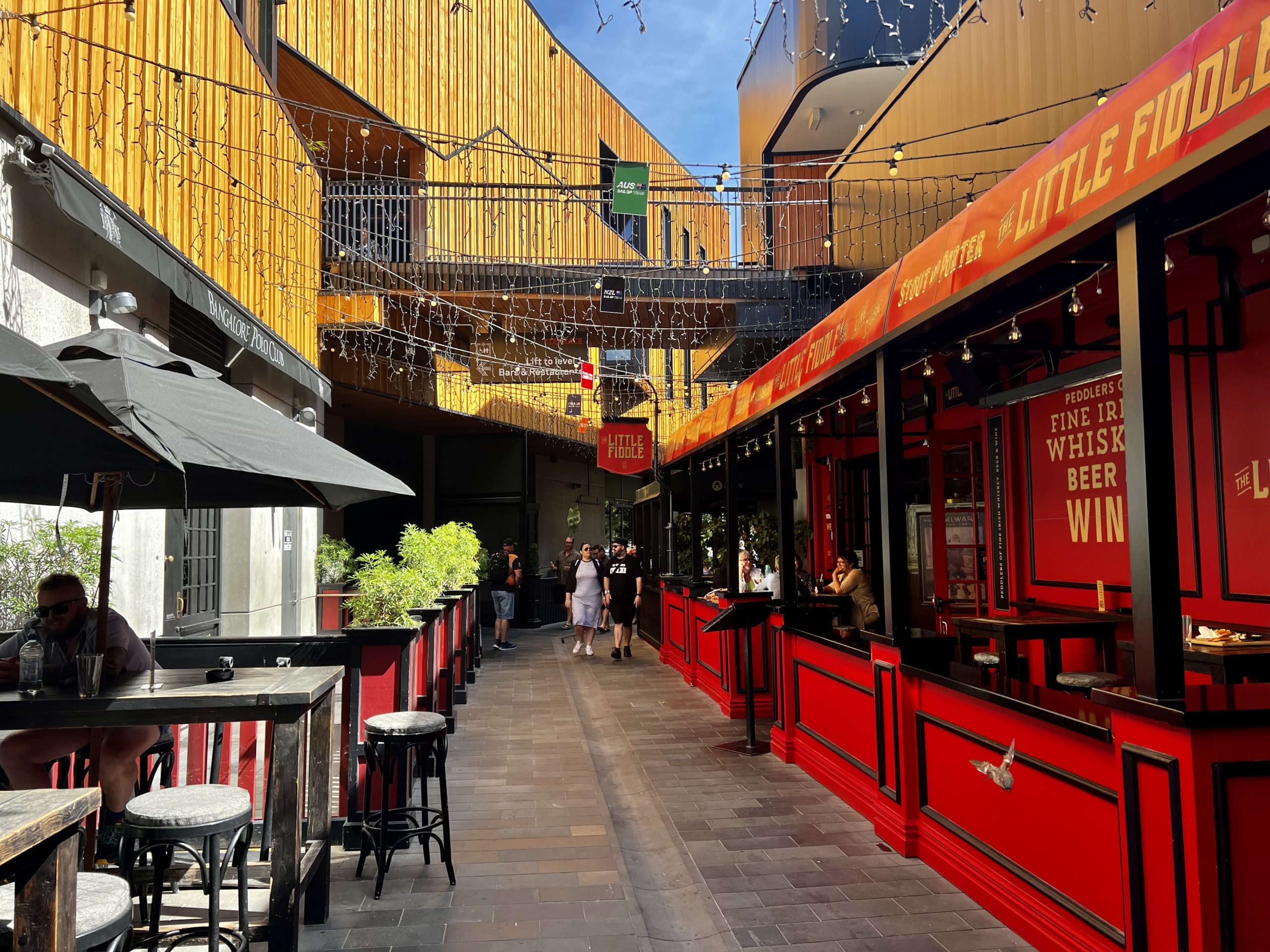
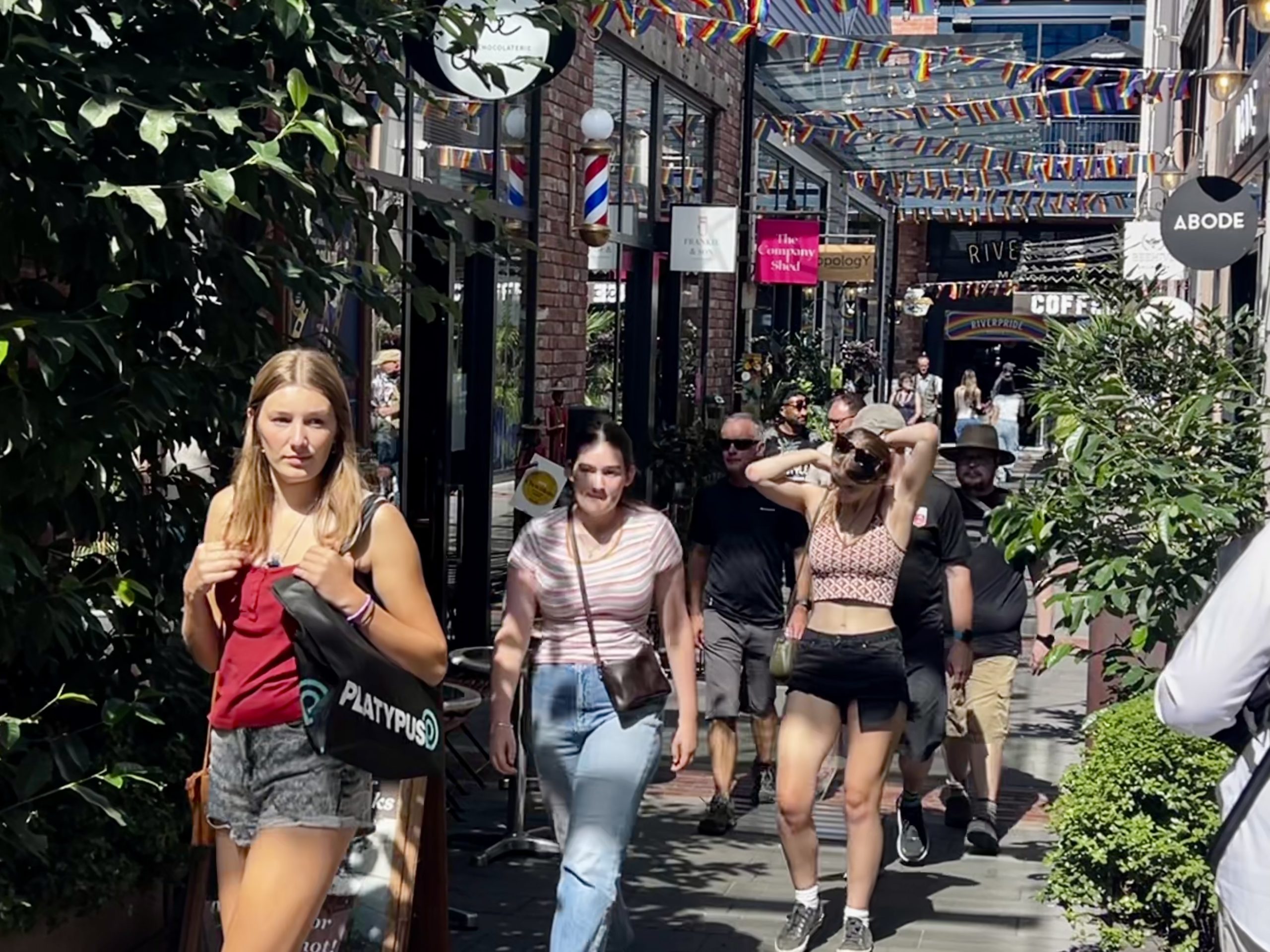
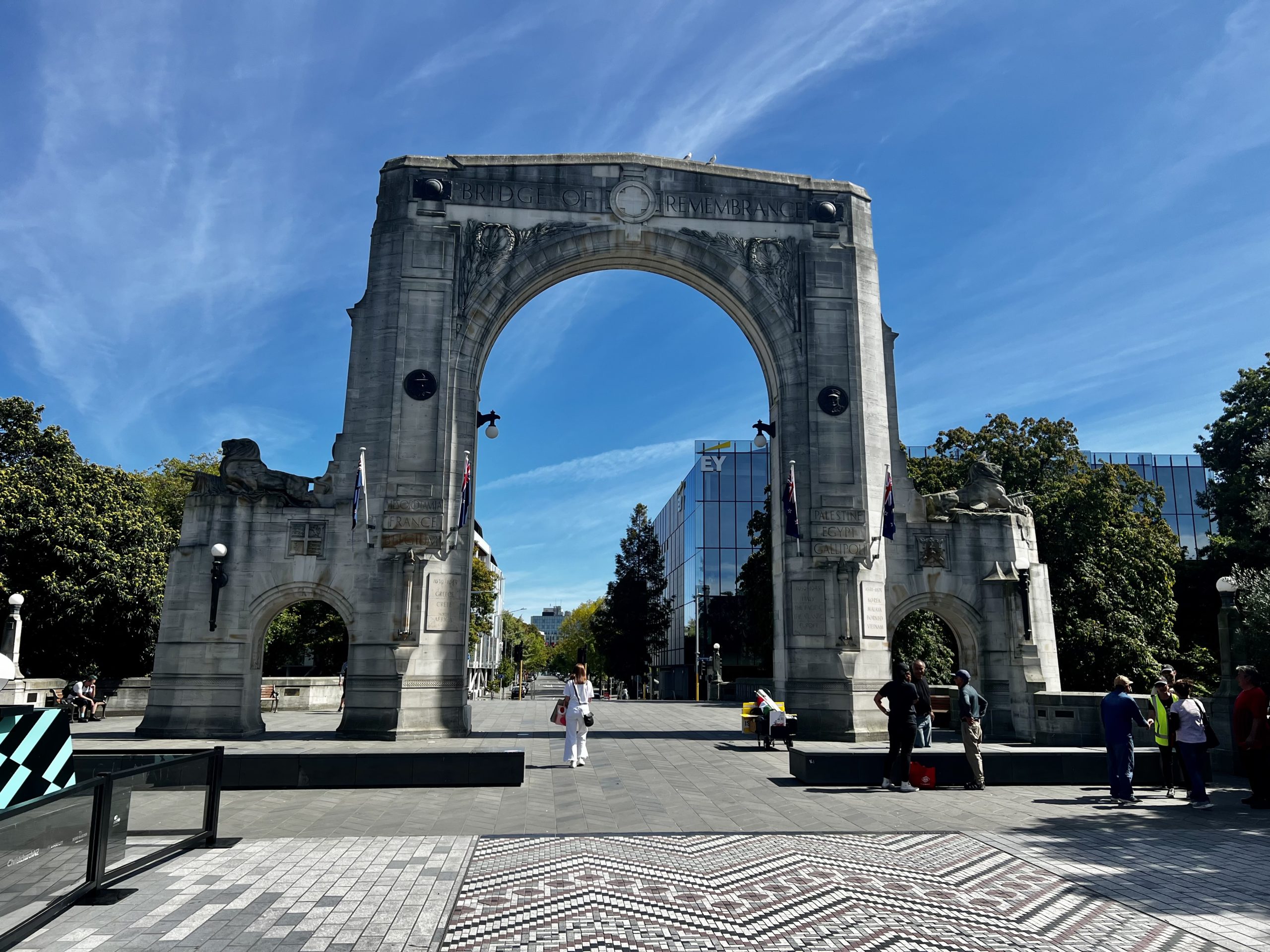
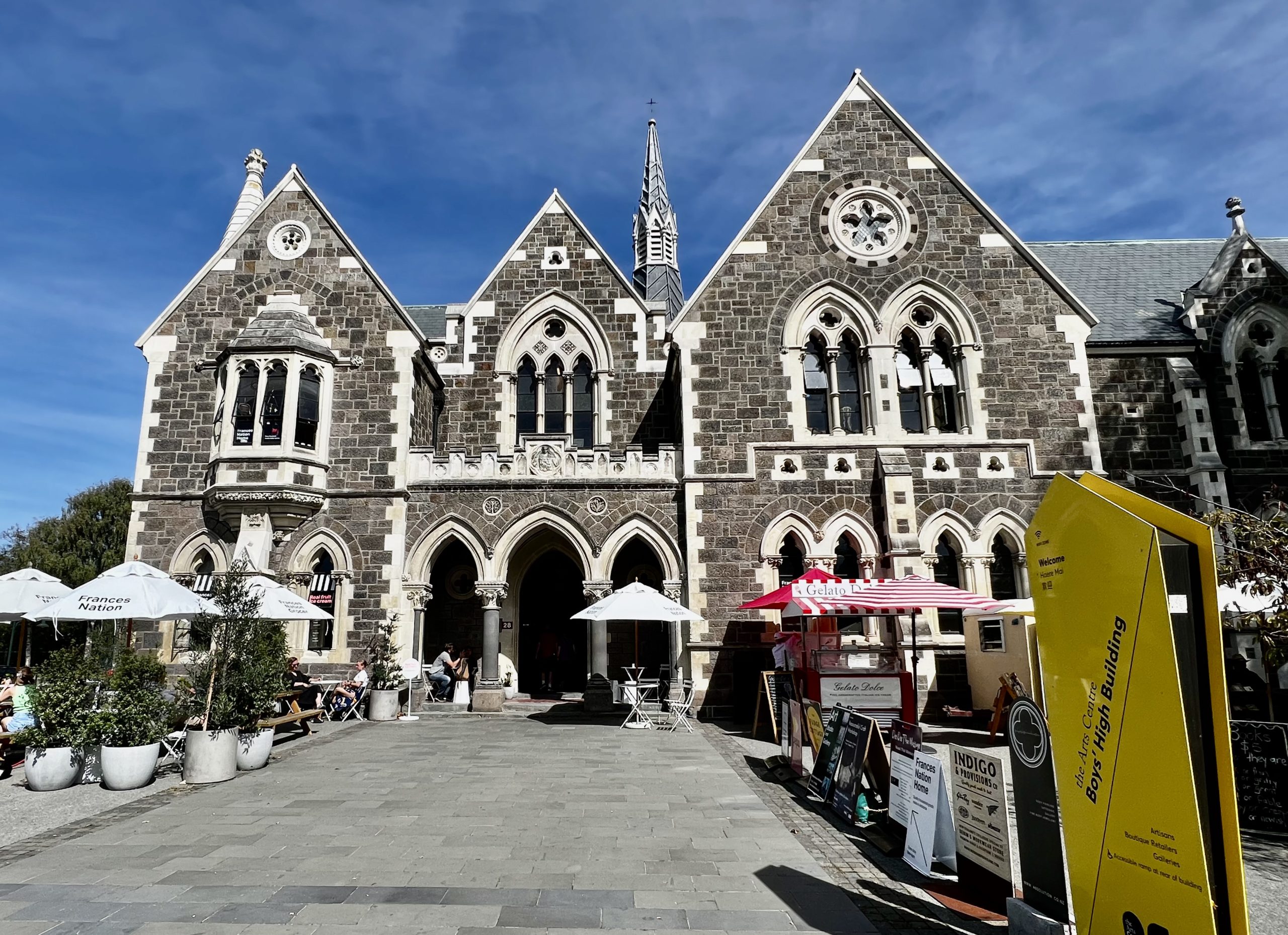
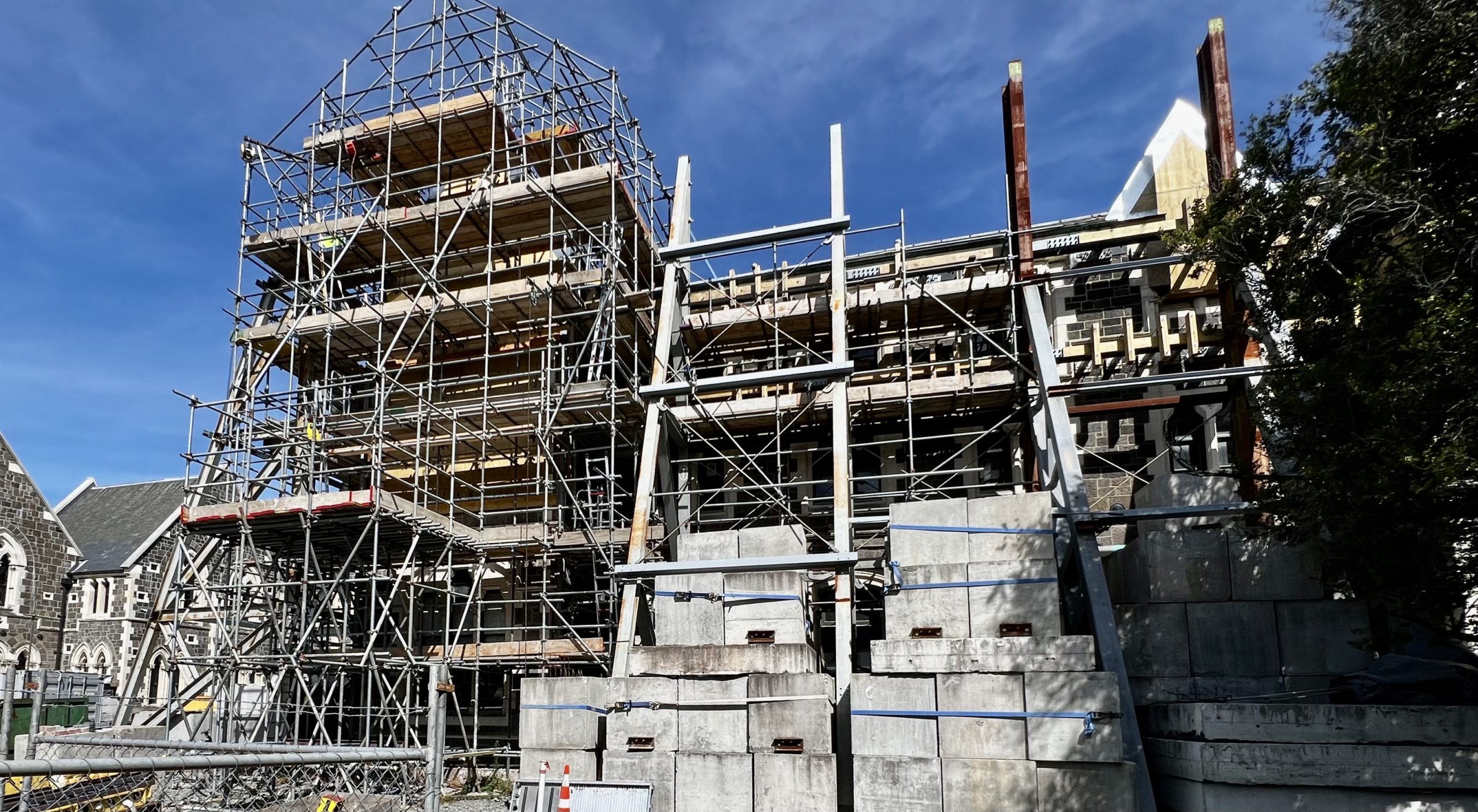
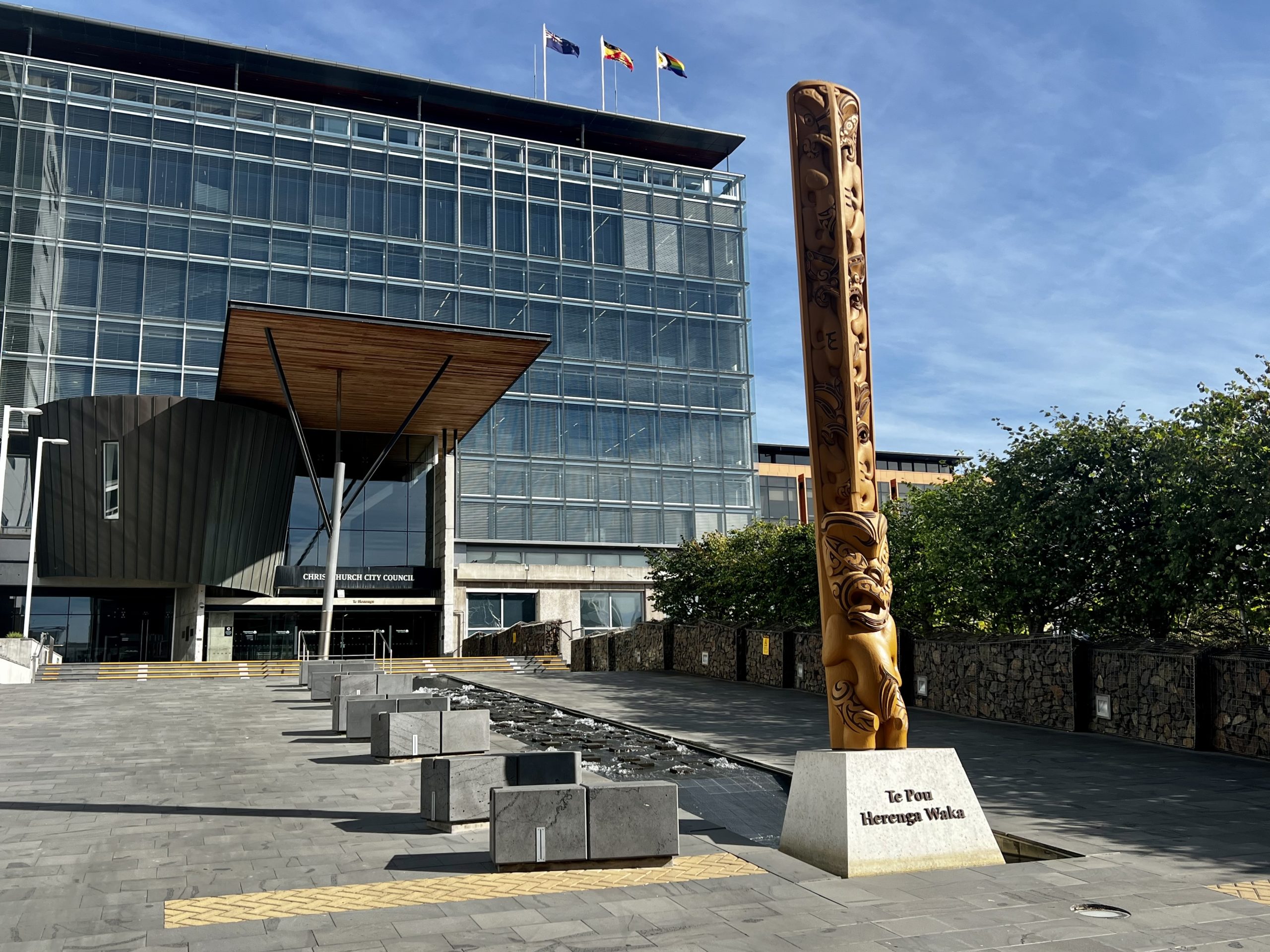
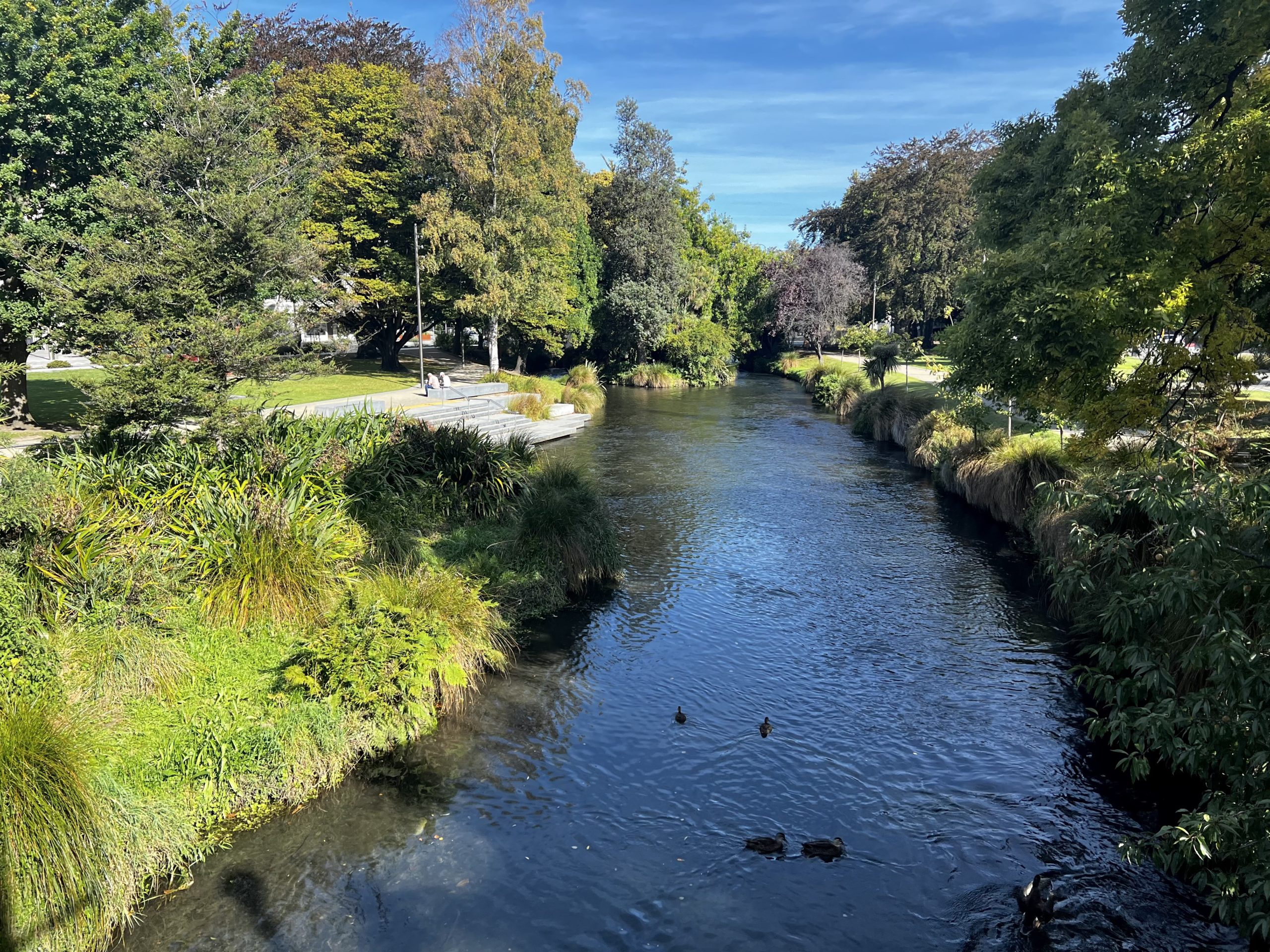
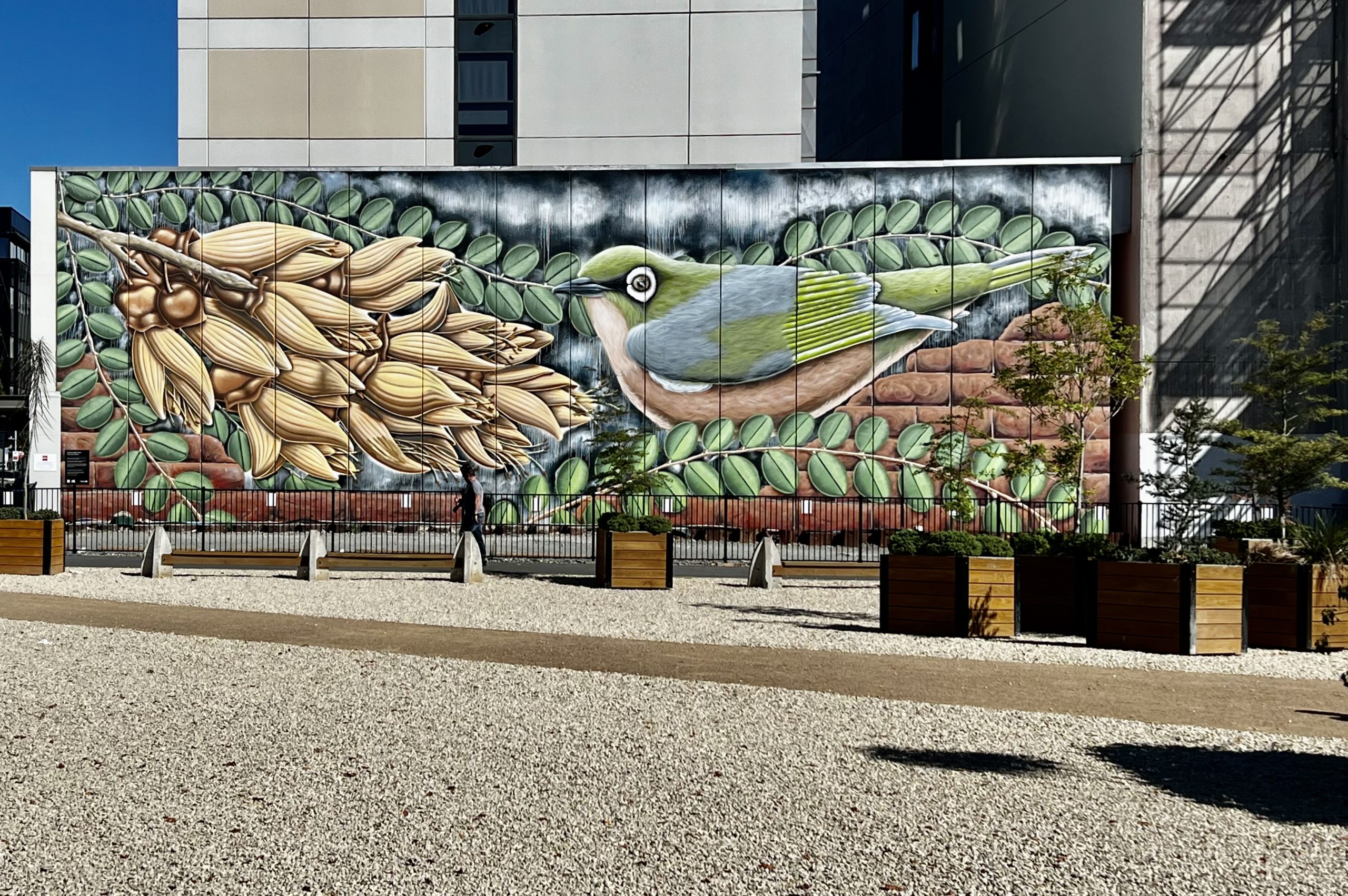
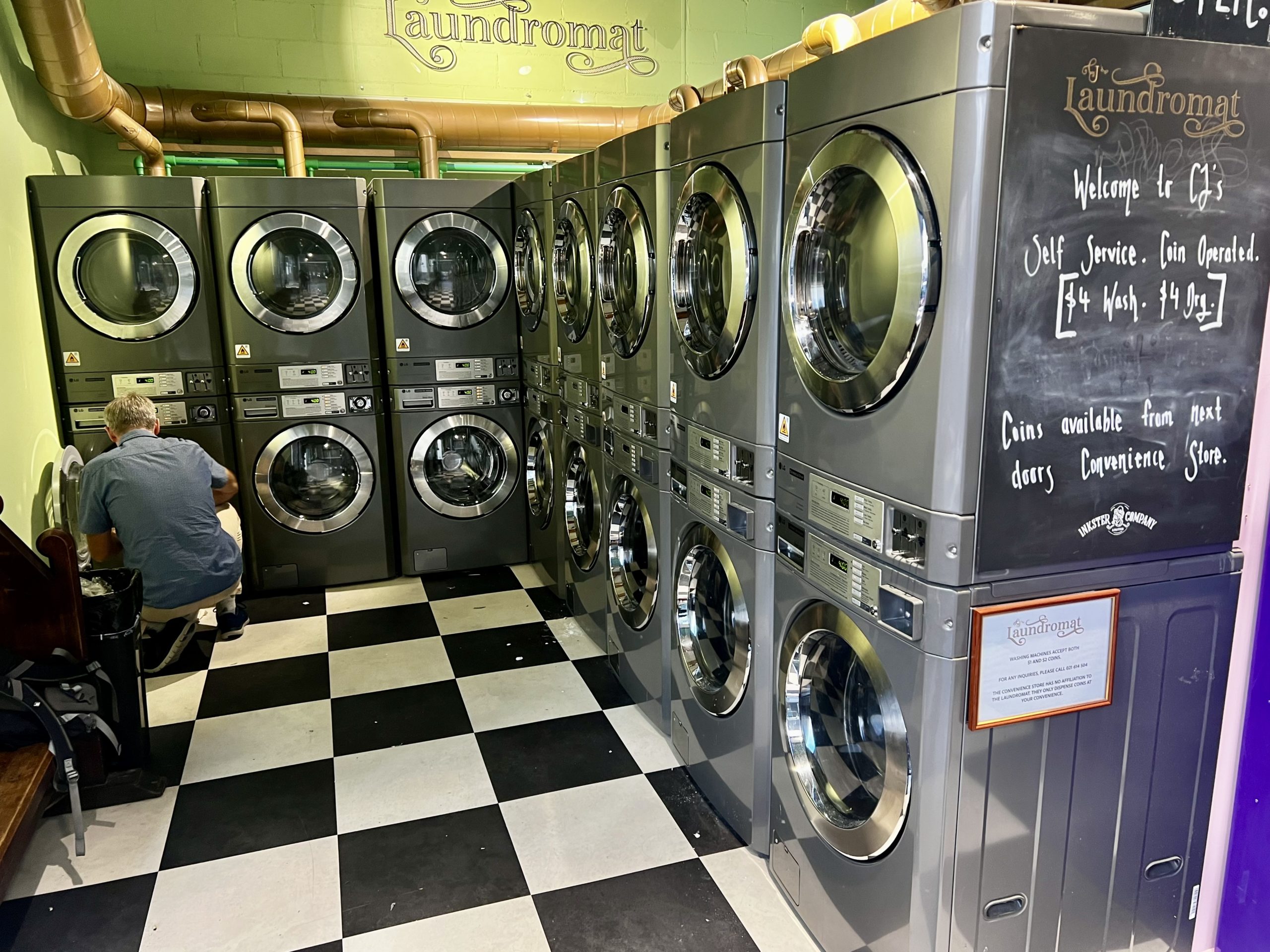
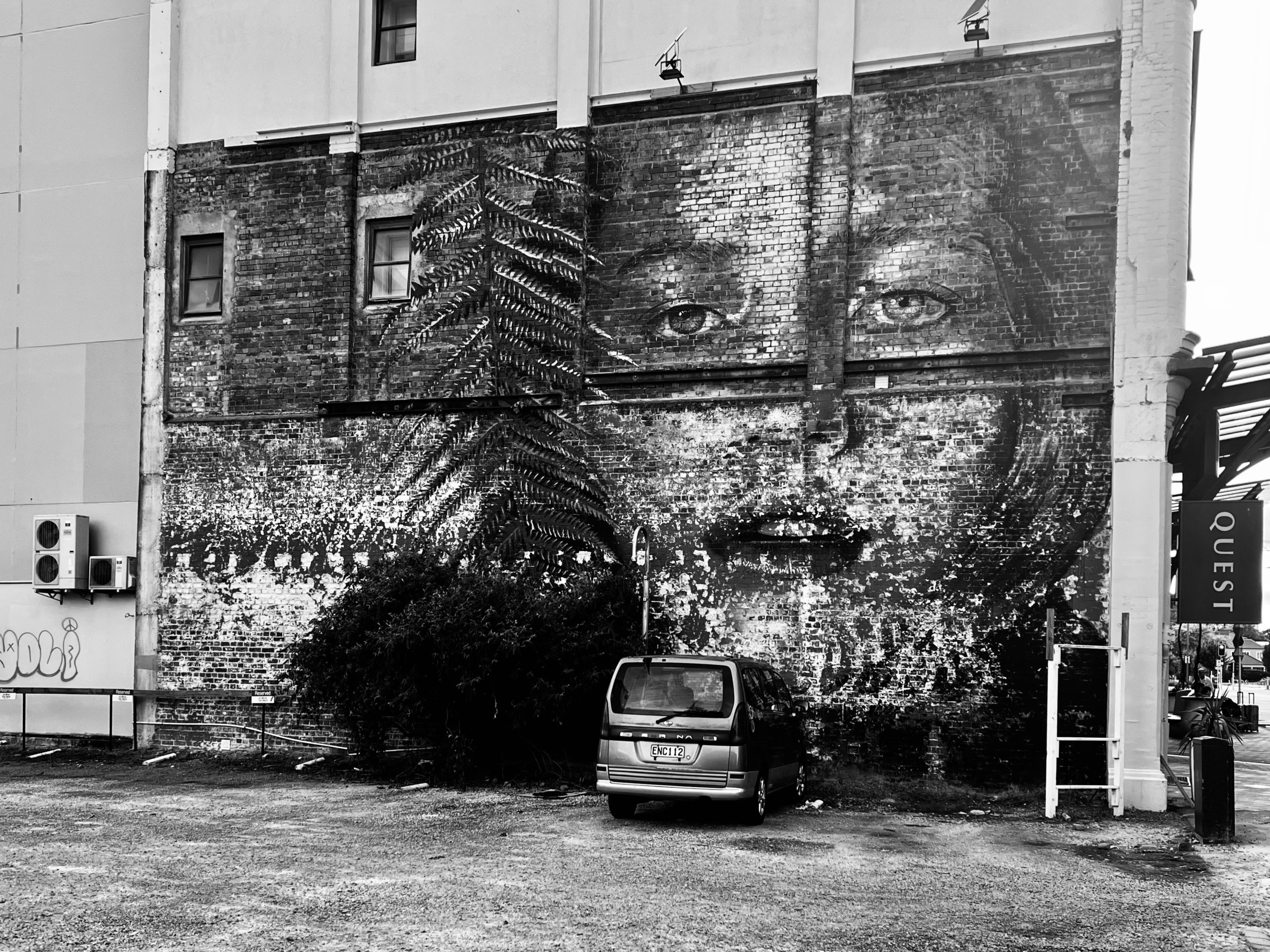
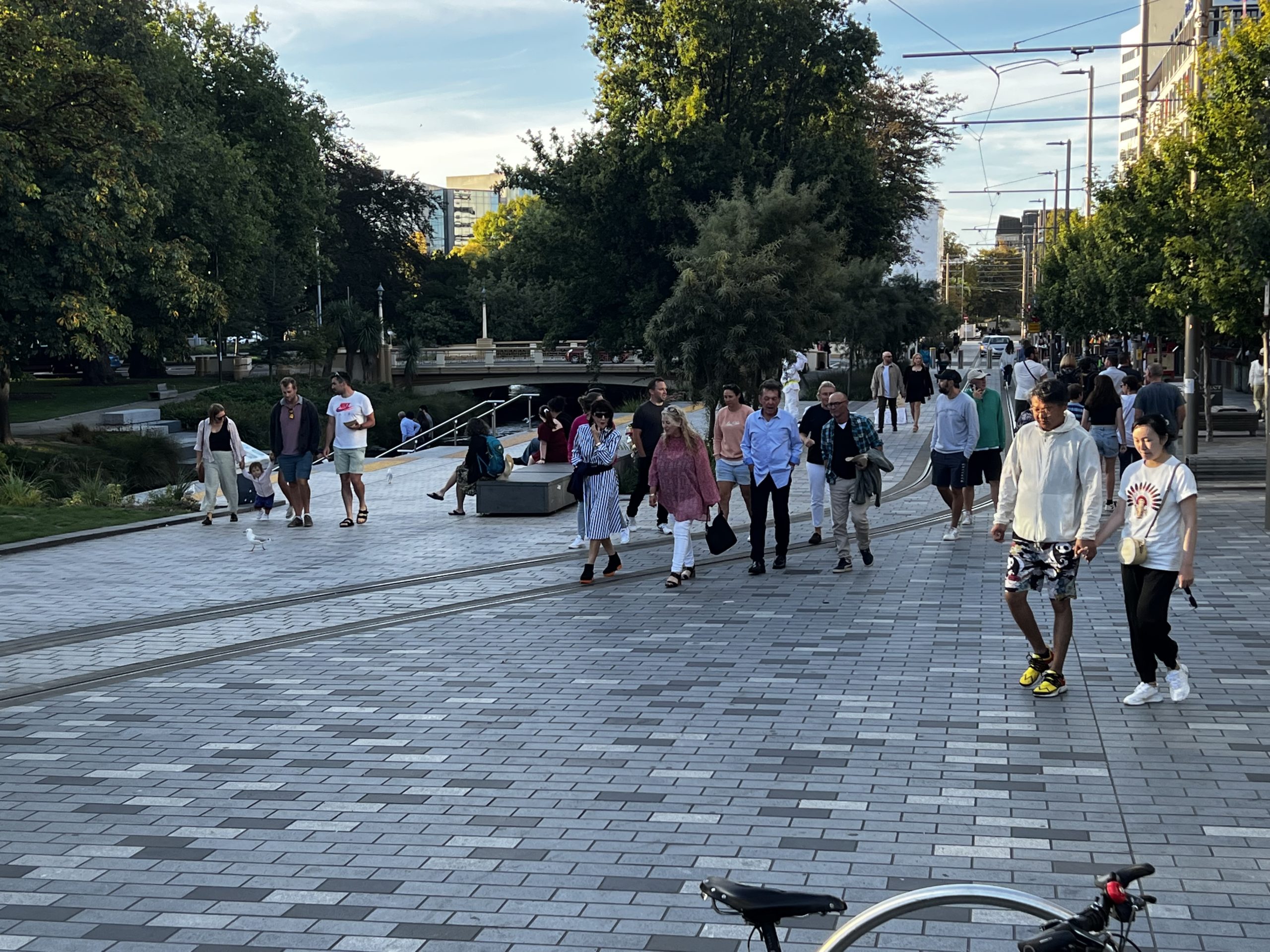
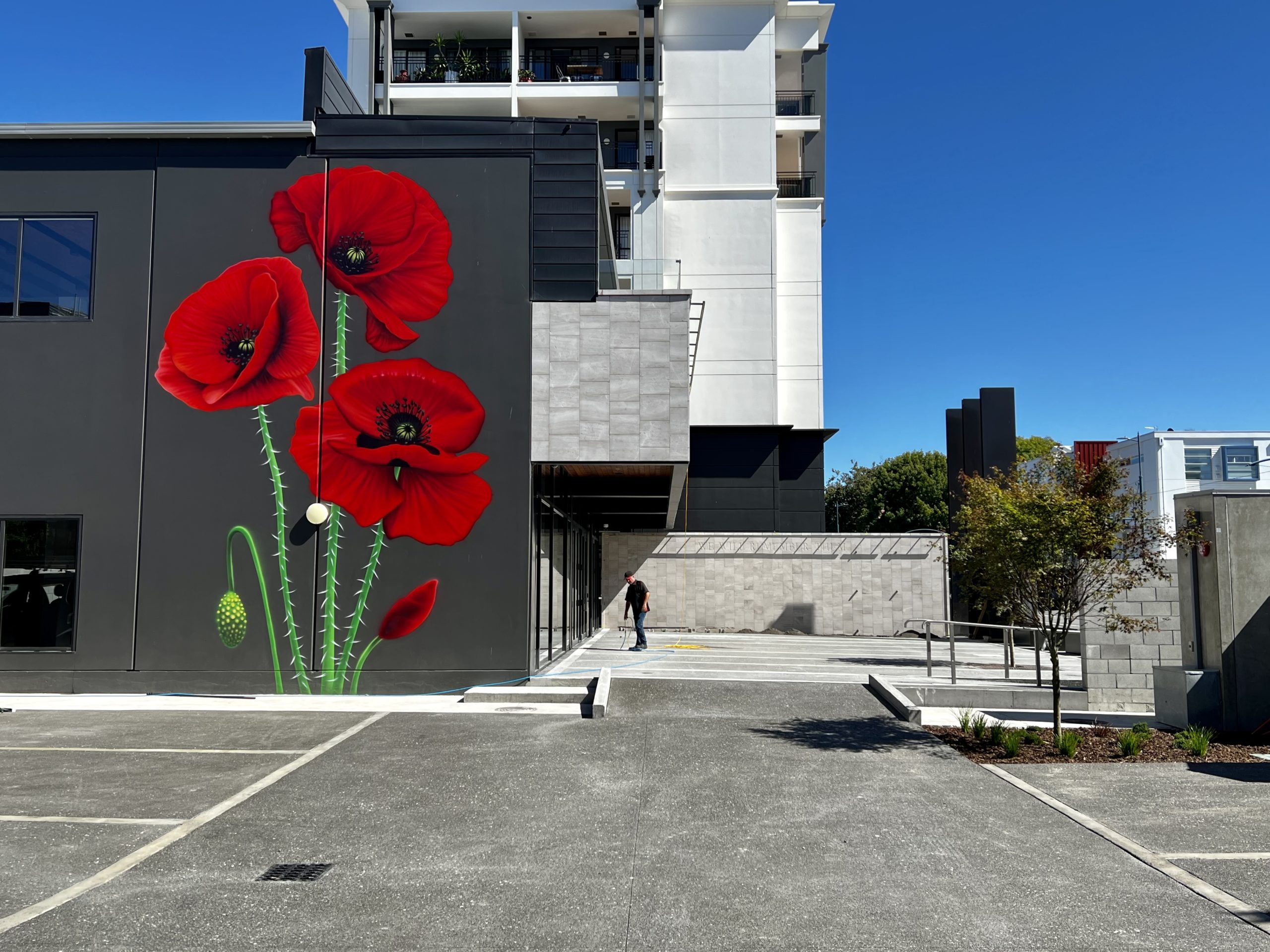
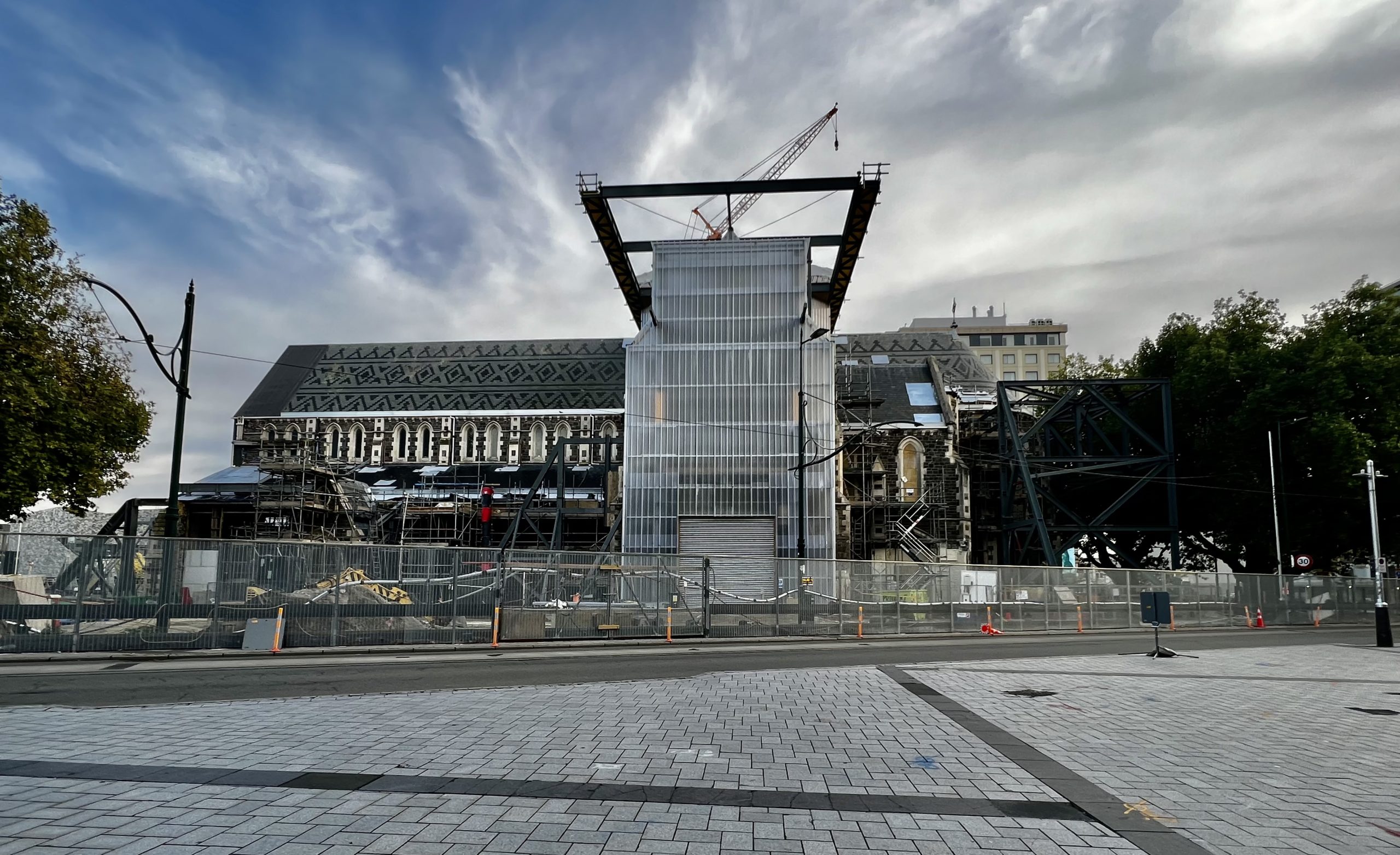
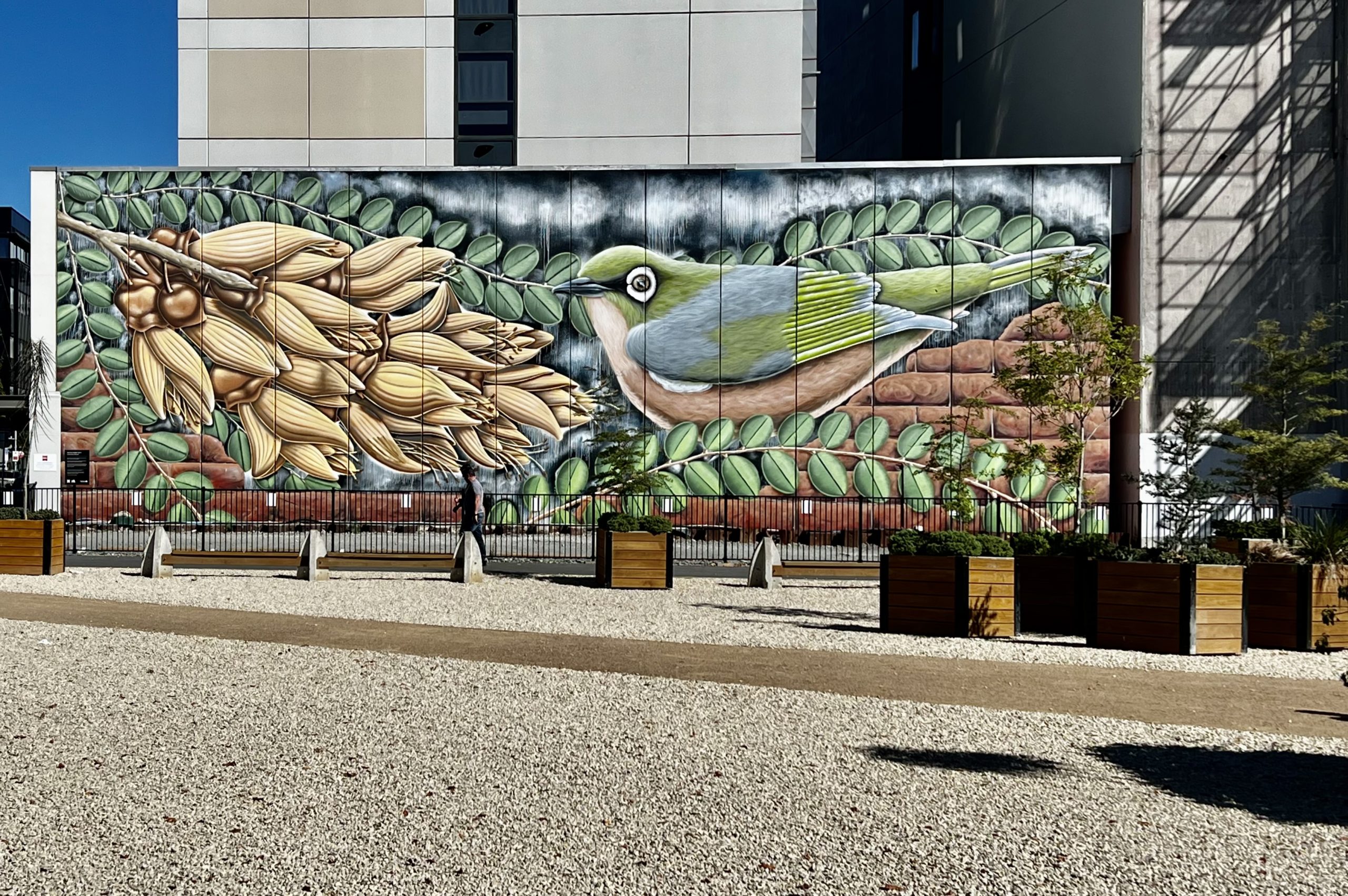
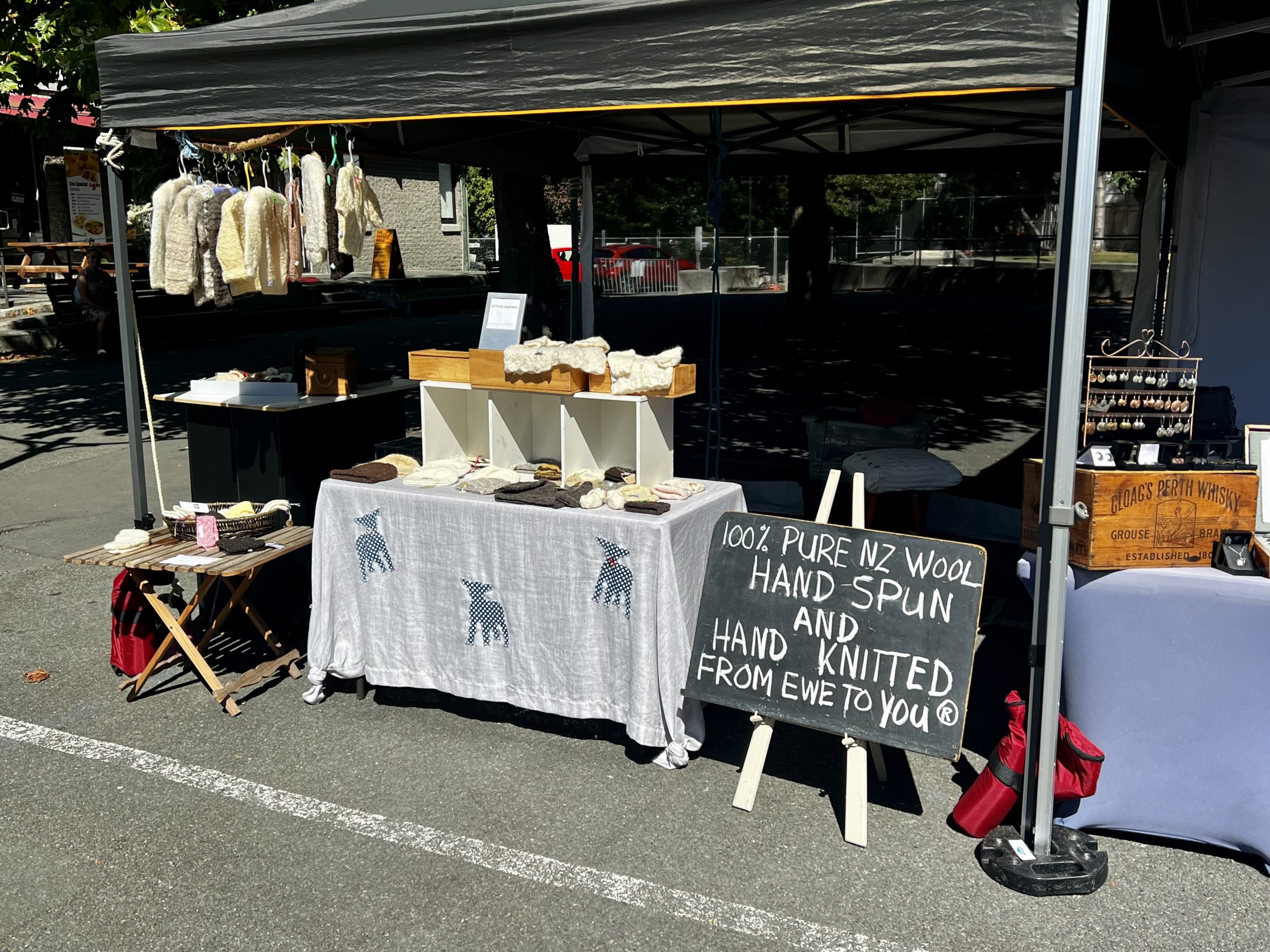
Tram Ride
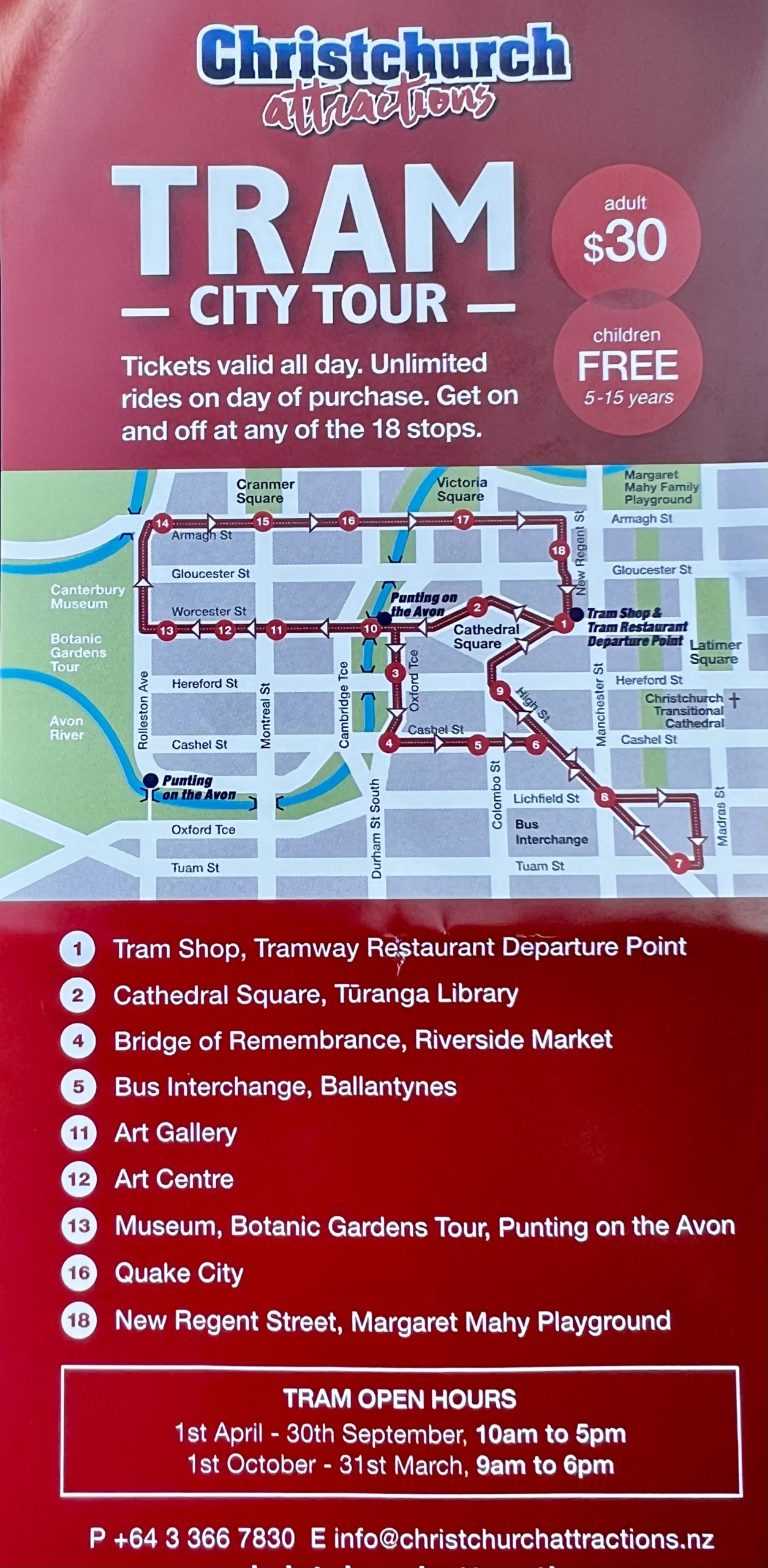
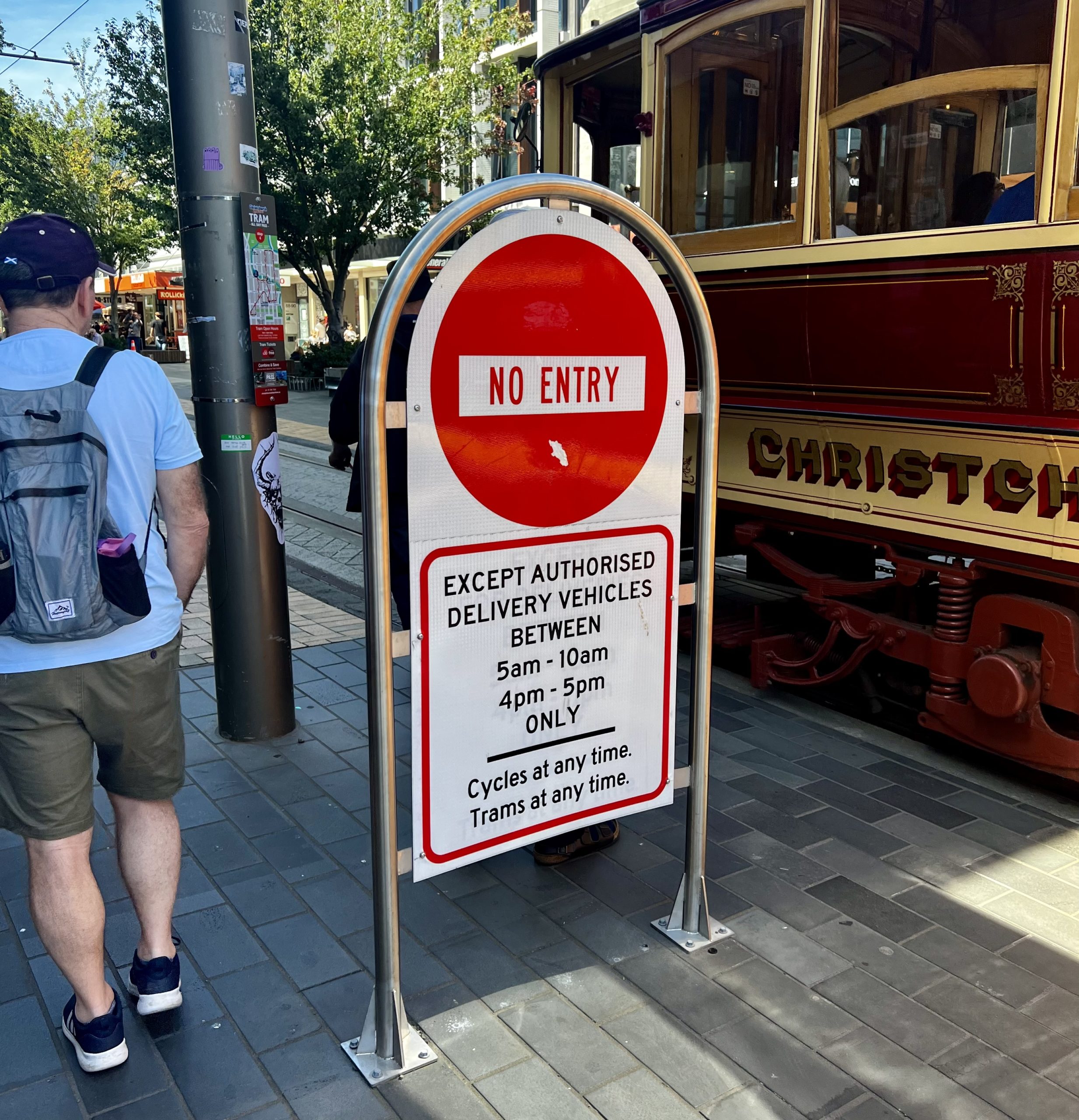
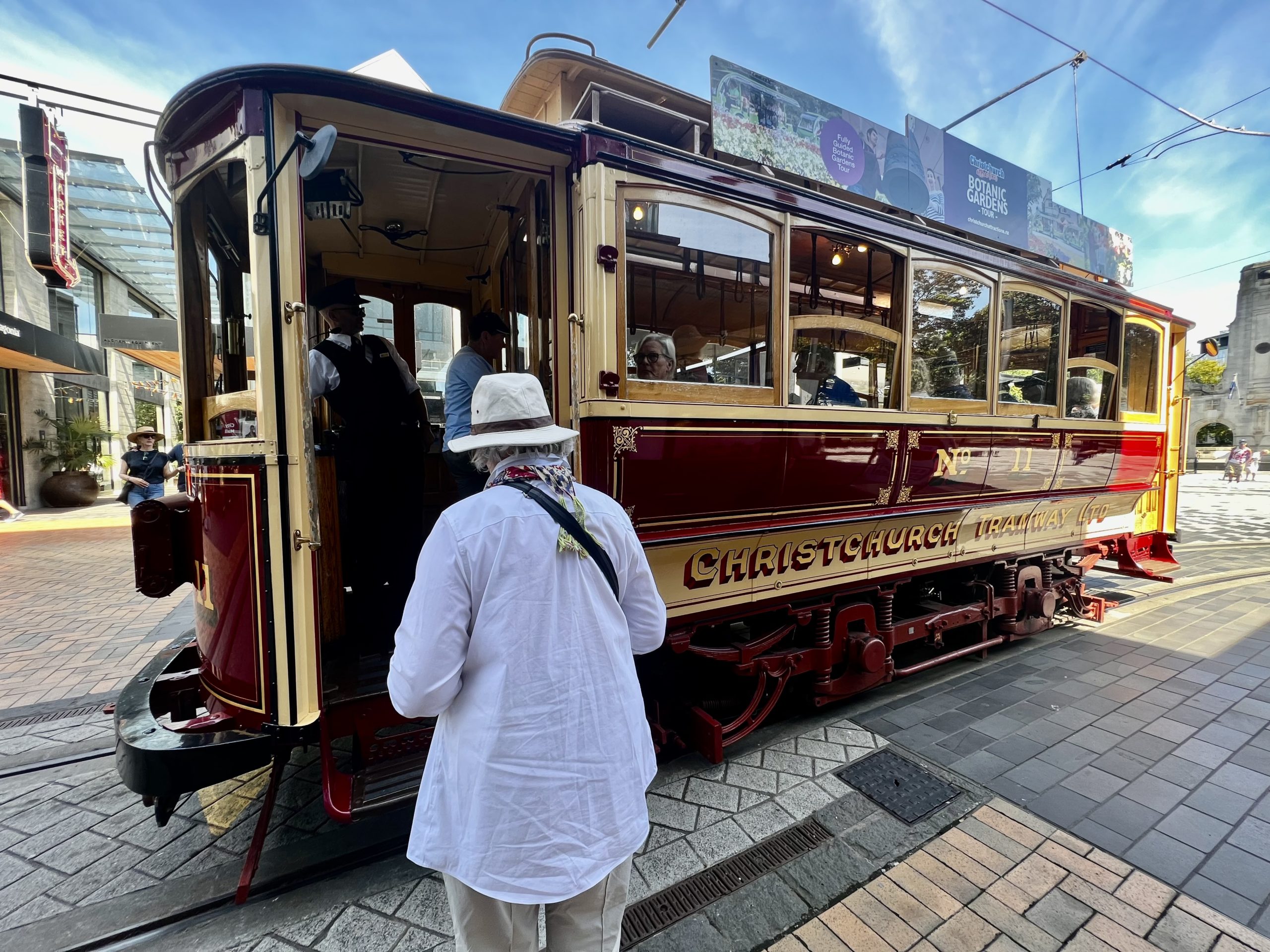
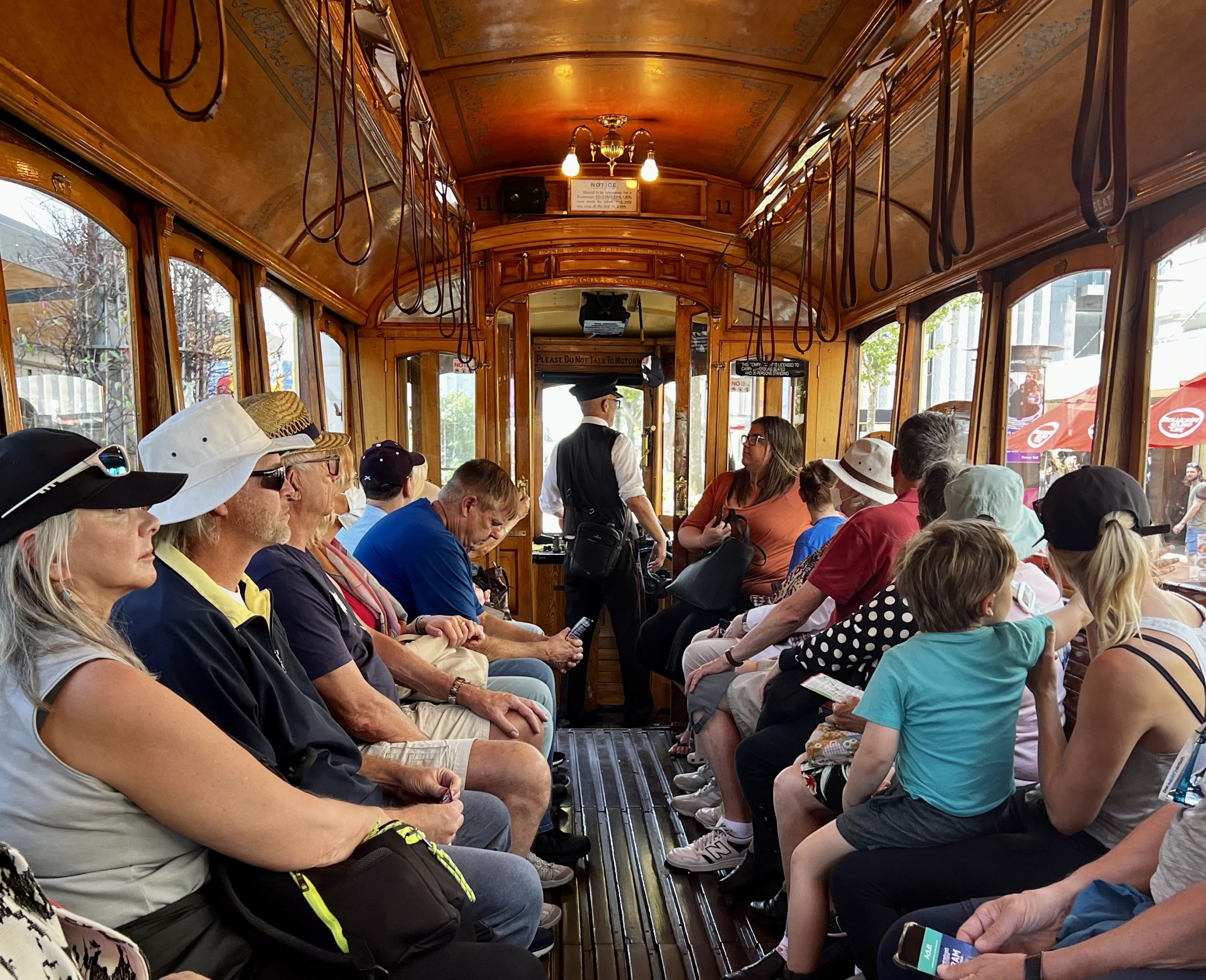
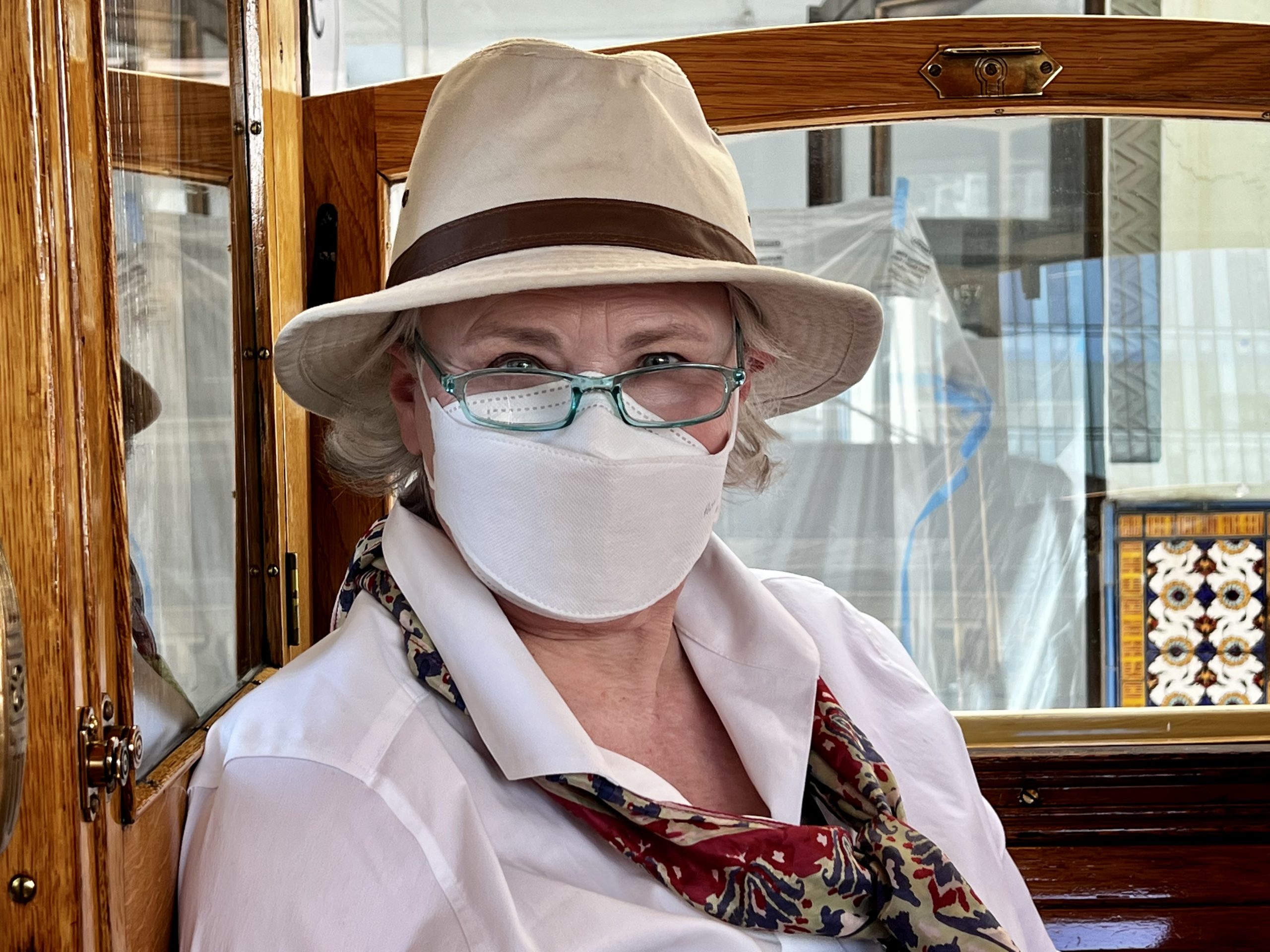
Cardboard Cathedral
The most iconic building in the city, the Anglican Christchurch Cathedral is still under reconstruction at the city center—Cathedral Square. In the meantime the “Cardboard Cathedral” is taking its place. This structure, opened two years after the earthquake, was designed by the Japanese architect Shigeru Ban as a transitional replacement, and uses large cardboard tubes as the primary building material.
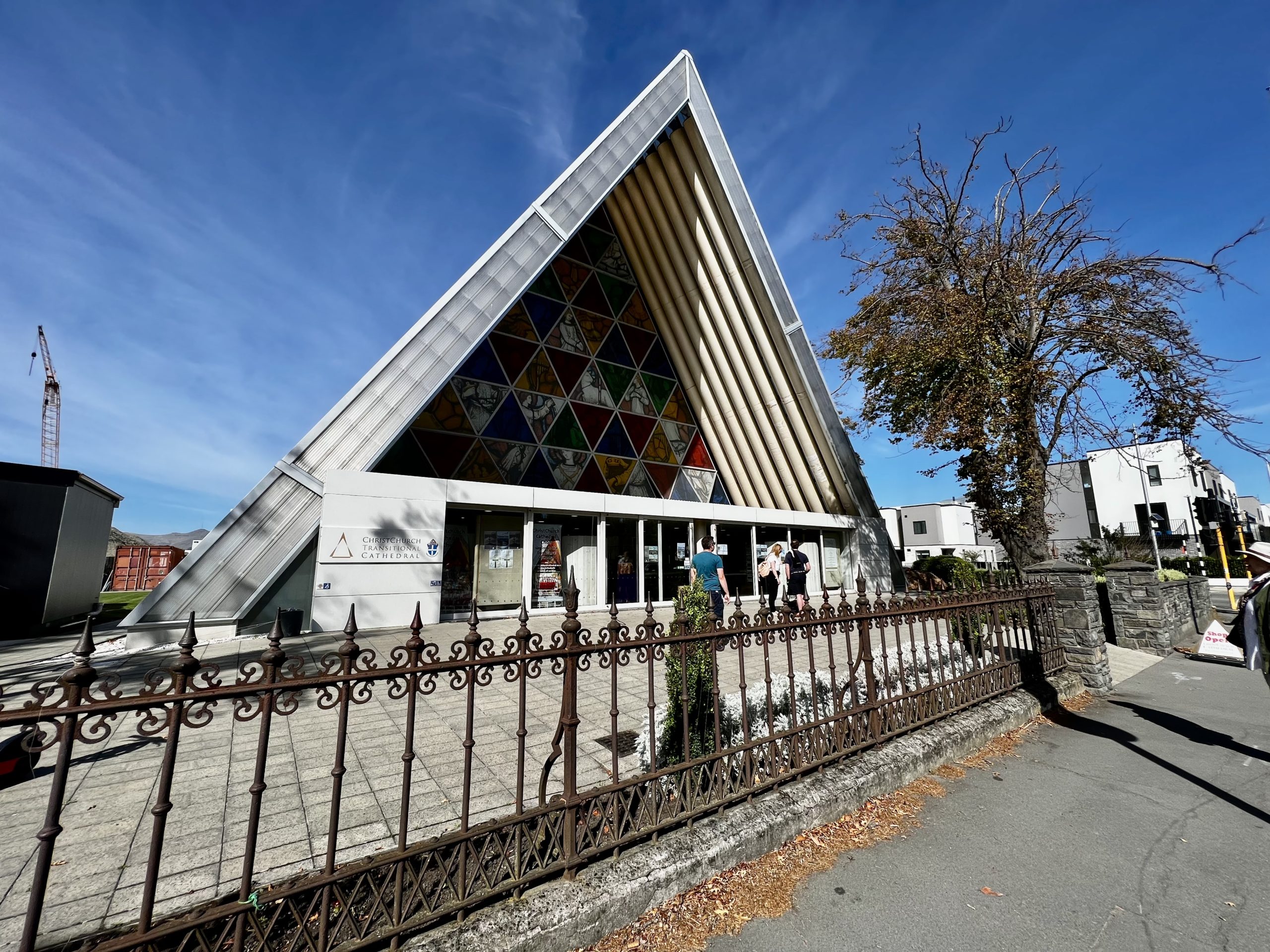
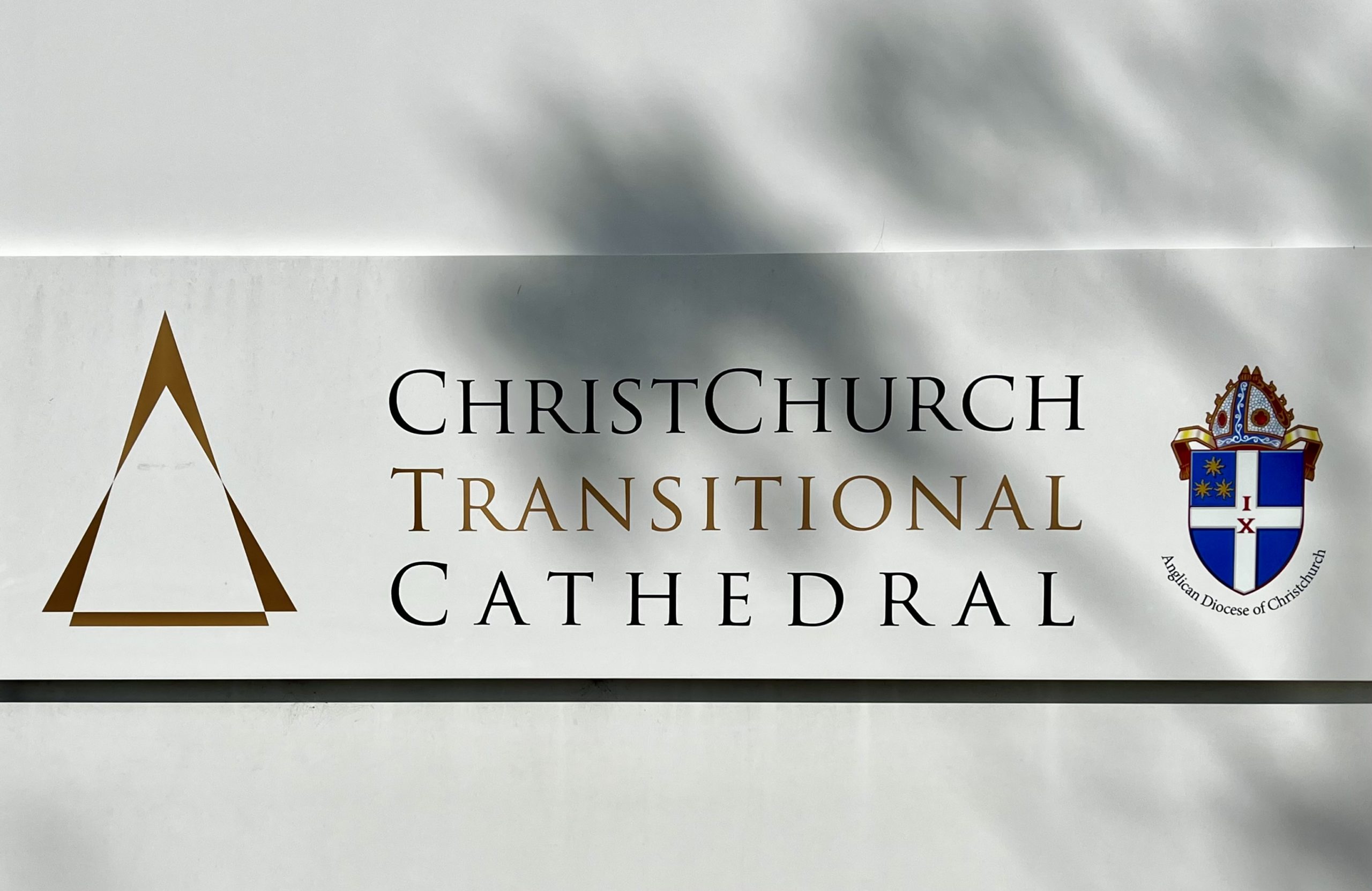
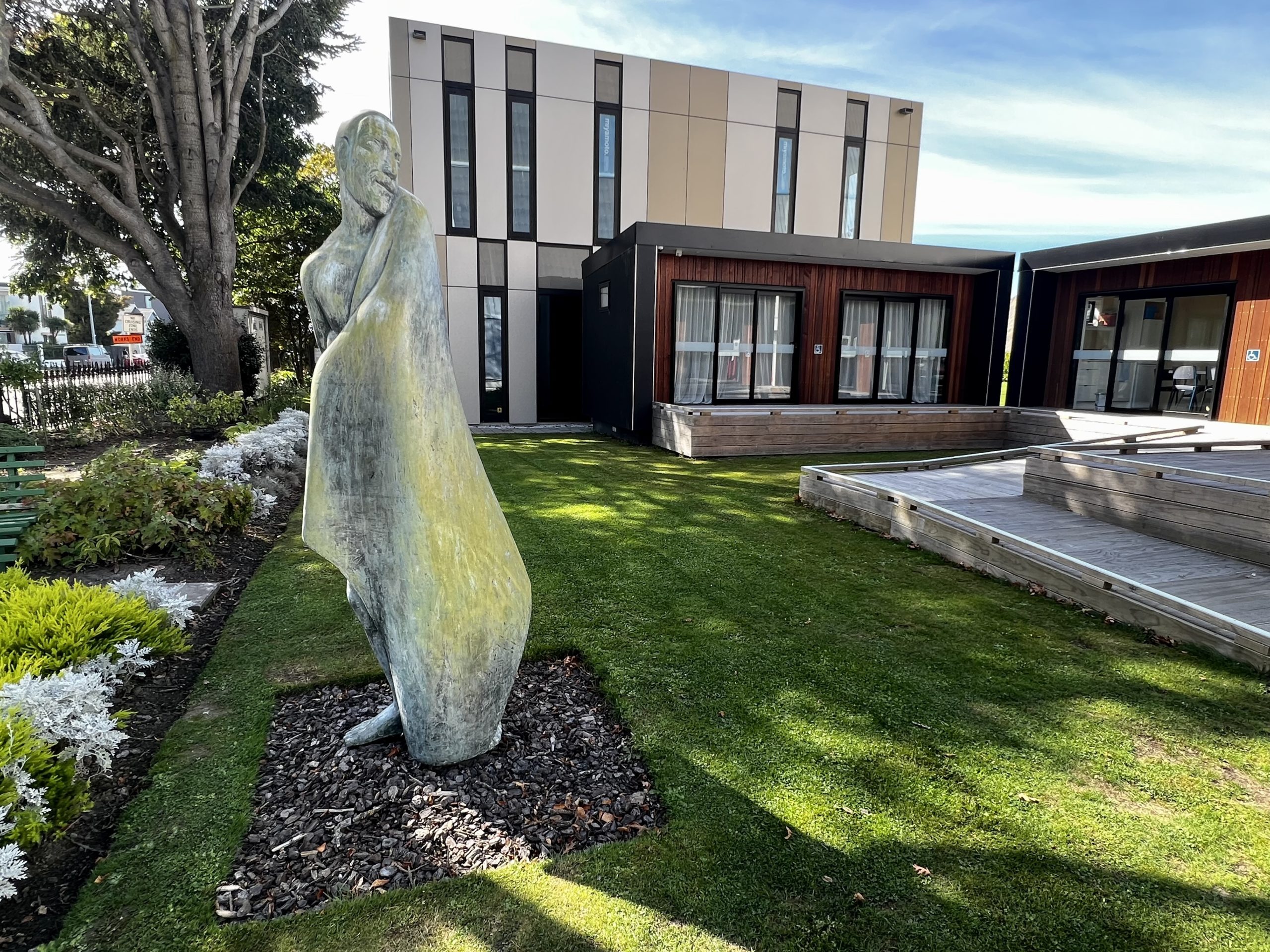
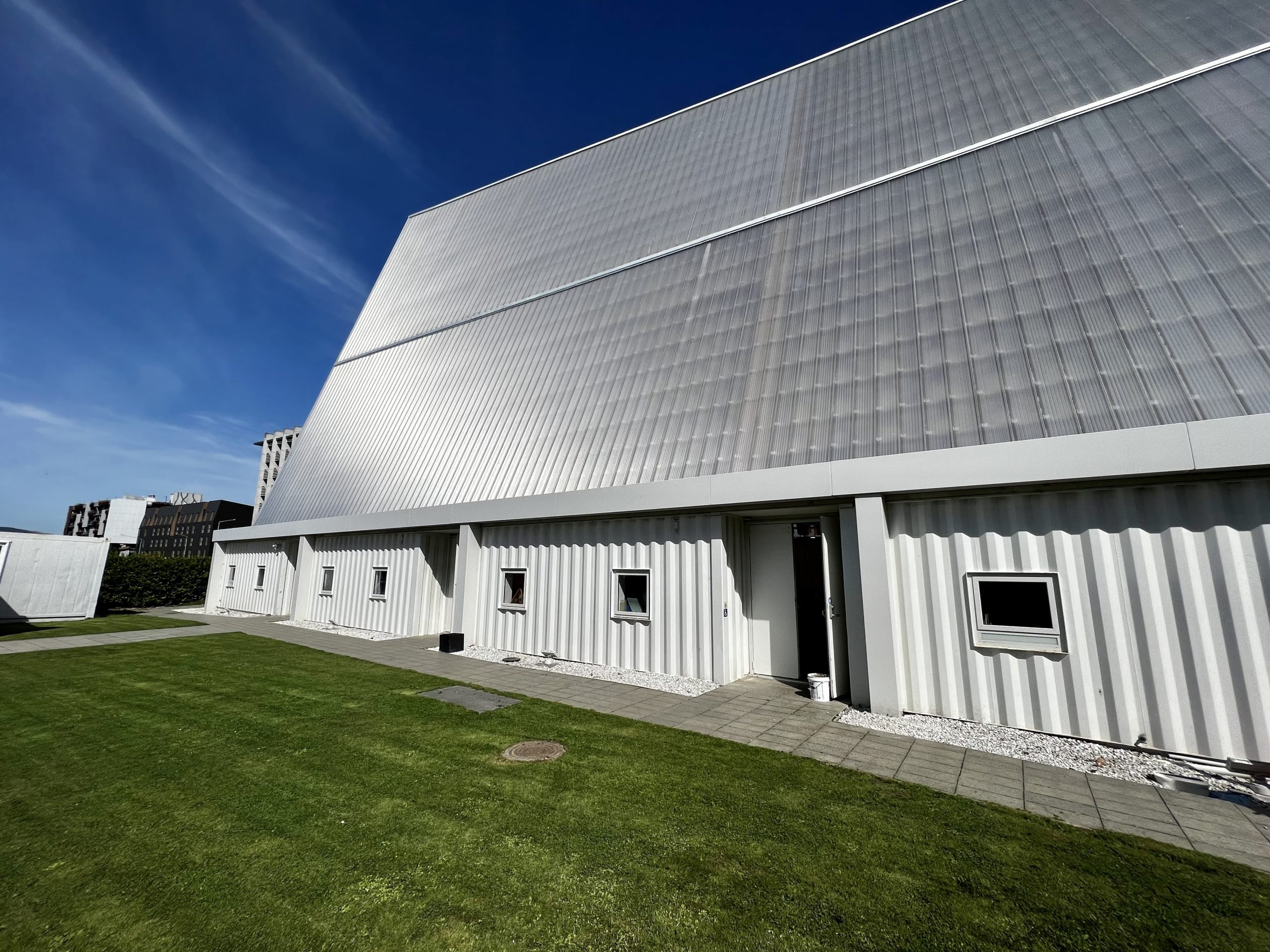
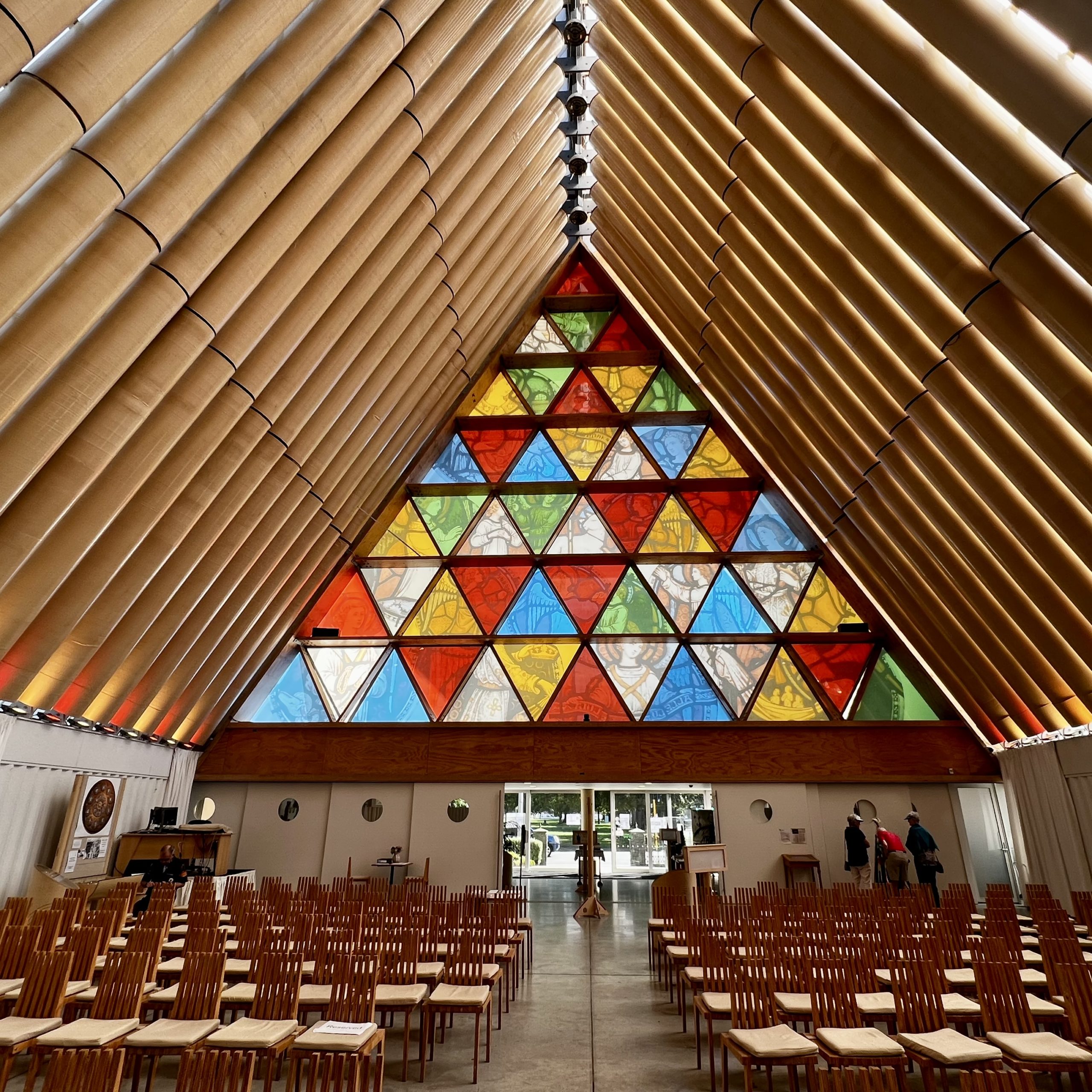
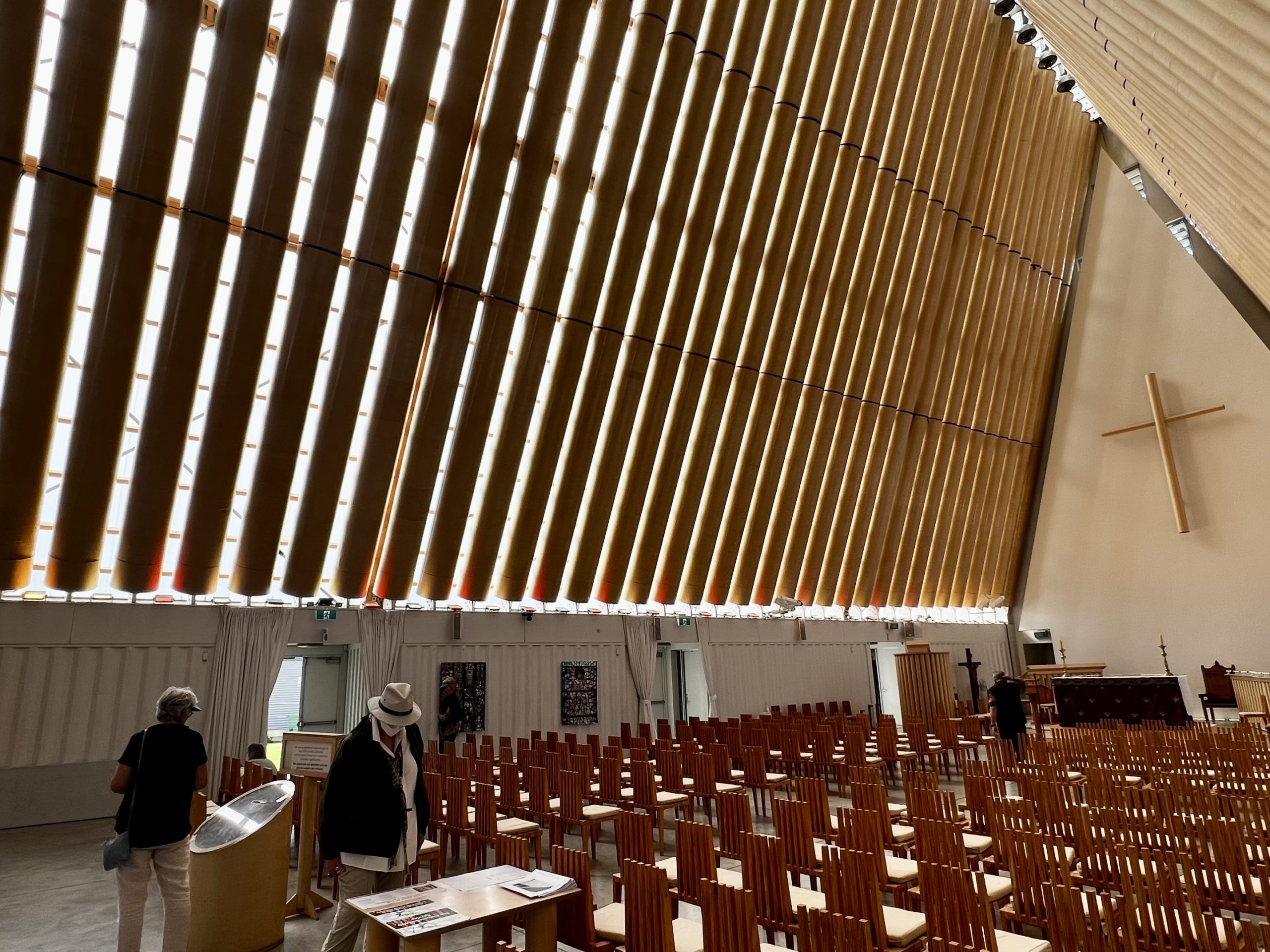
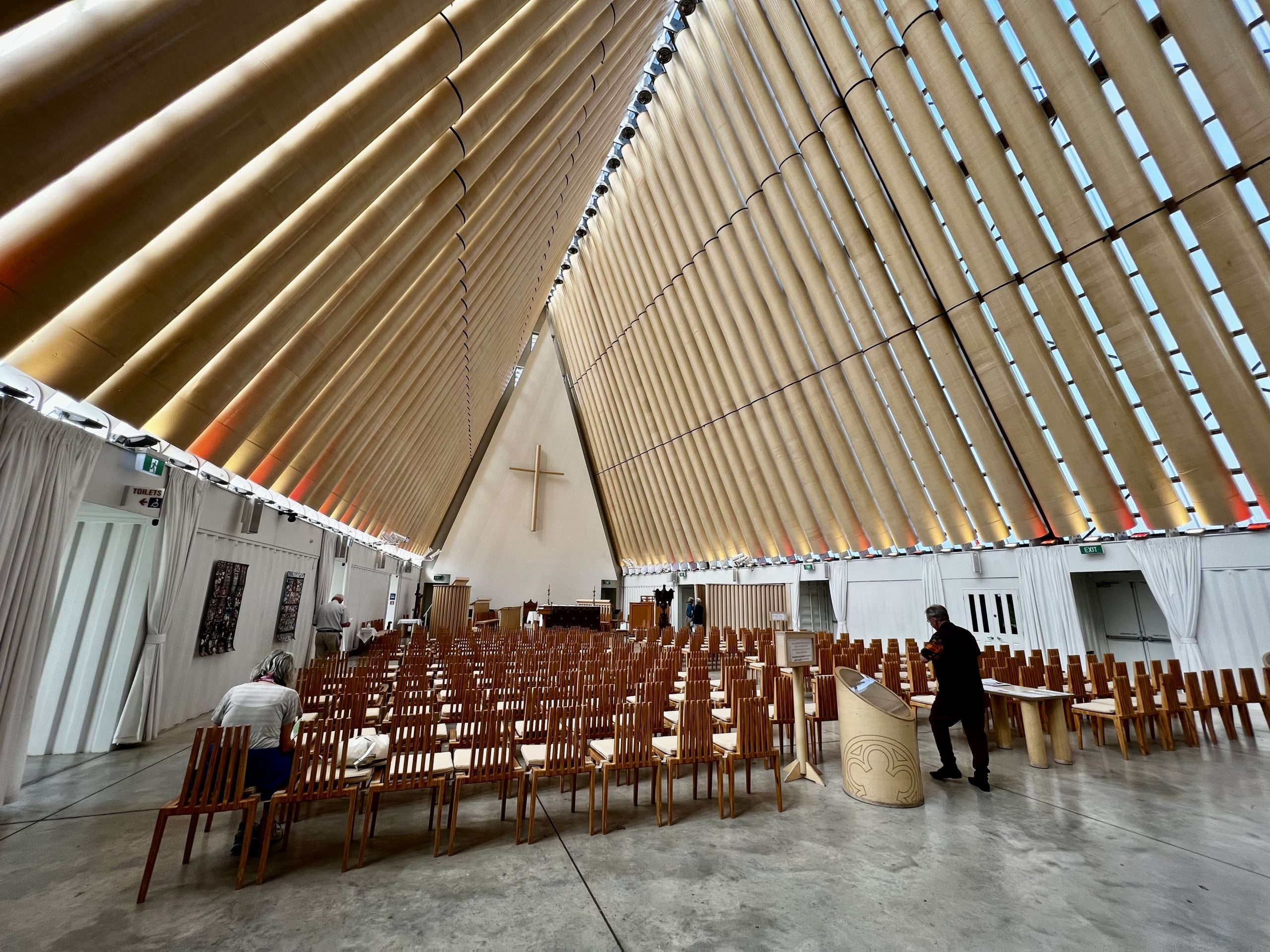
Botanic Gardens
Bonnie thinks the botanic garden is the loveliest she has ever seen. It combines the best of plant collections with the feel of a London park. Broad pathways, green lawns, enormous trees, water features, all beautifully maintained. We spent a couple of afternoons there, with stops in the cafe for chocolate dessert and a beer.
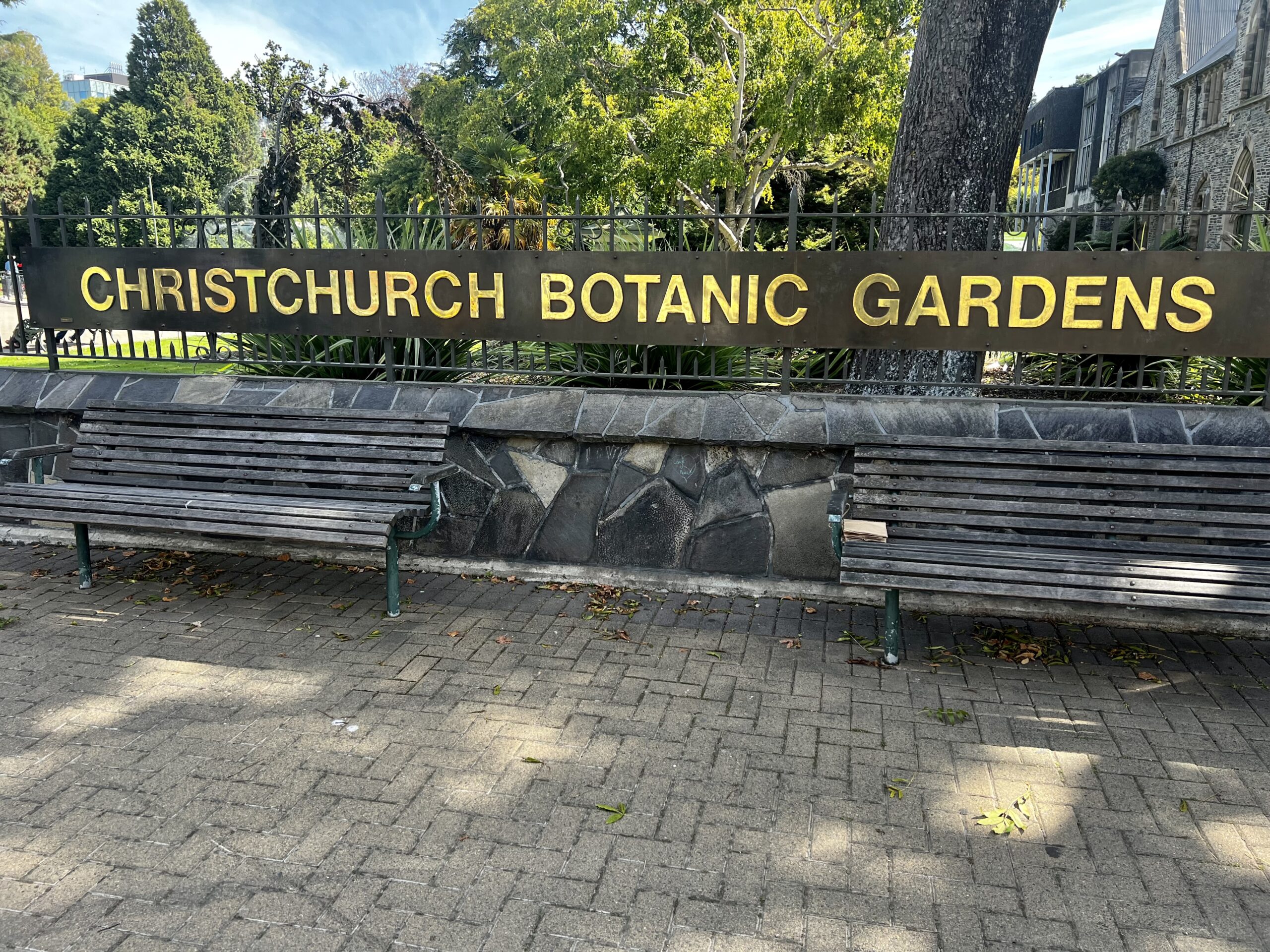



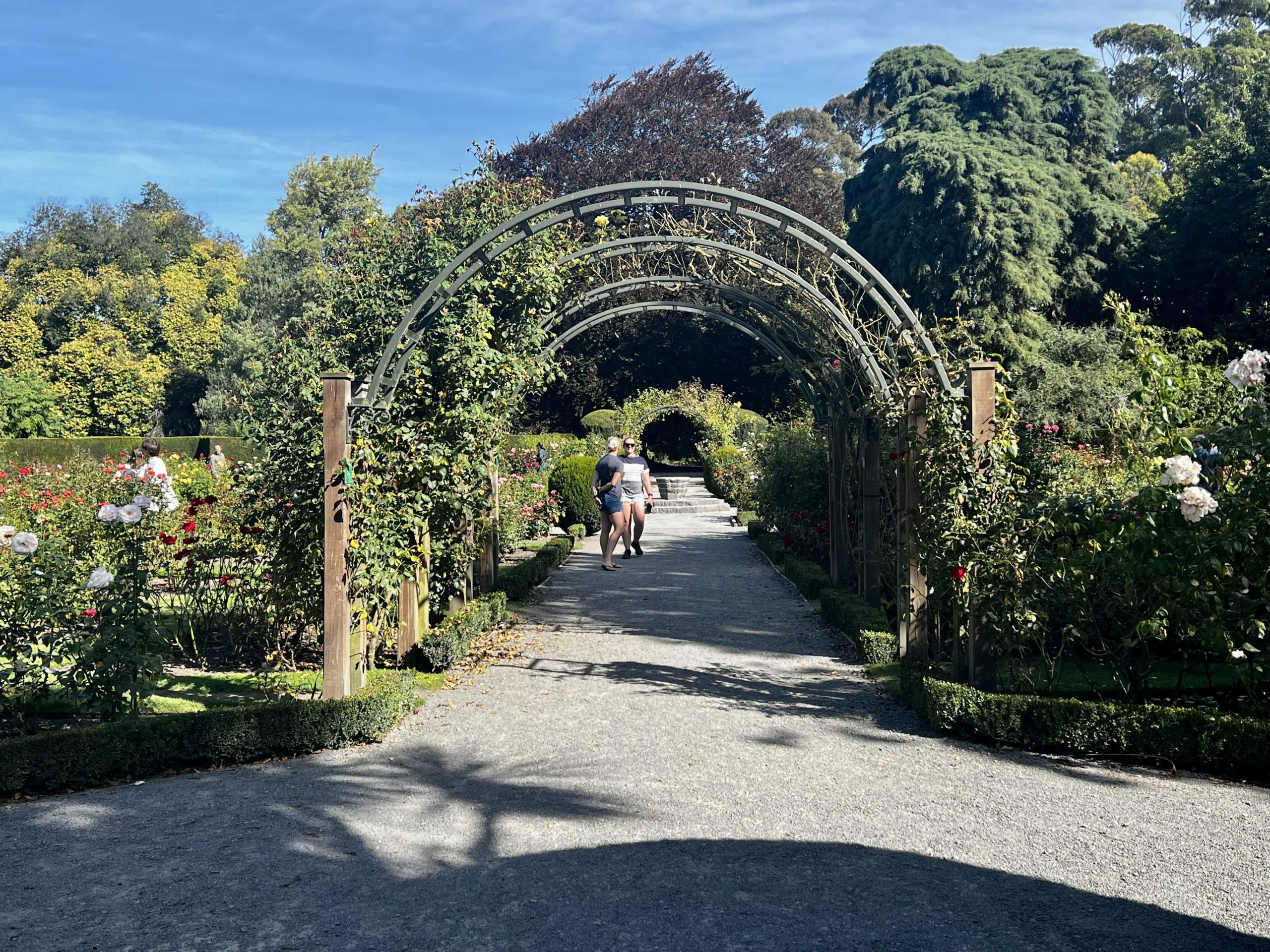
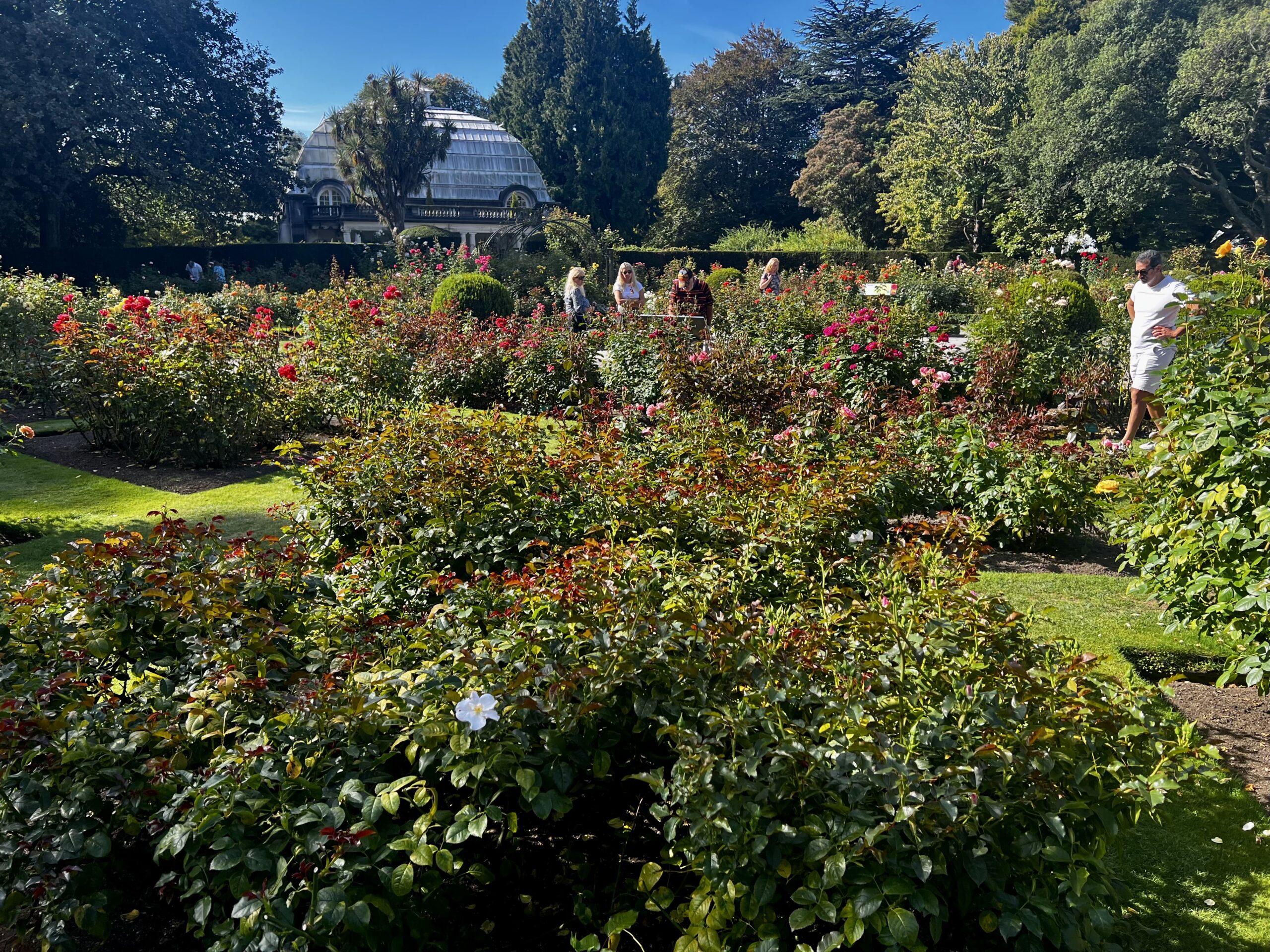
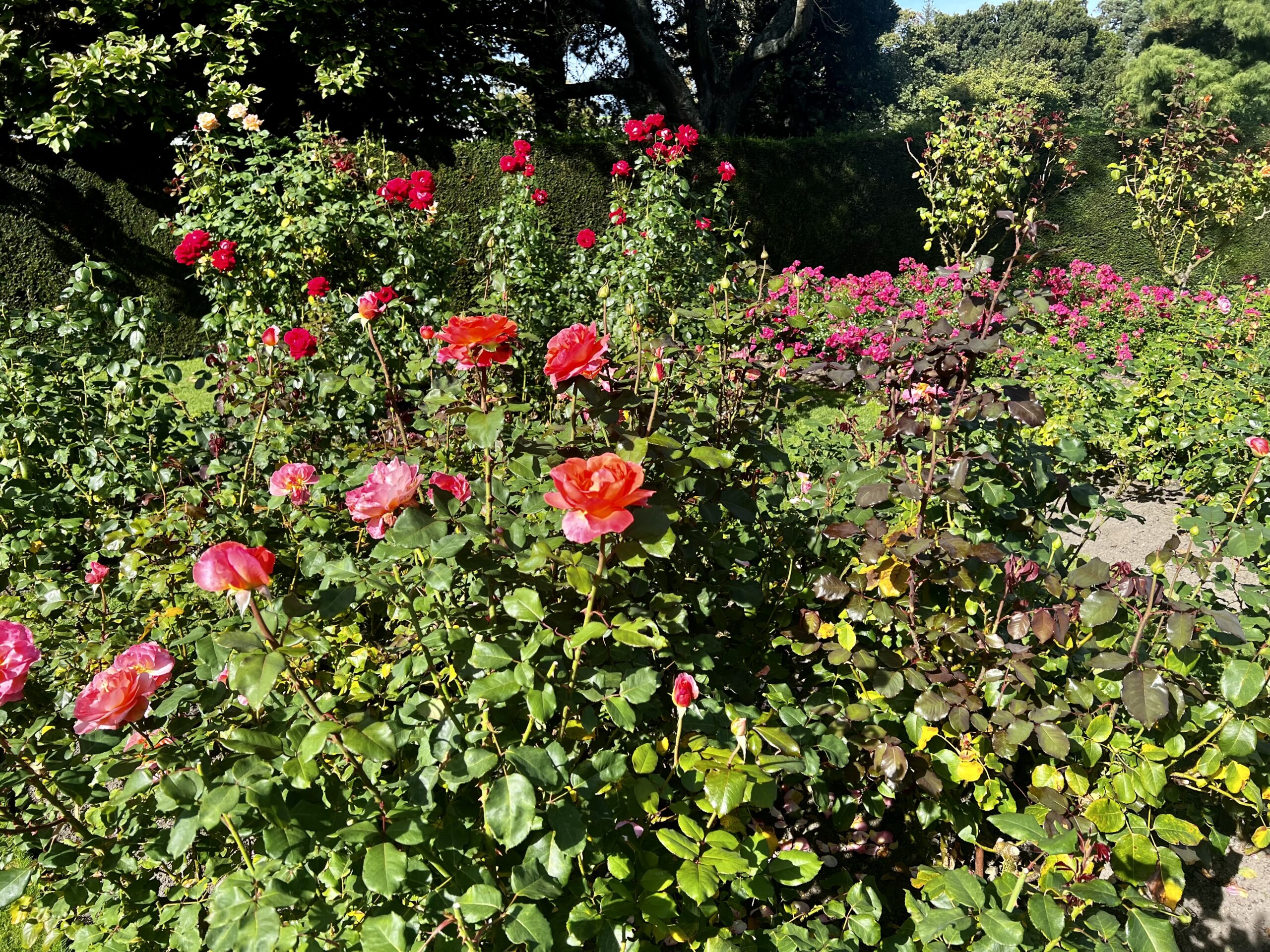
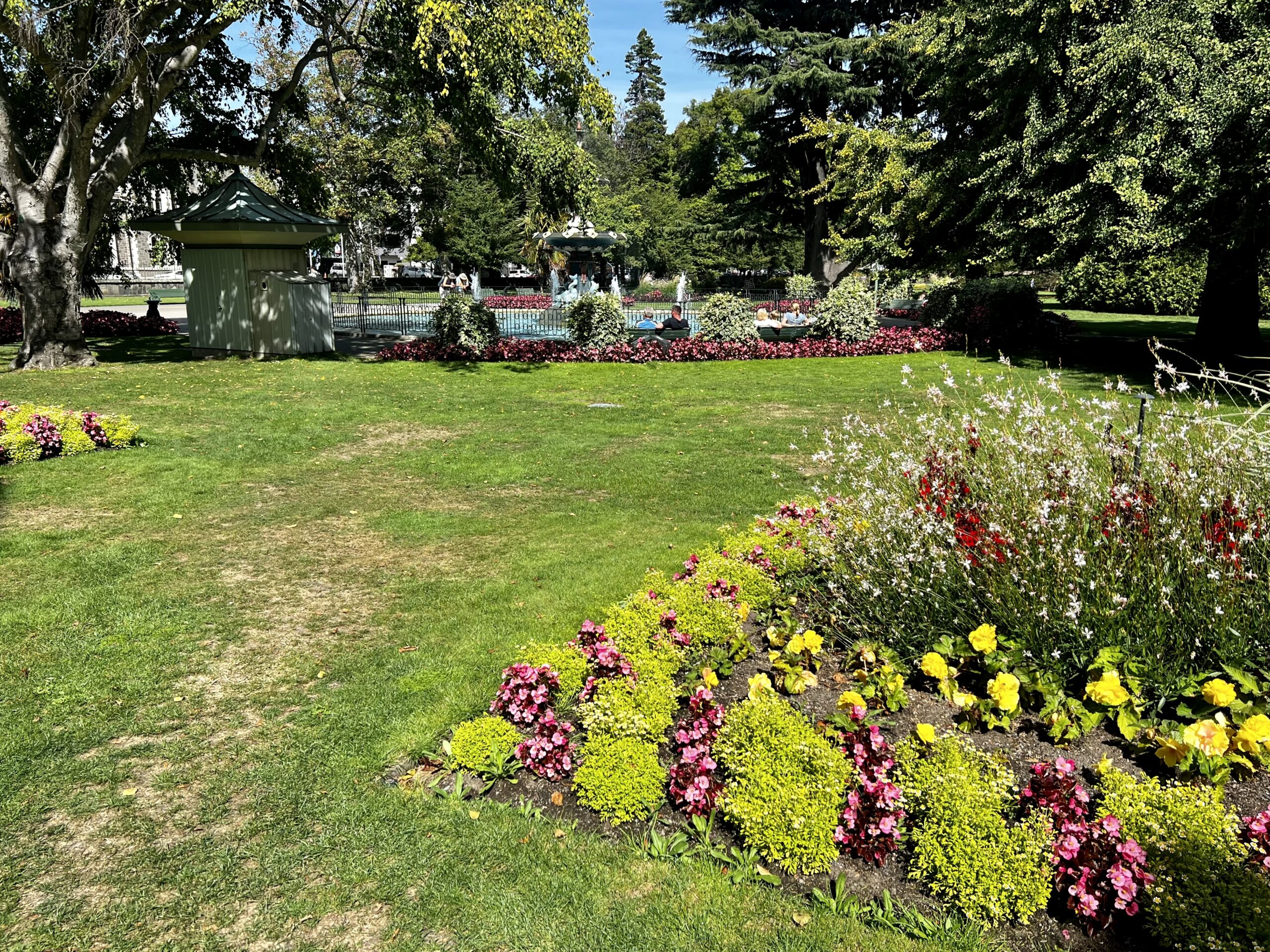
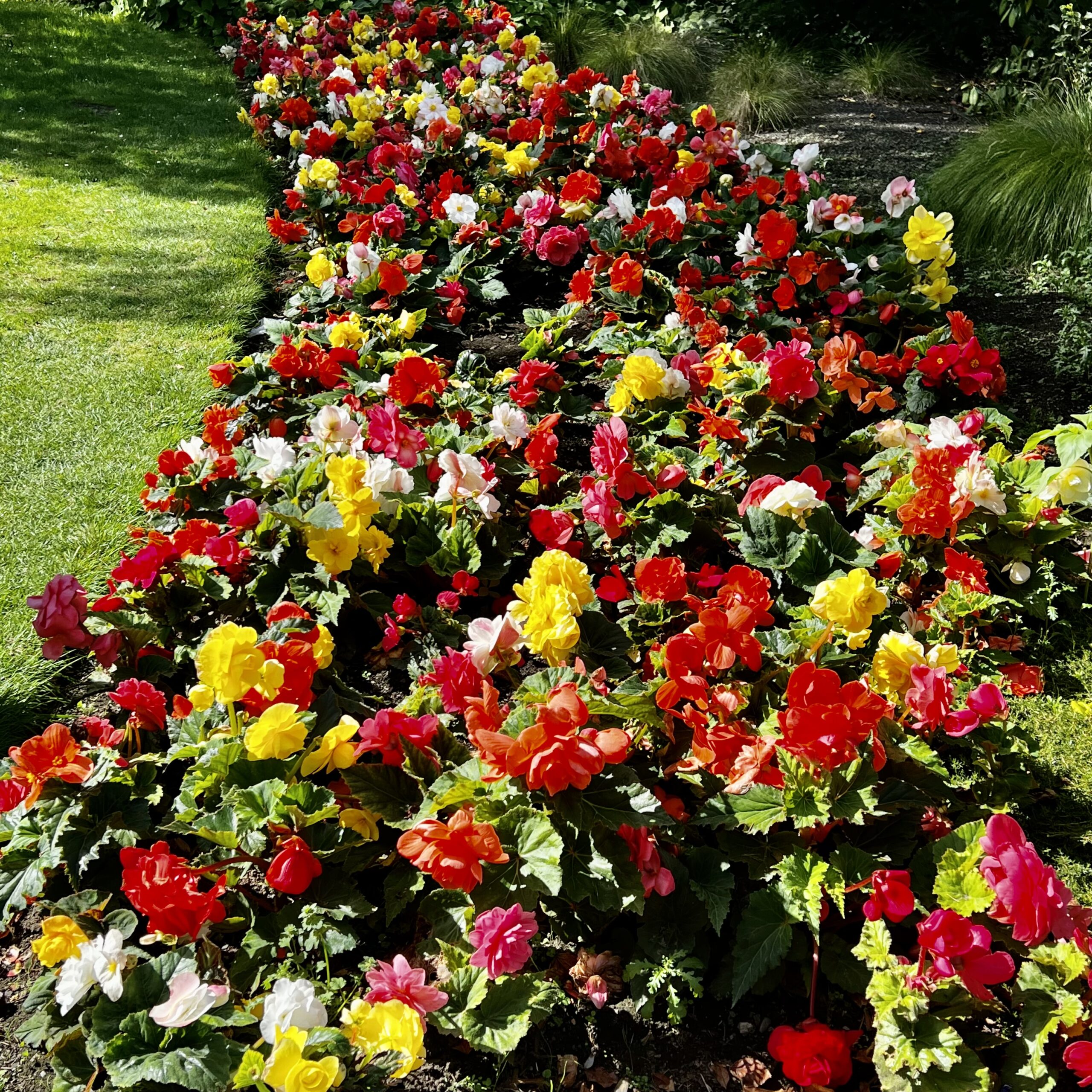
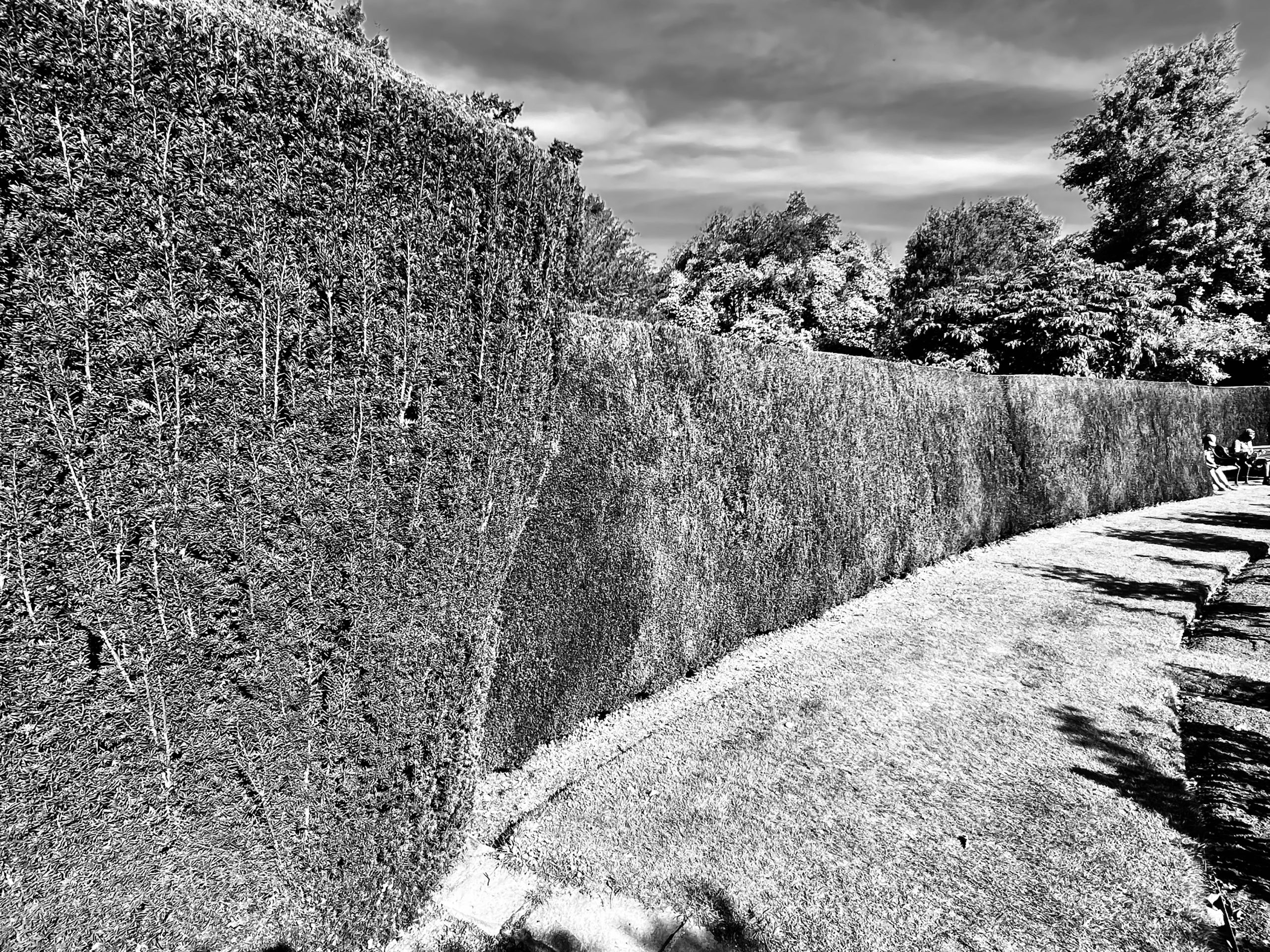

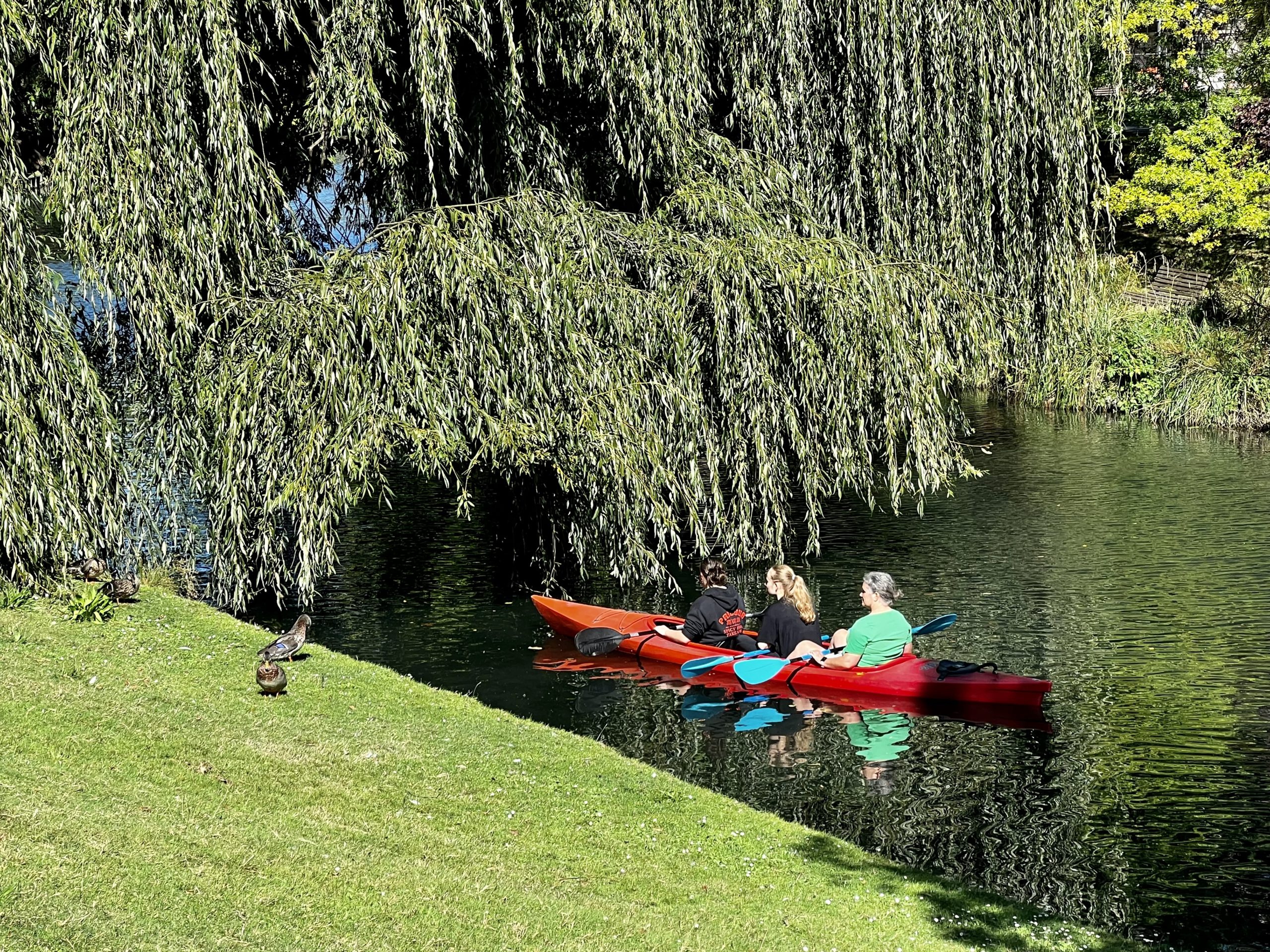
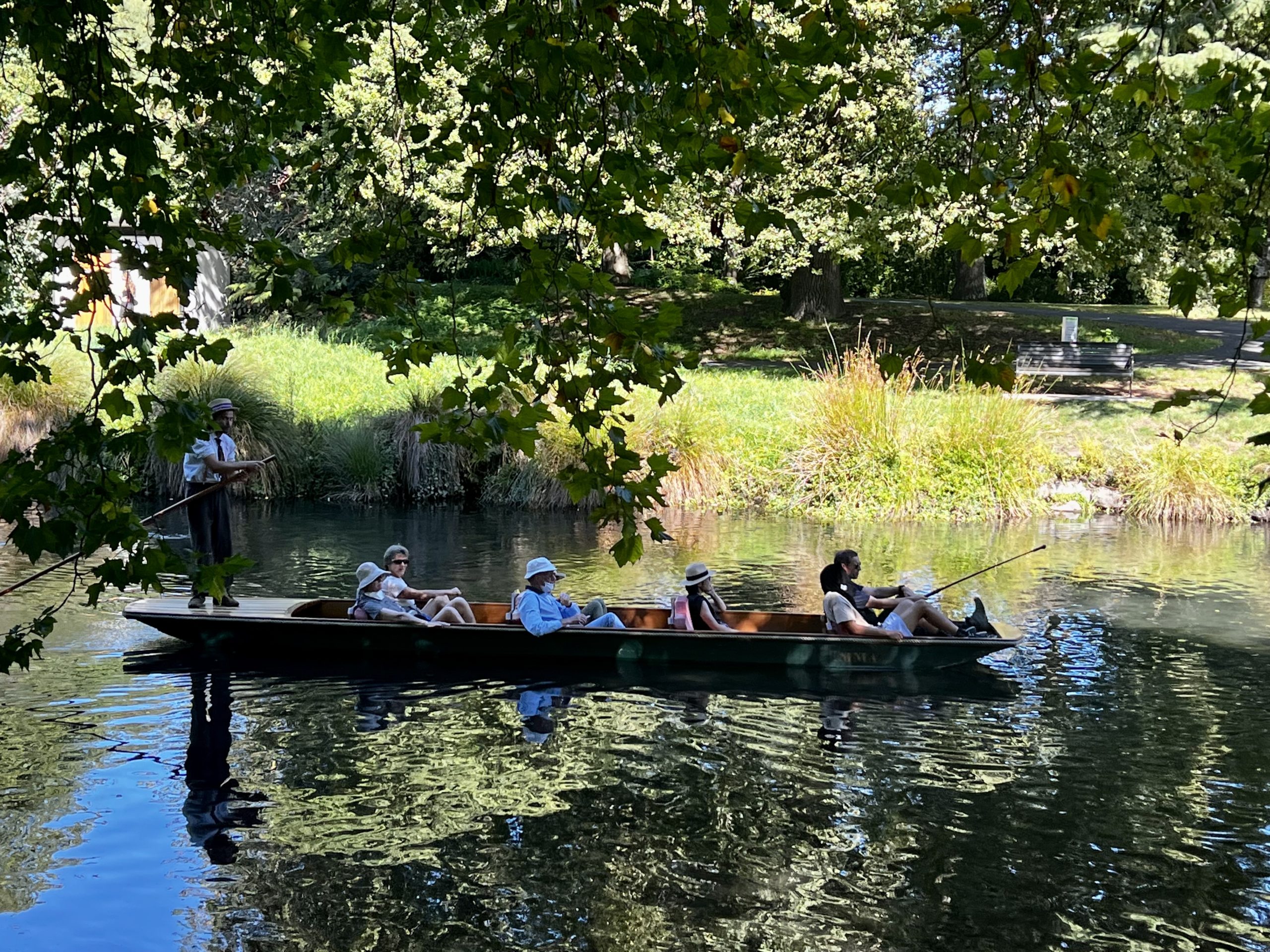
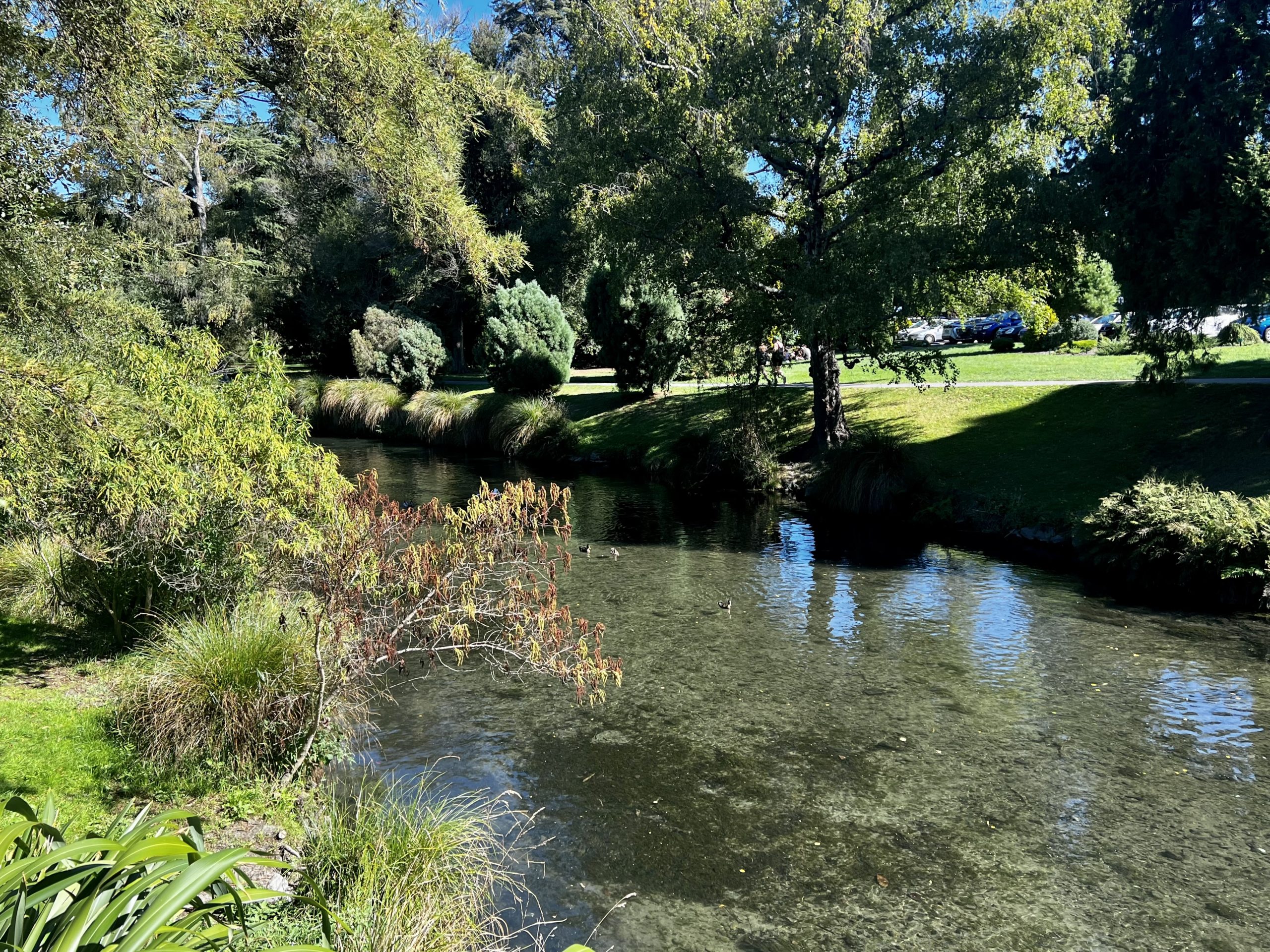
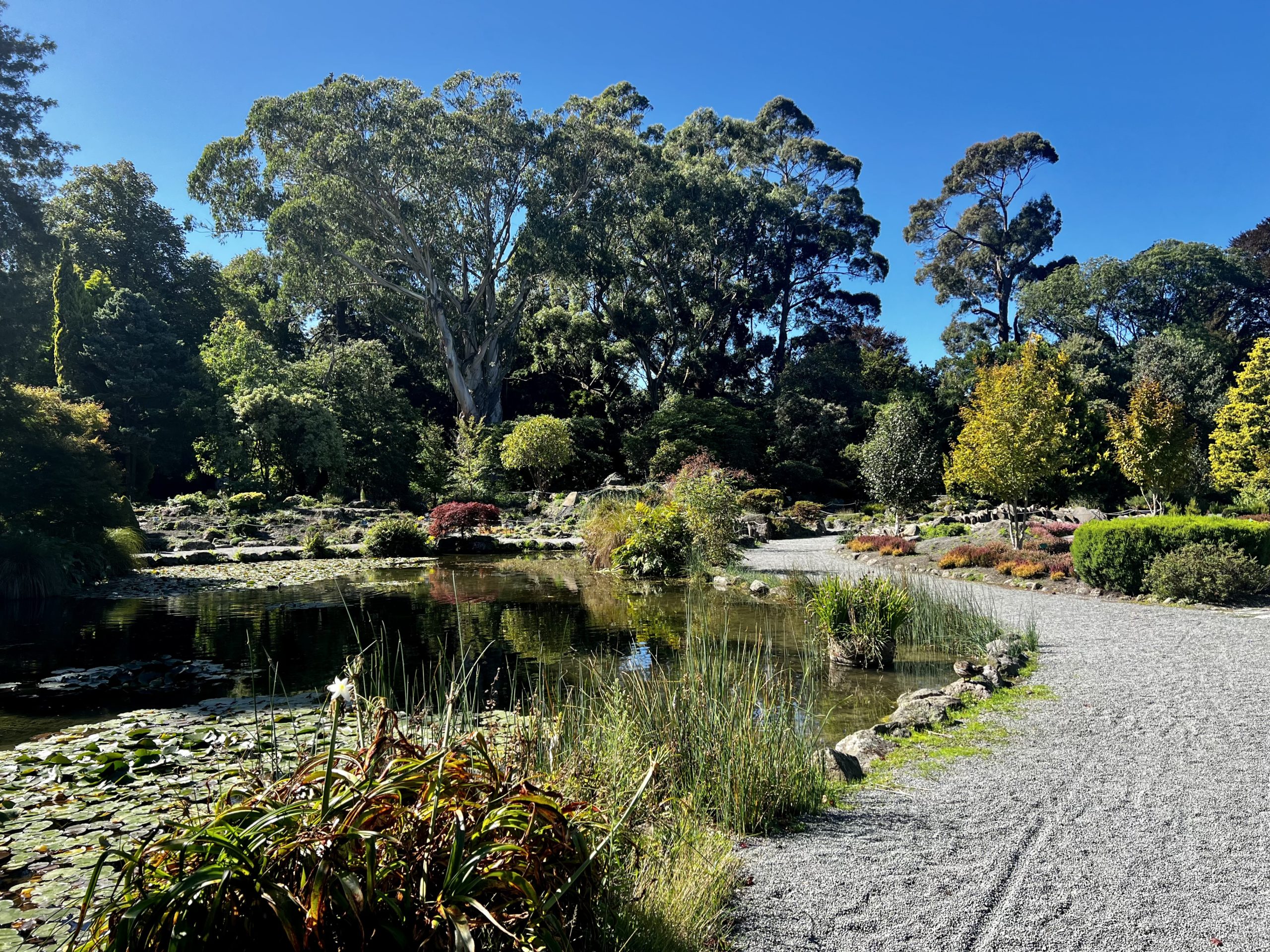
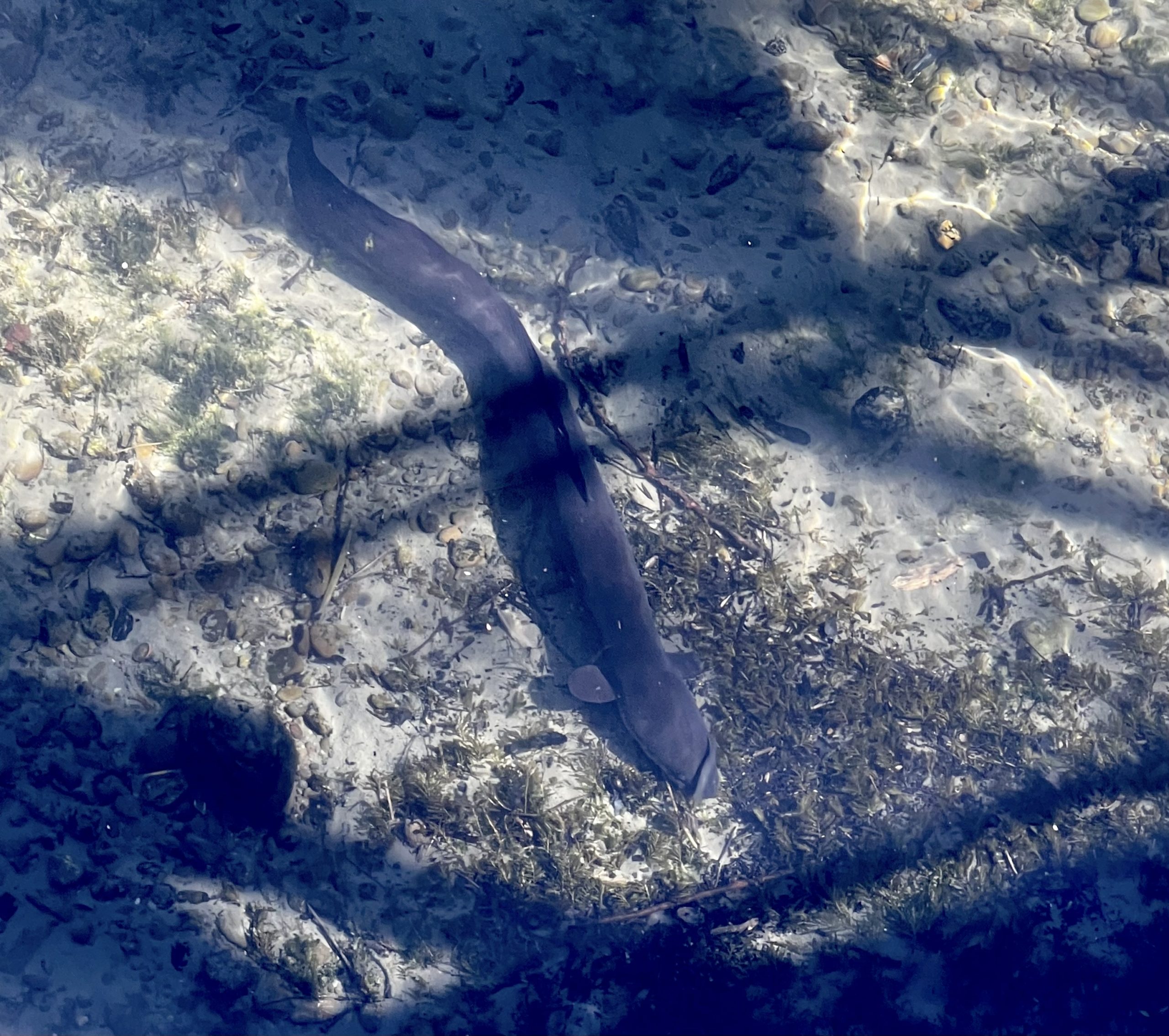
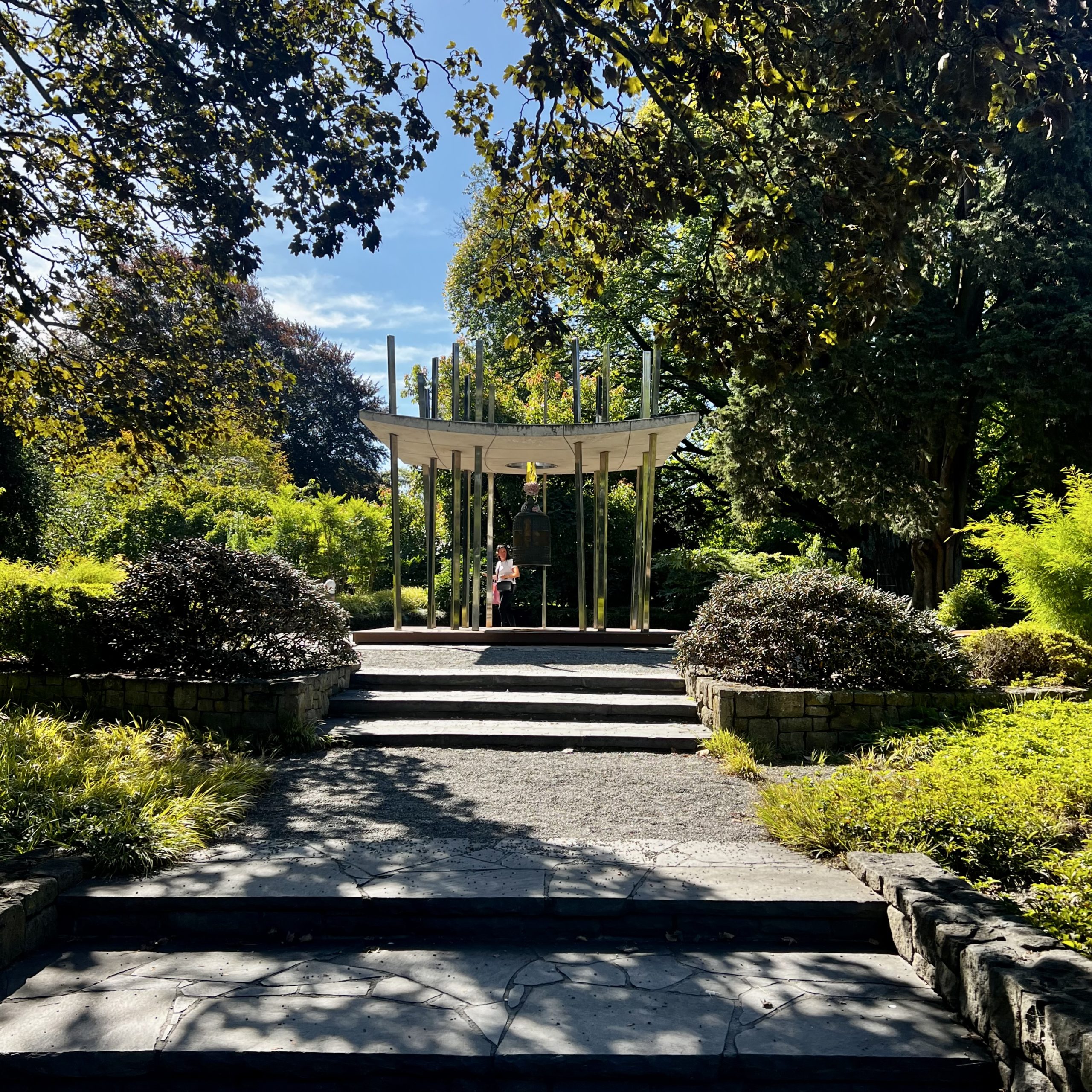
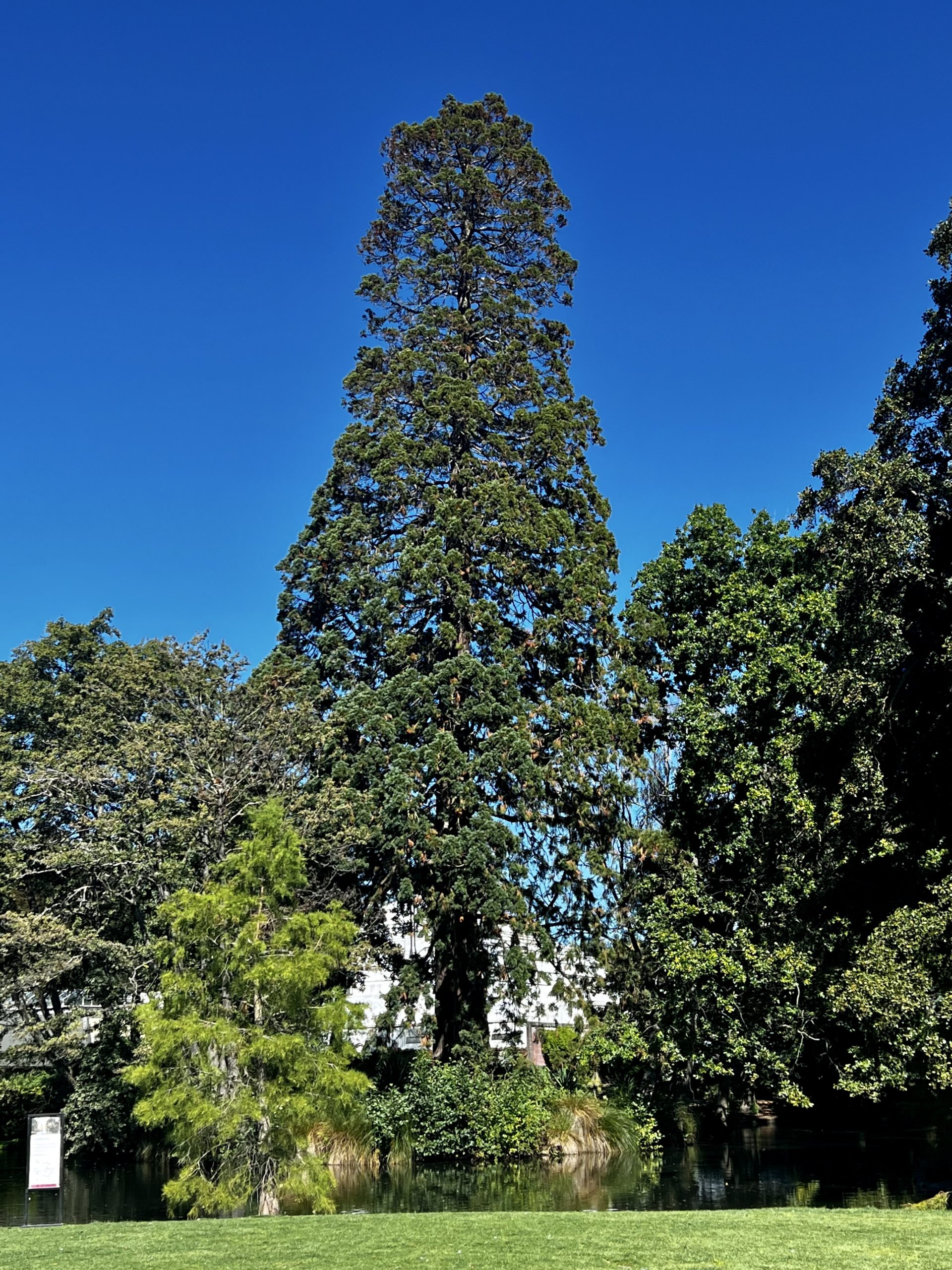
Quake City Museum
Quake City, the small museum documenting the earthquakes is excellent. The area has been hit by earthquakes in the past up to an estimated 8.0+ magnitude.
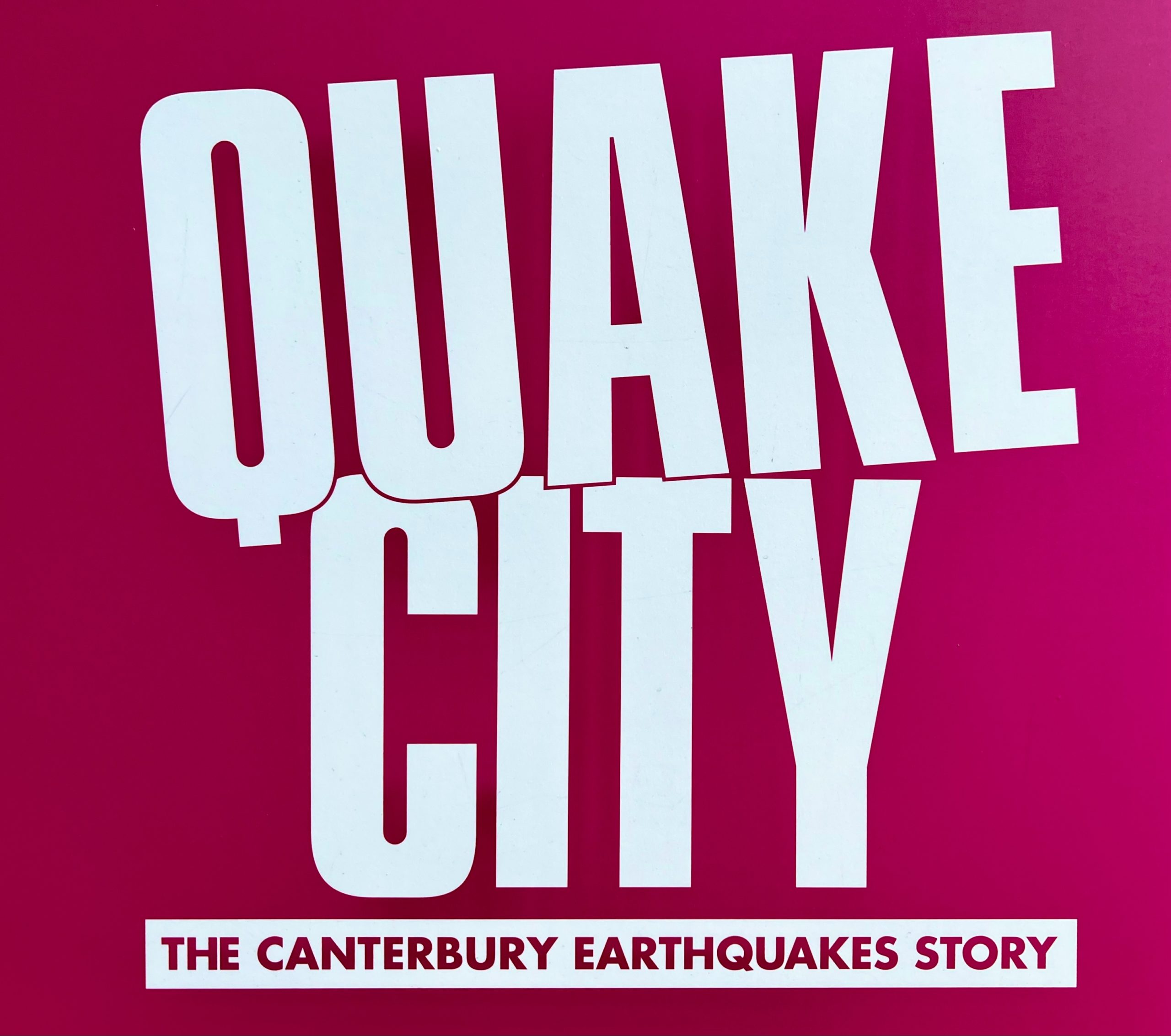
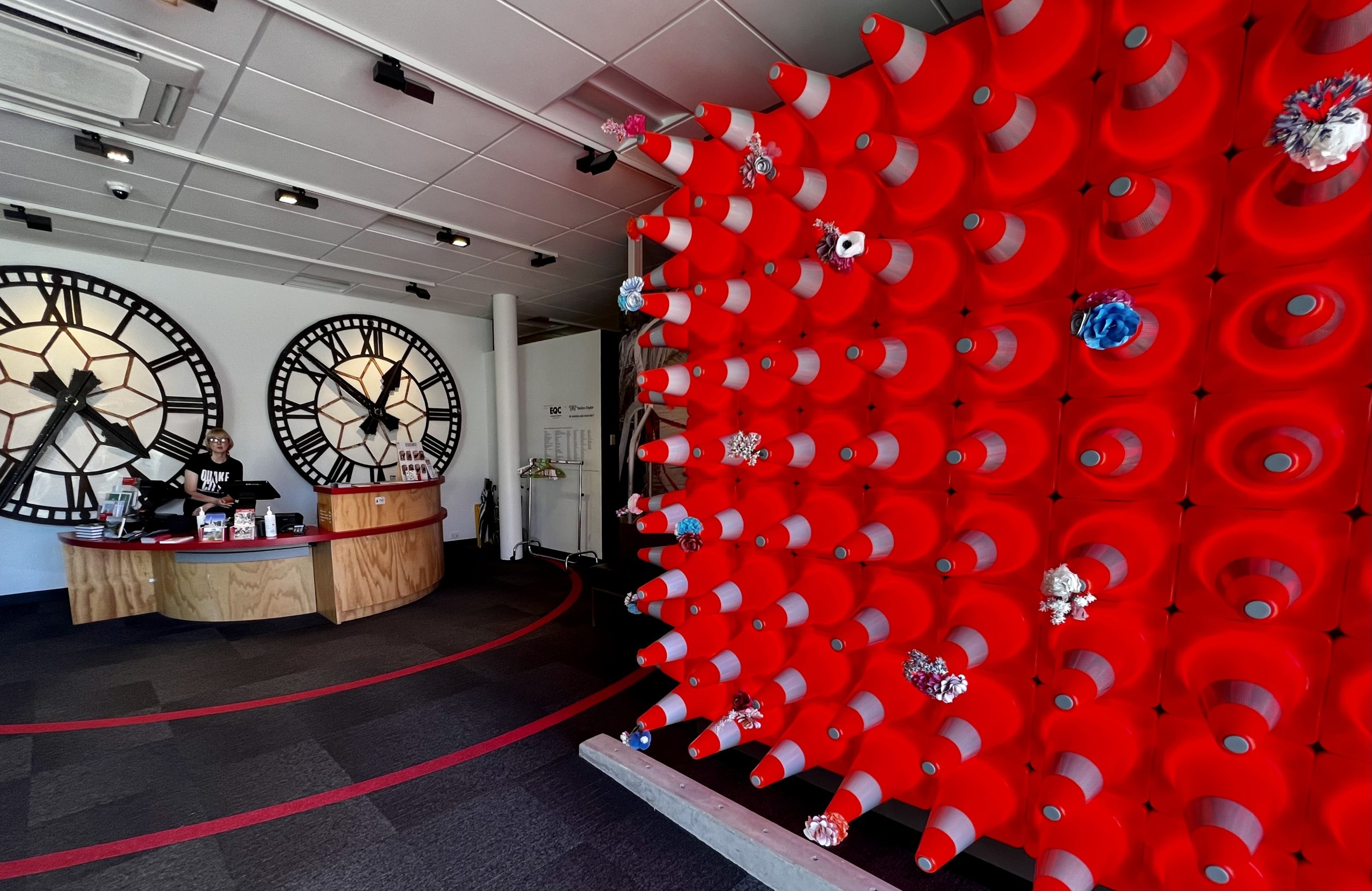
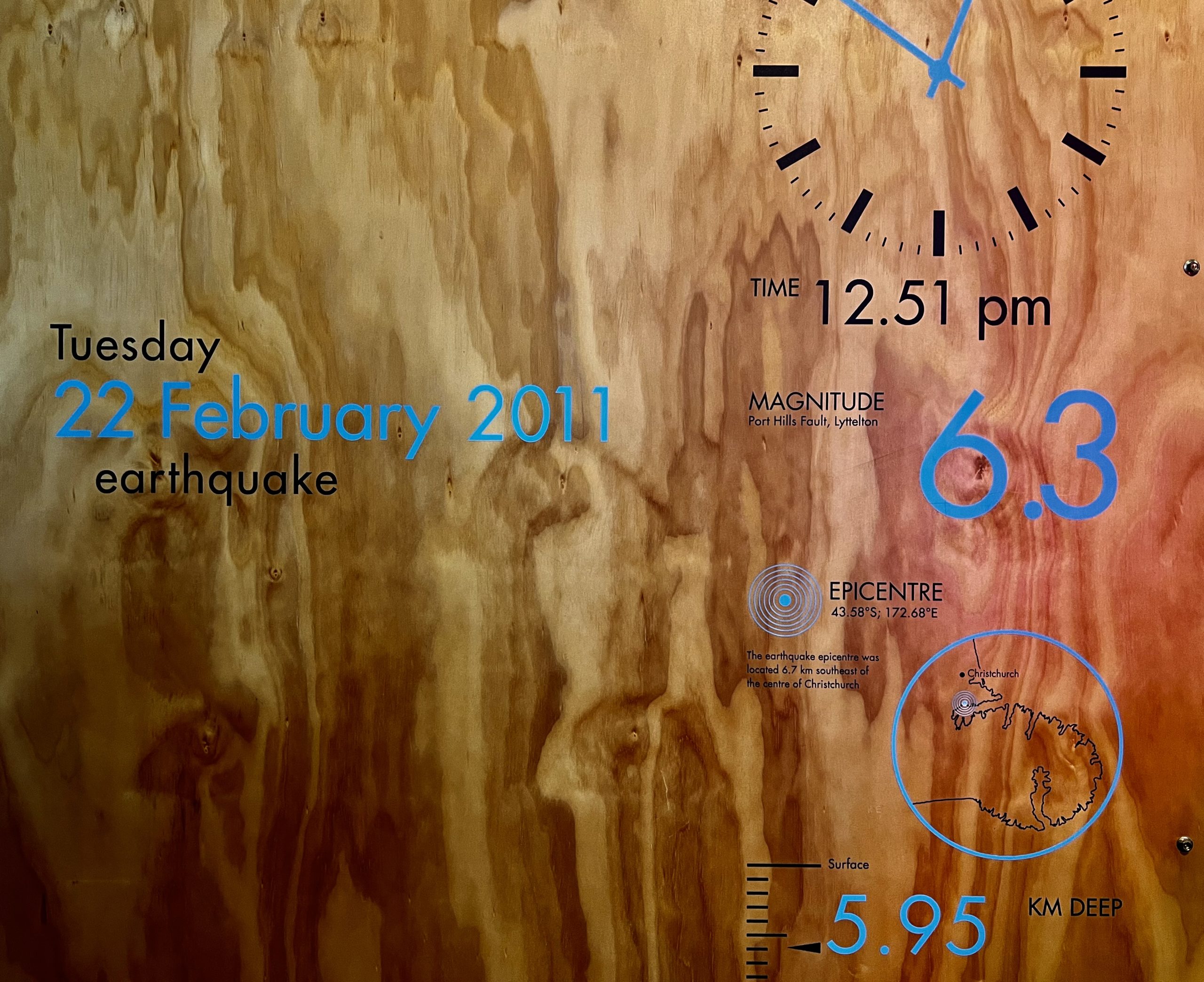
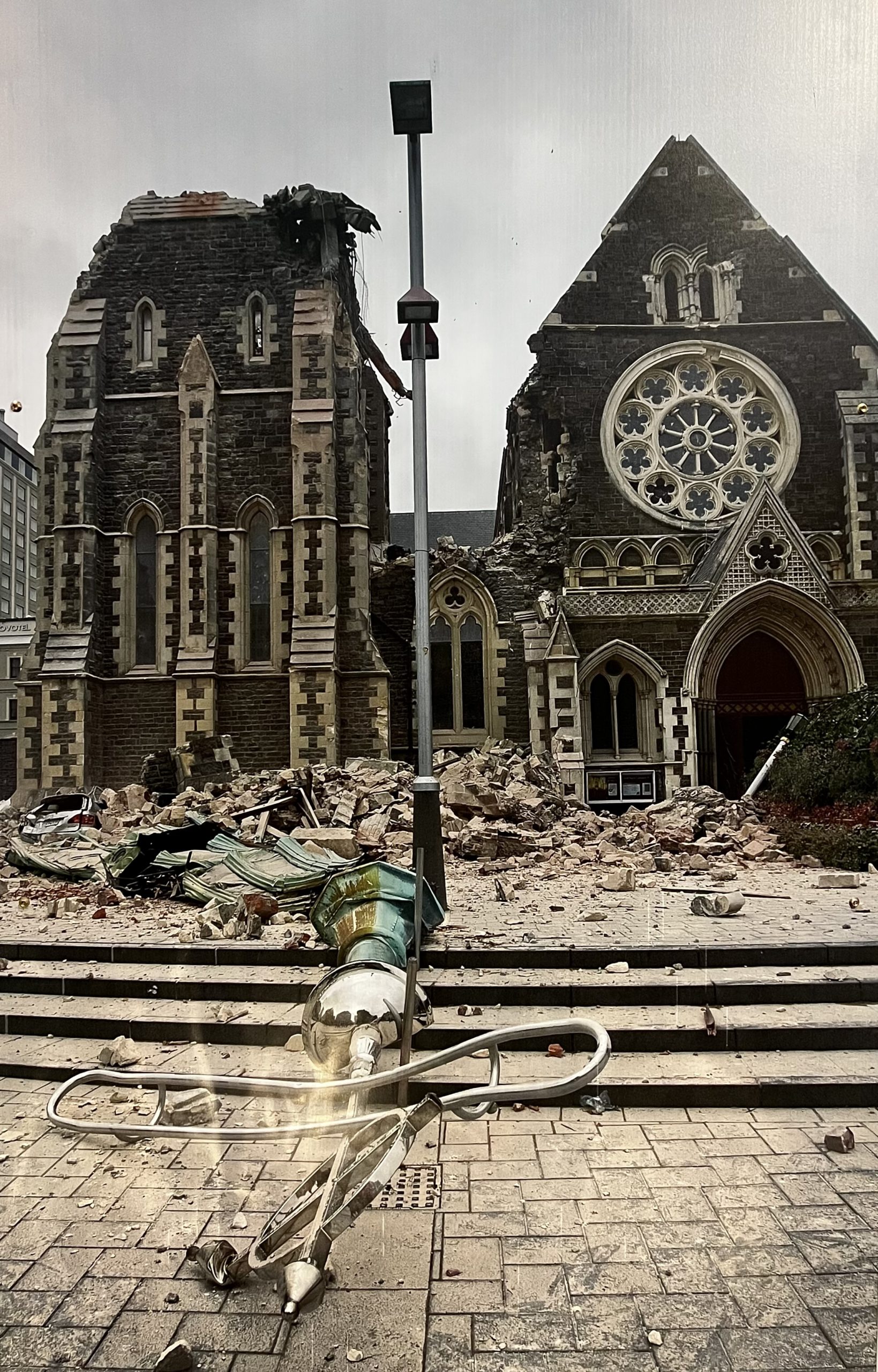
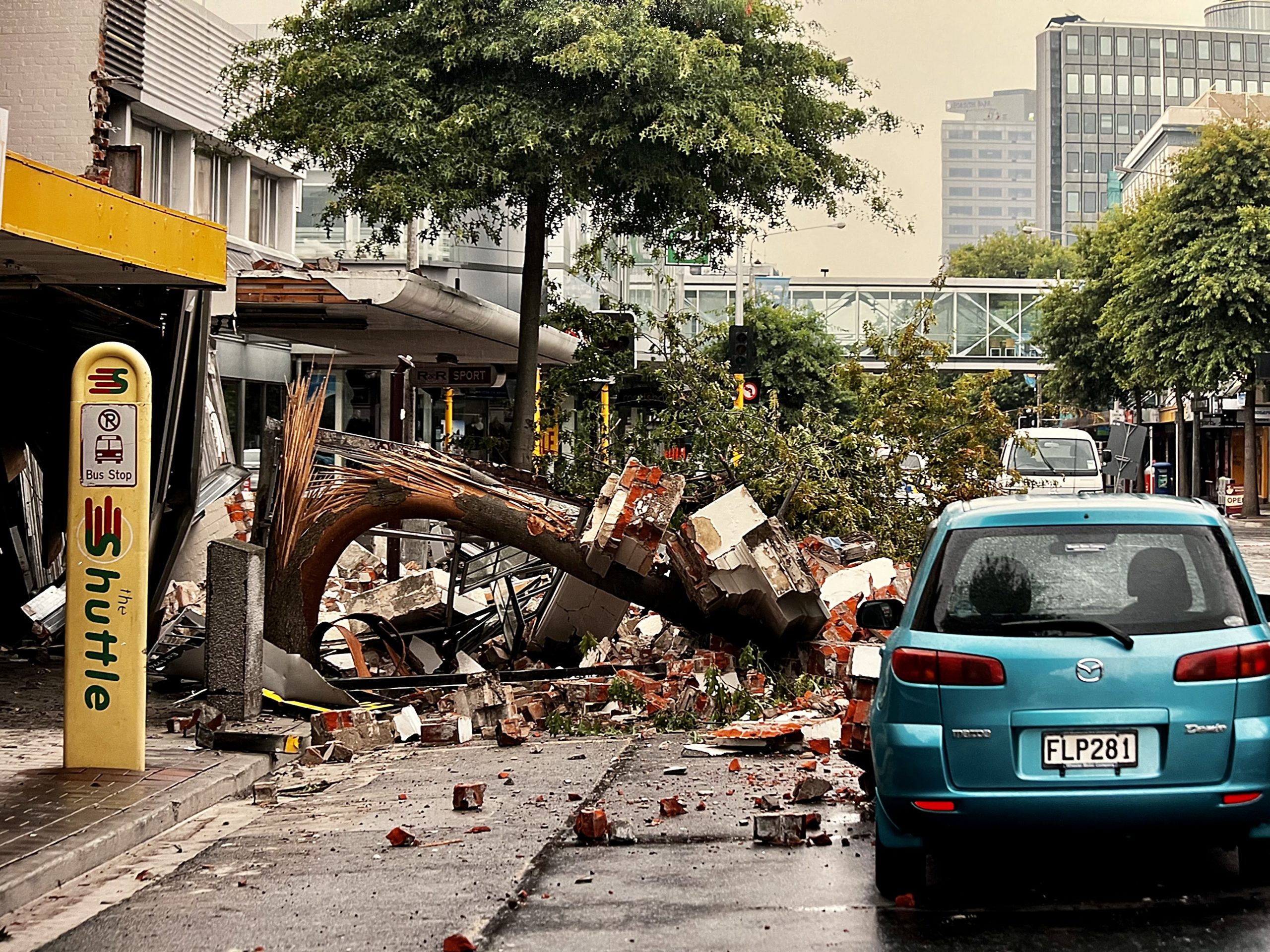
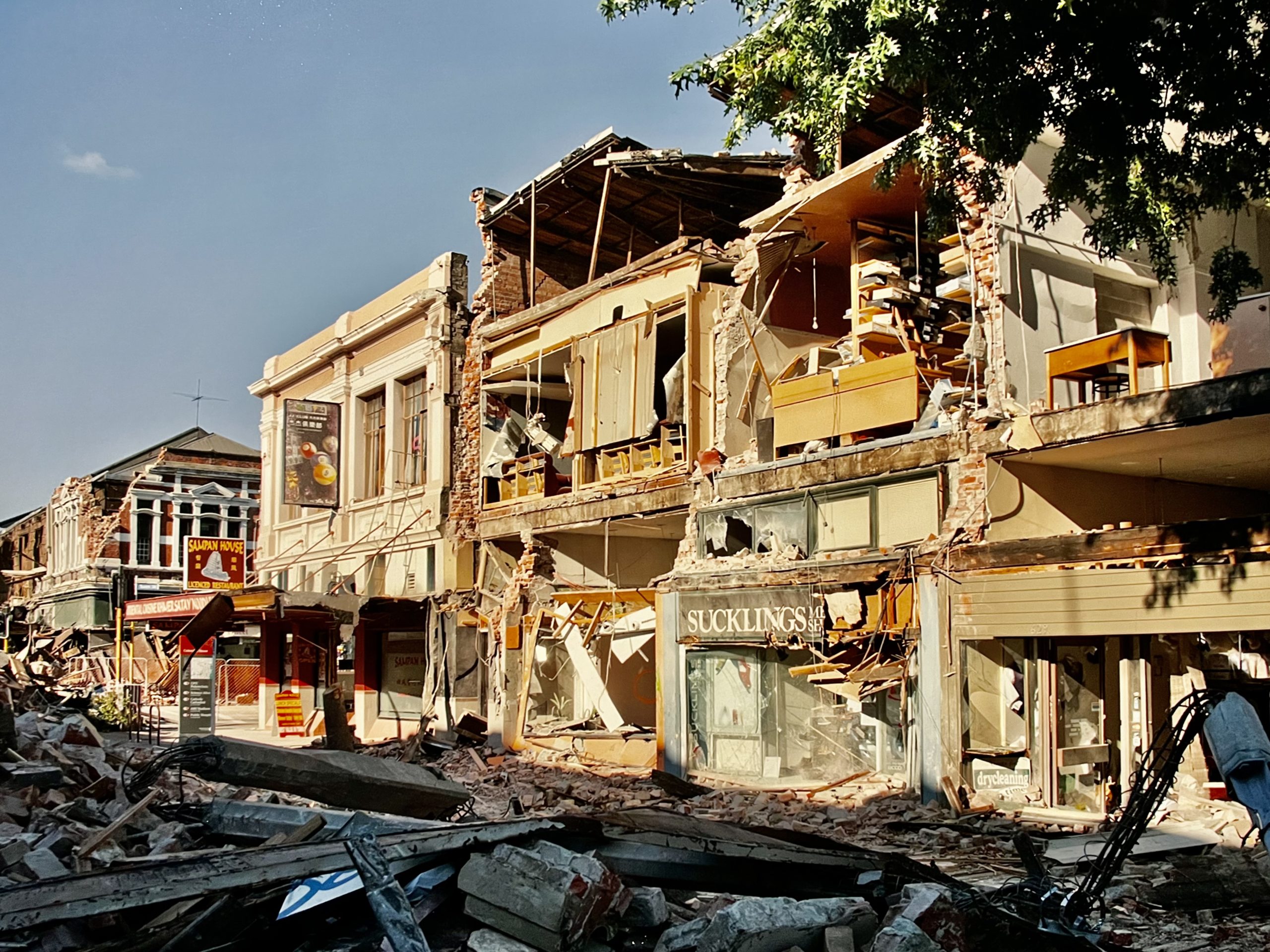
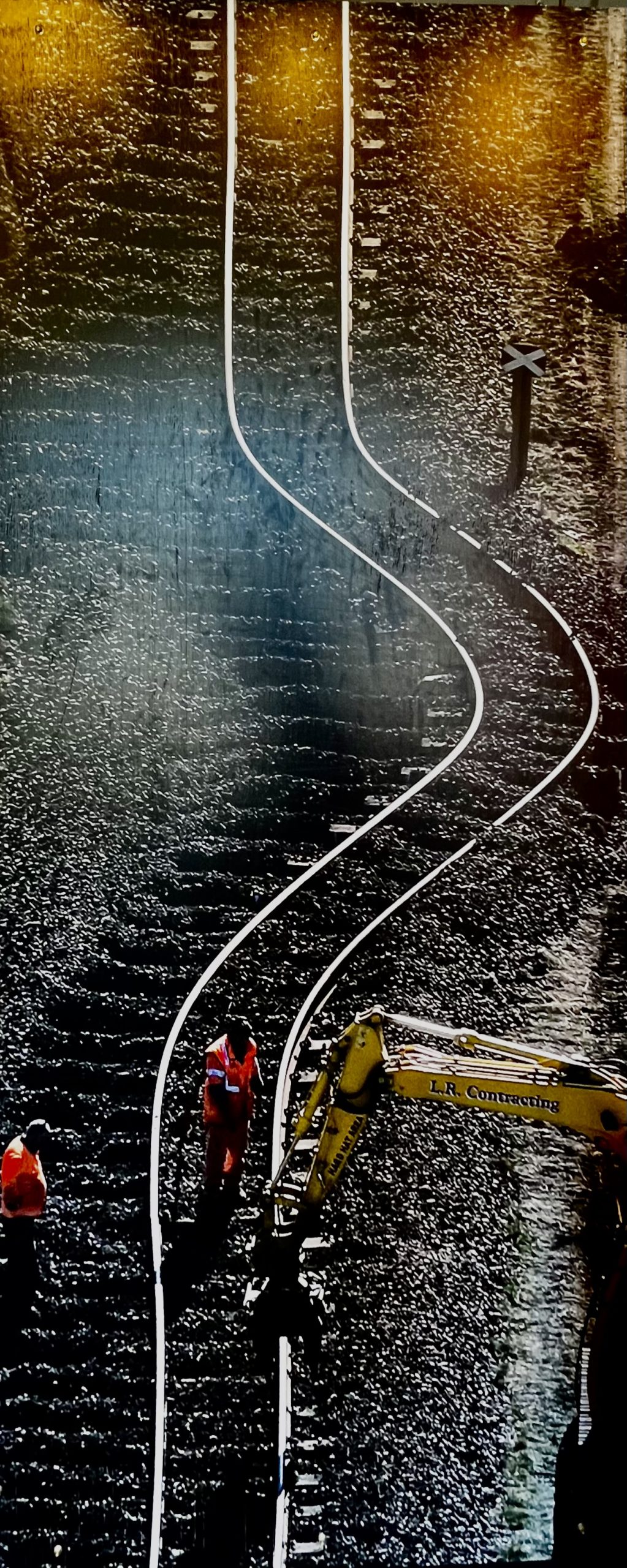
Christchurch Art Gallery
Bonnie was skeptical about the art gallery in such a small city, but we joined one of the daily curator tours and were immediately won over. Much of the art in New Zealand over the past century and a half has focused on the landscape. The collection of prints and paintings is less experimental than what we see at SFMOMA but much more approachable. In addition we saw an overhead installation of kitchen chairs and tables pierced with neon tubes that had been created for the Venice Biennale. Delightful.
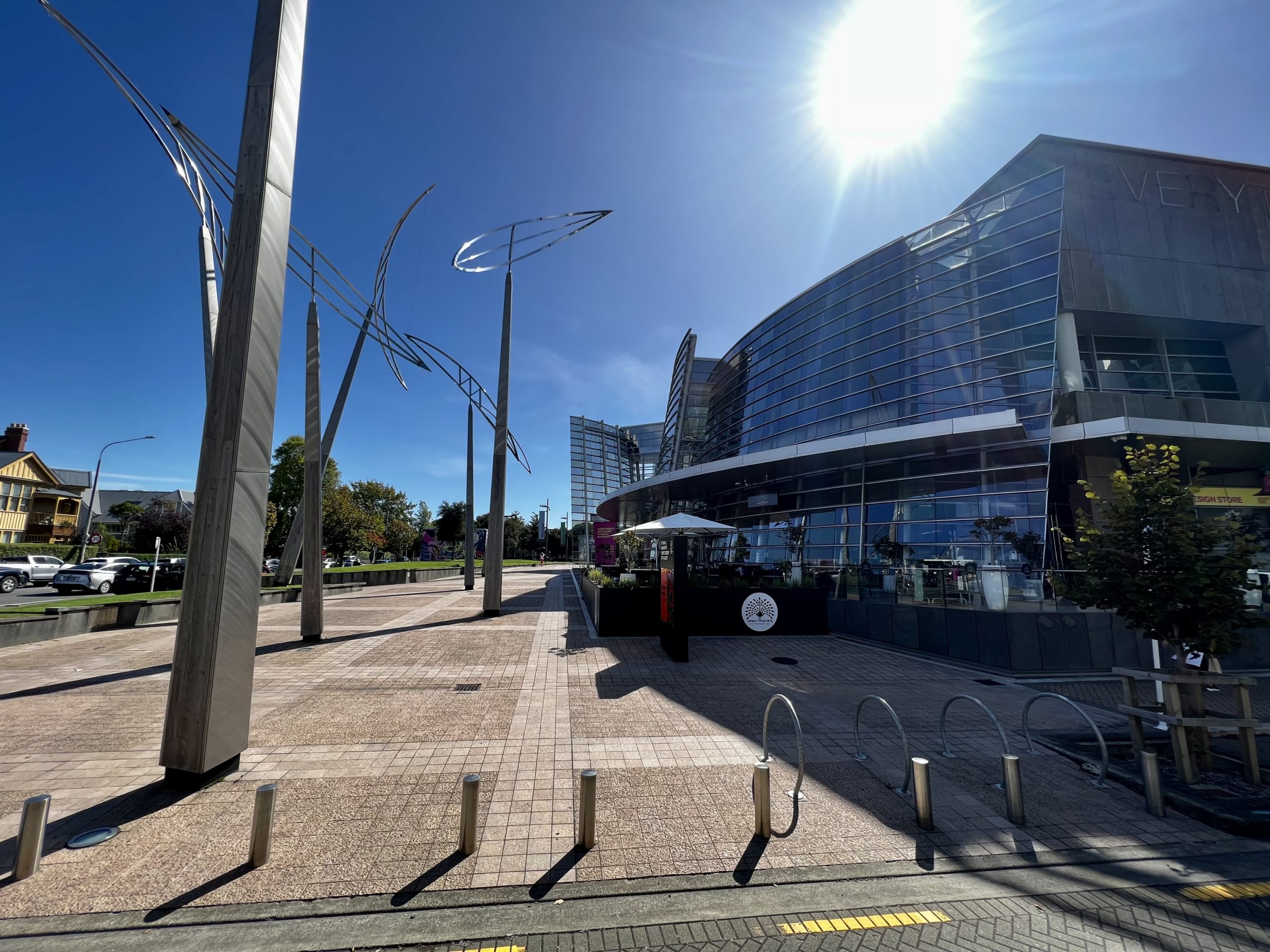
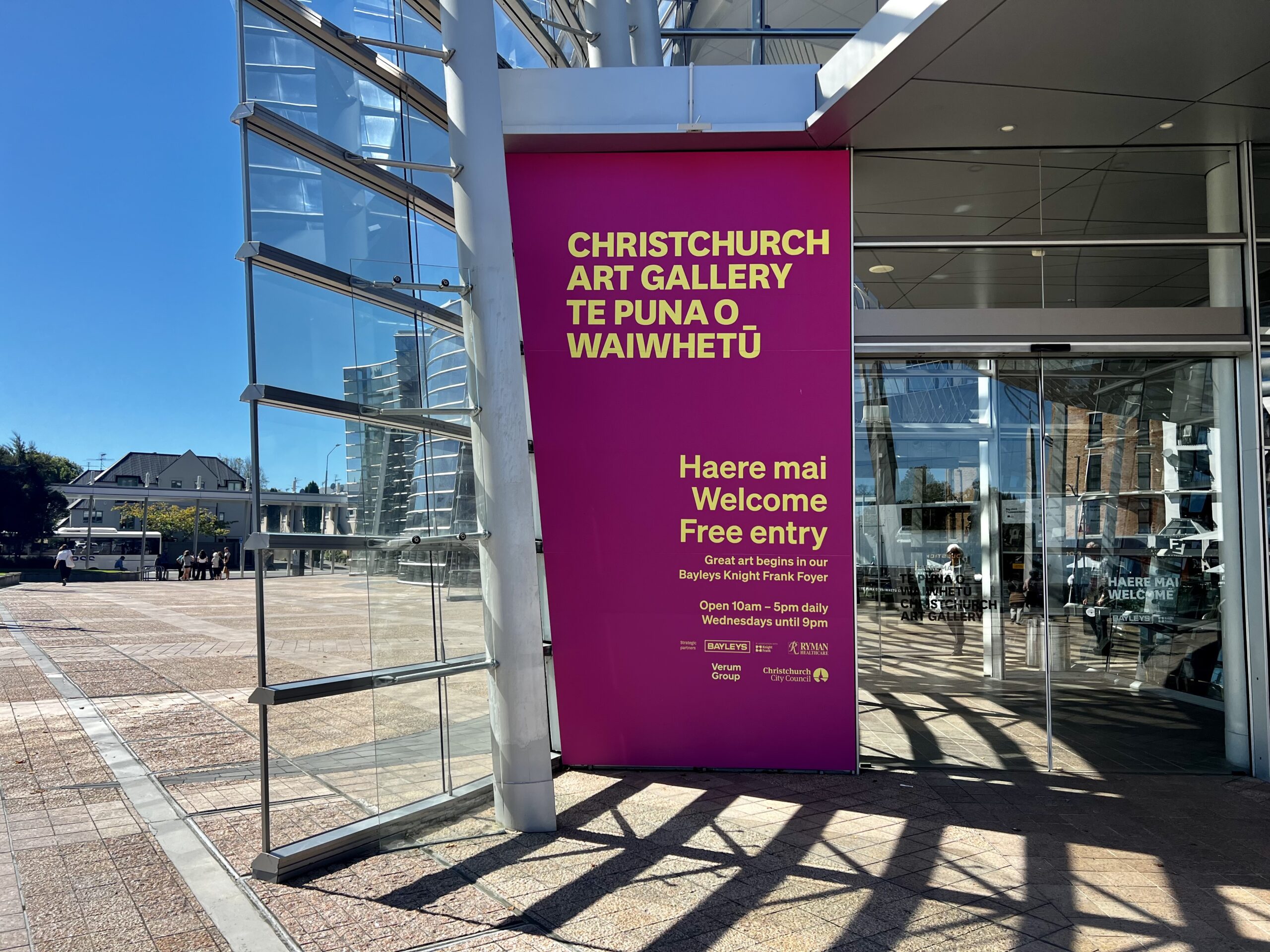
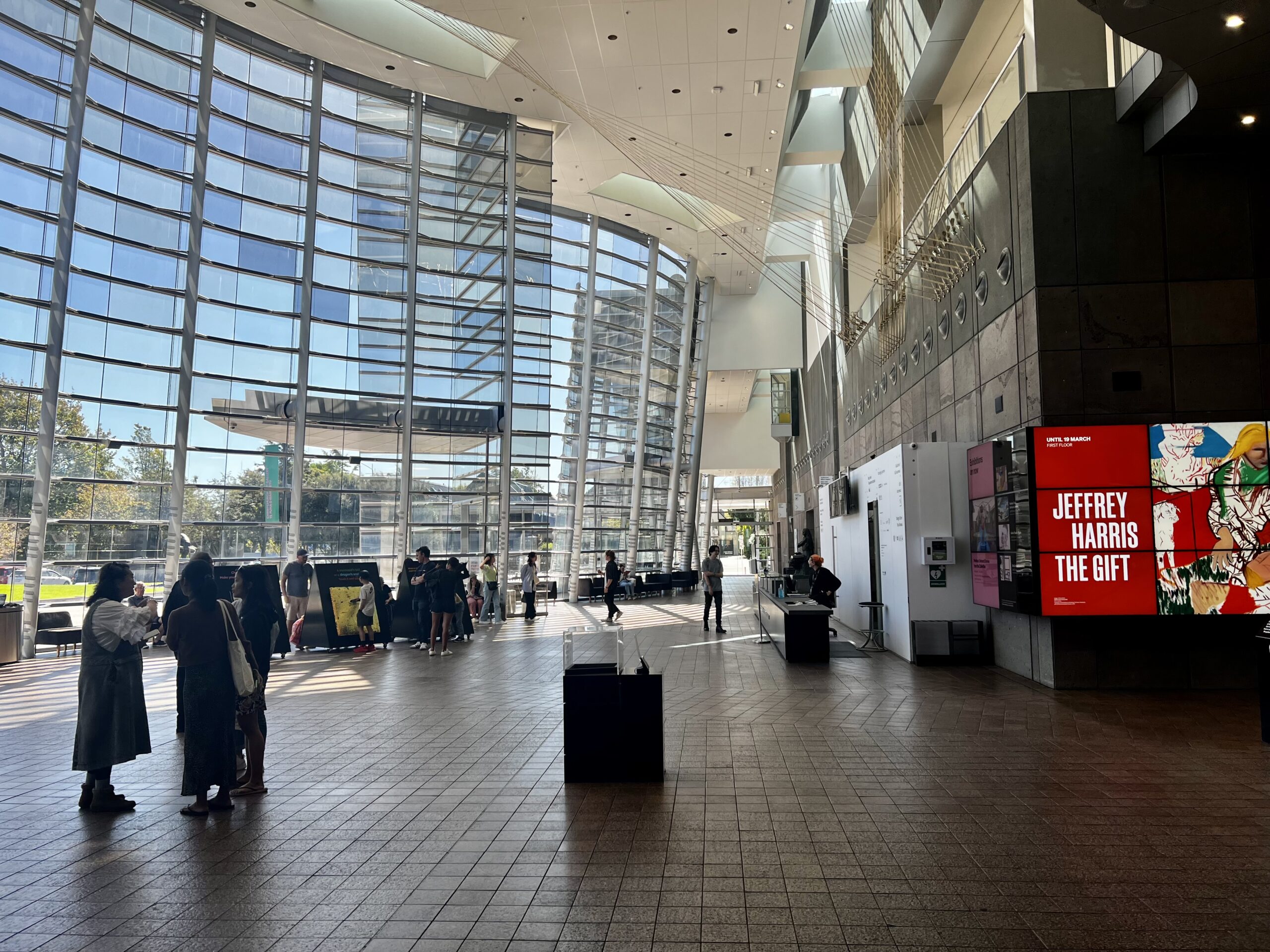
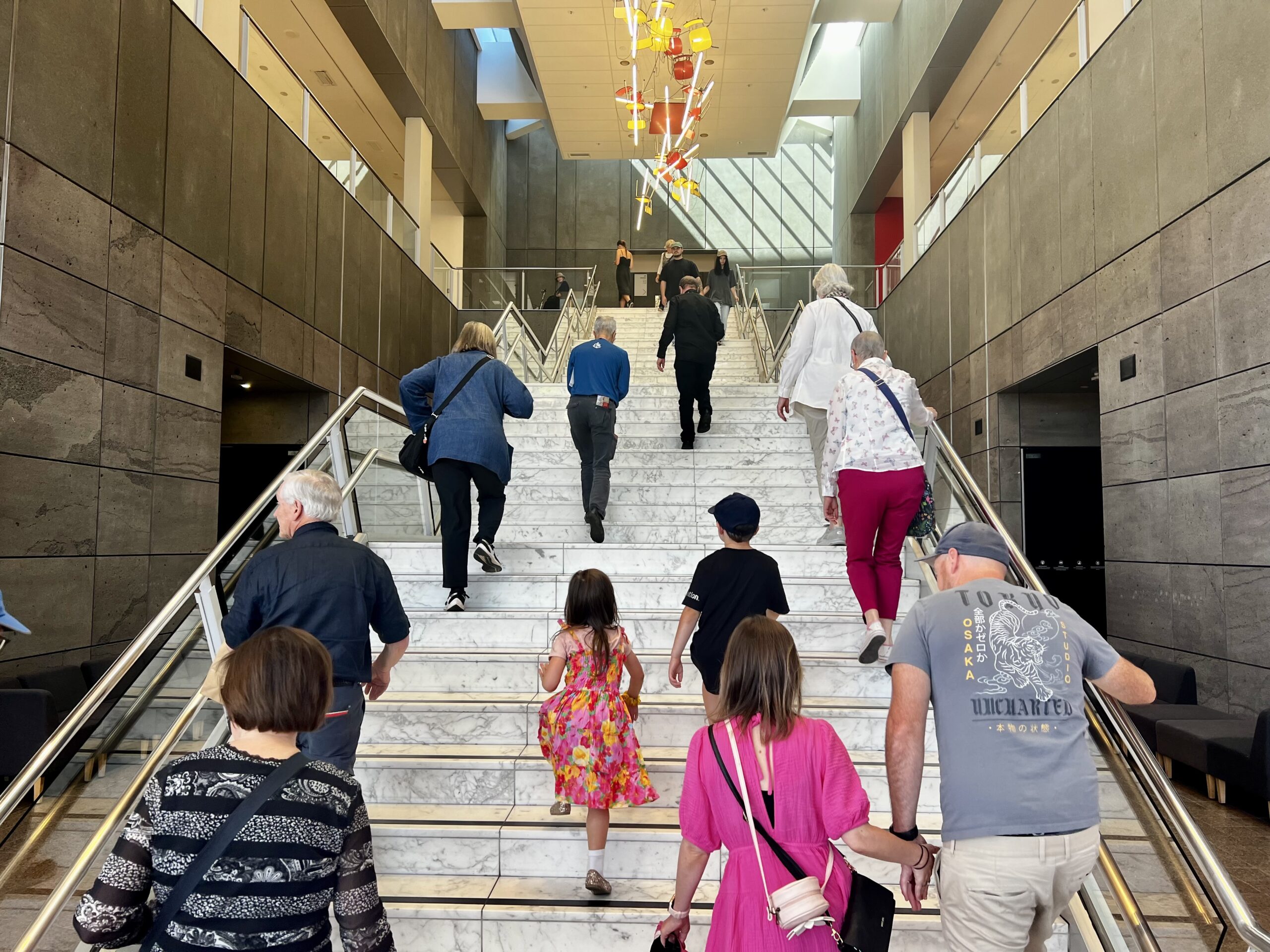
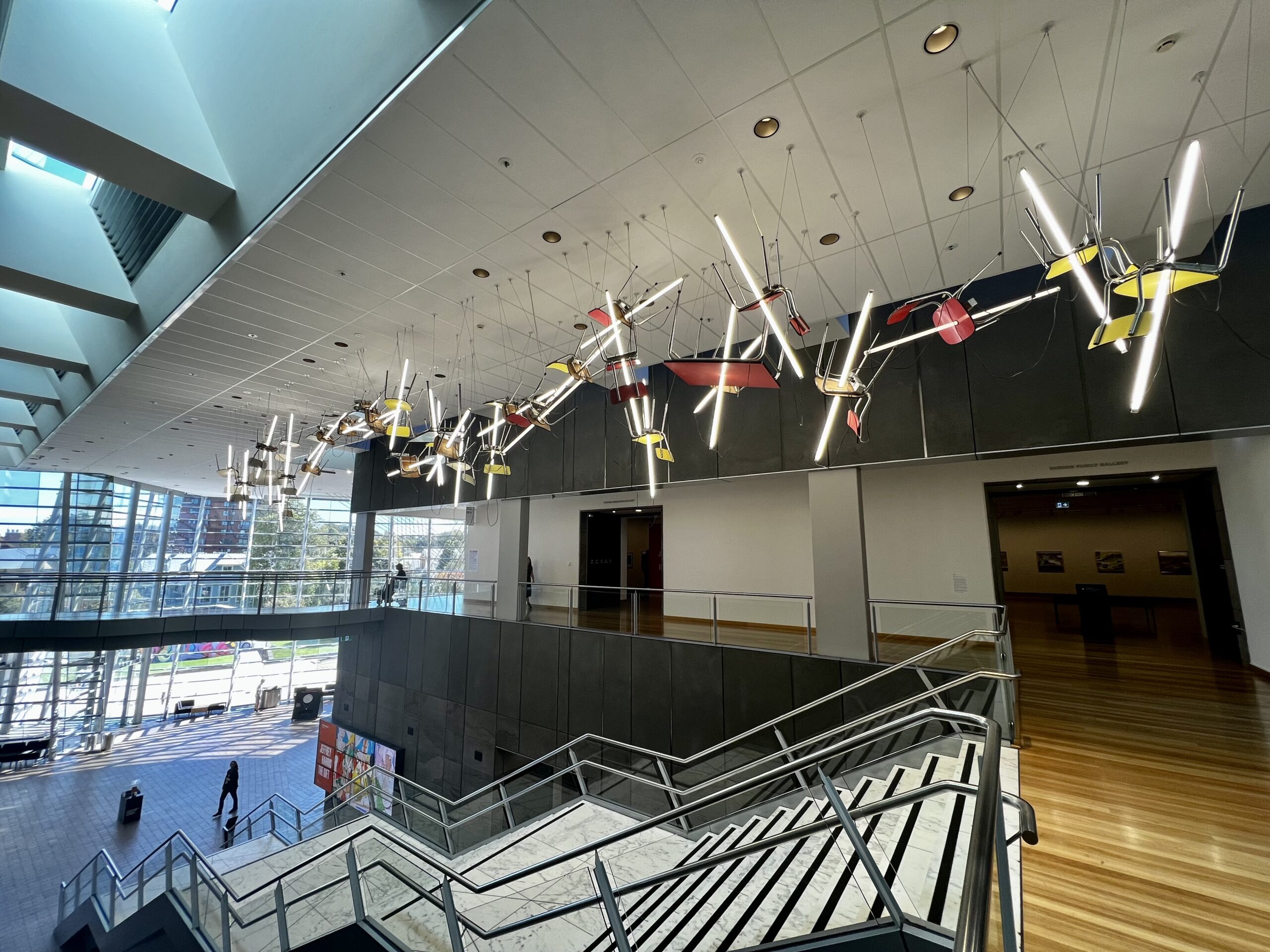
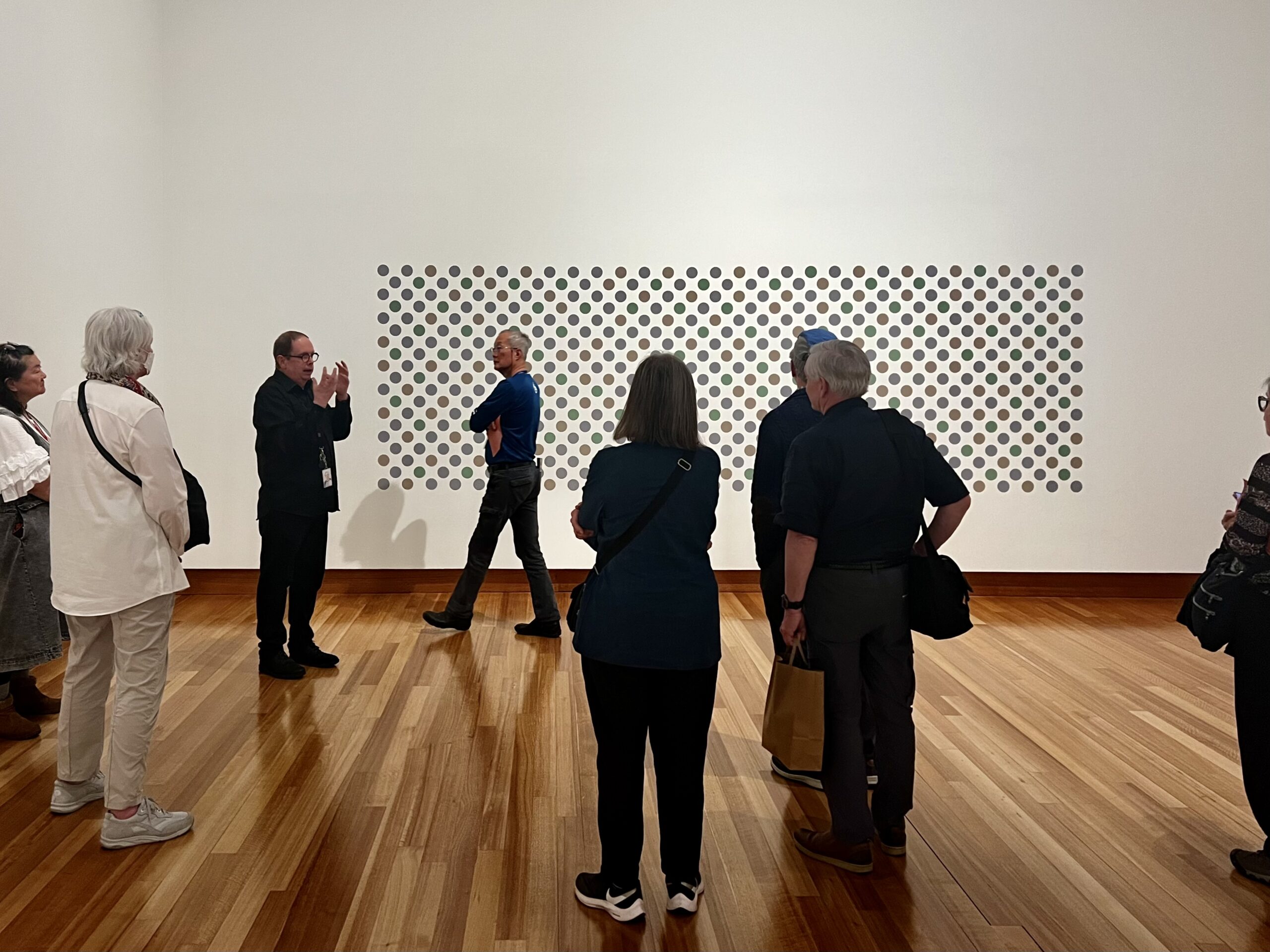
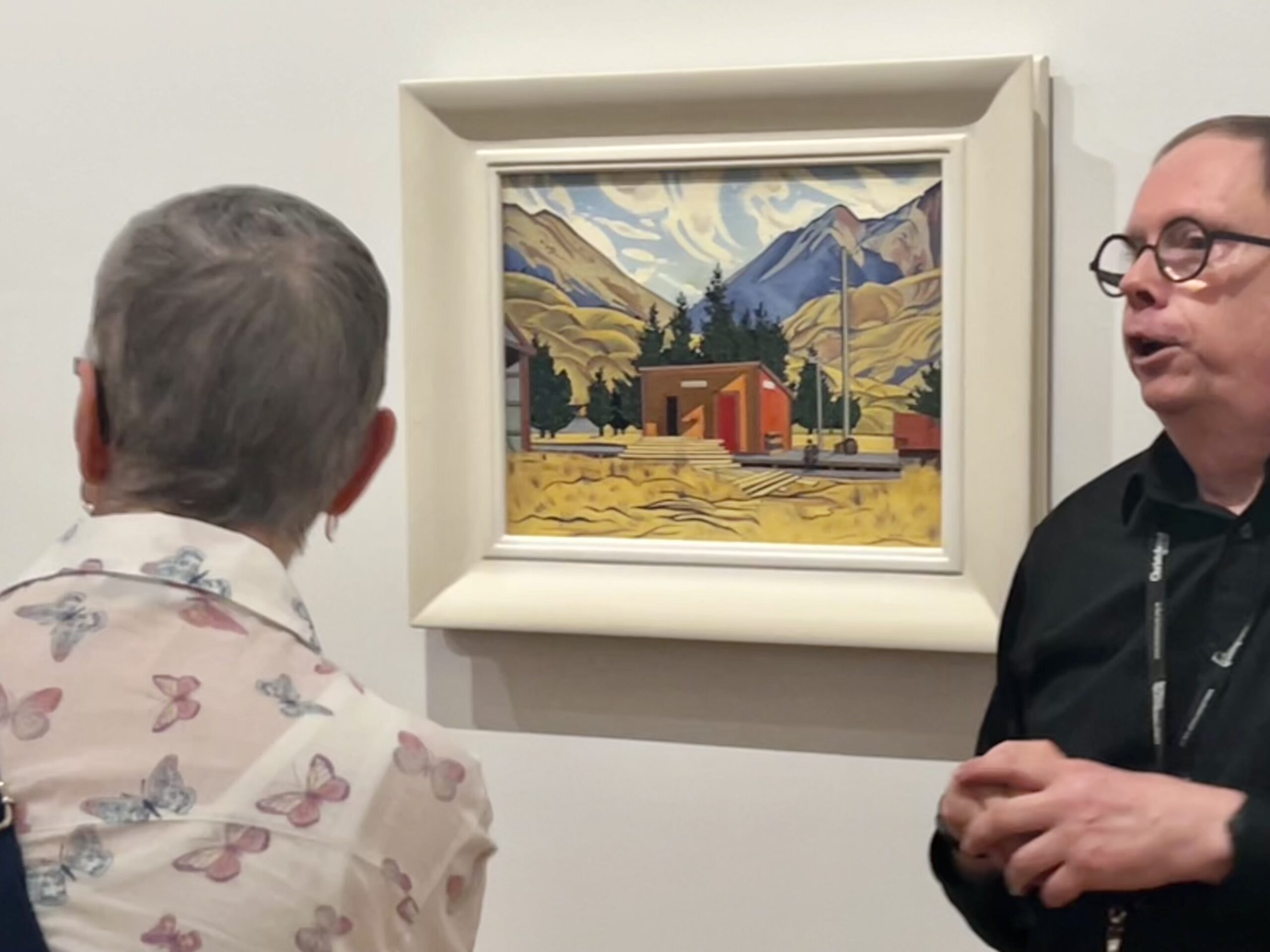
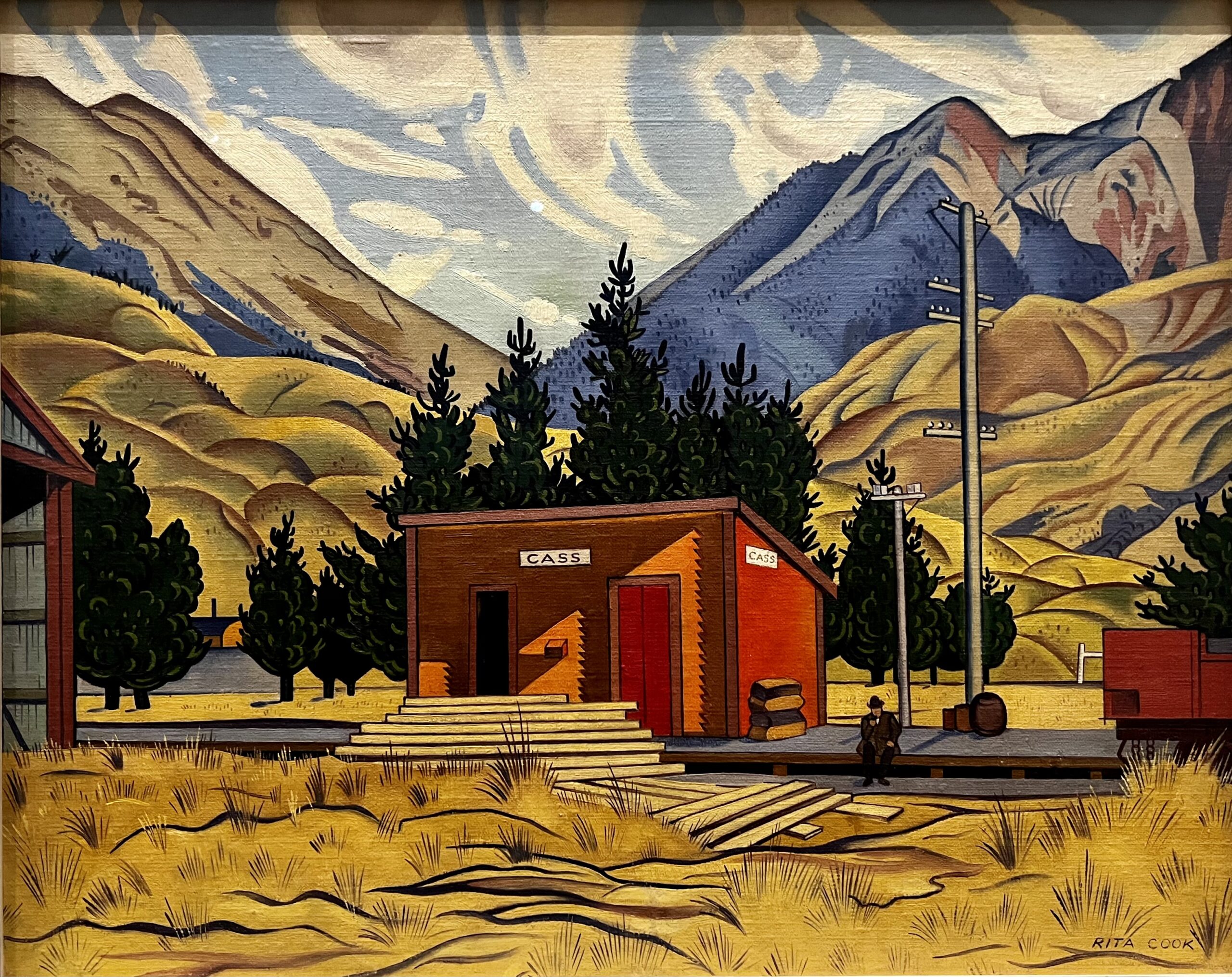
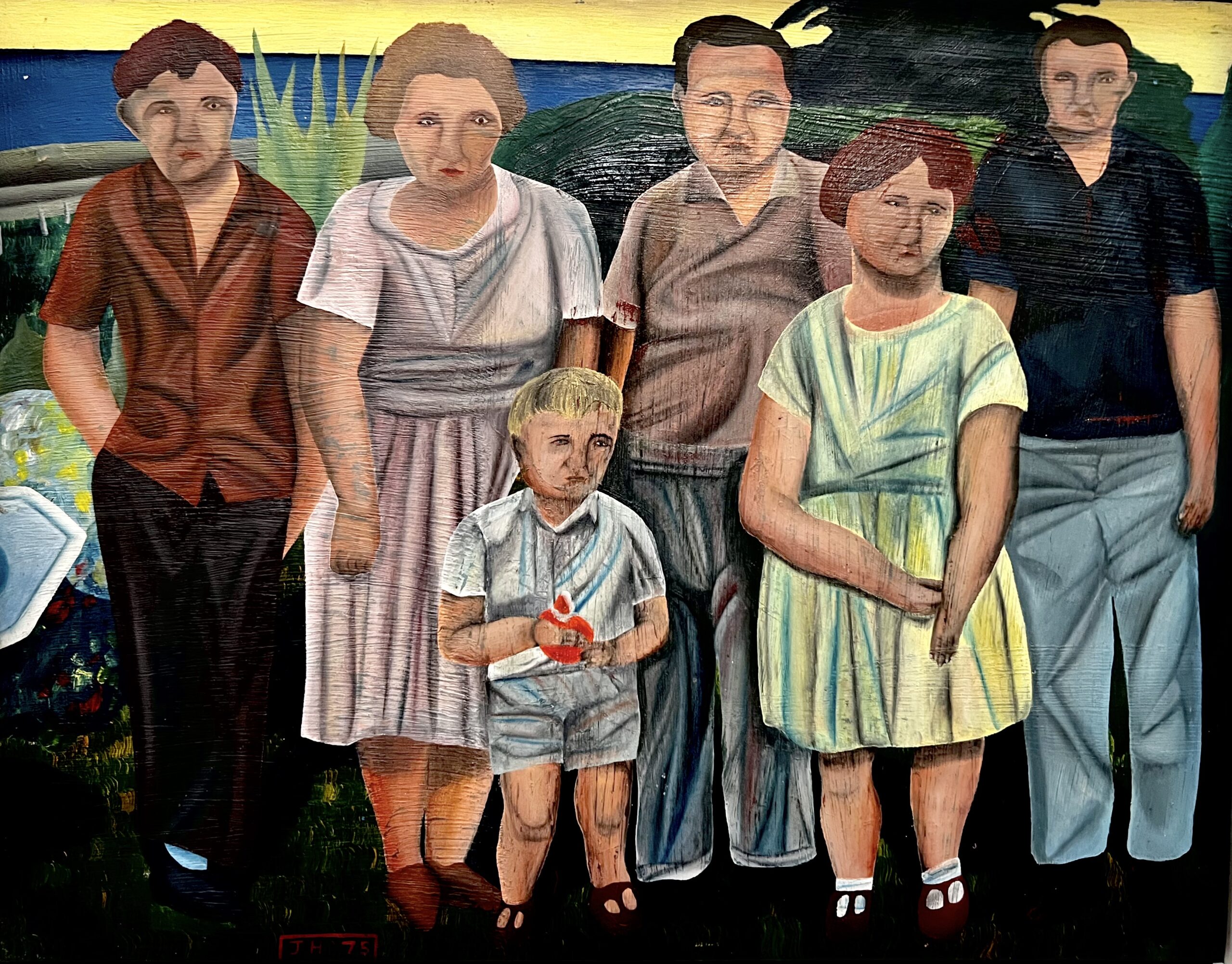
Fashion Report
Saturday night in downtown Christchurch: dresses, dresses, dresses. Long and short. Lot of flowered fabrics. Lots of cleavage. Loose tiered dresses are especially popular in this mild weather at the end of summer. Black and white gingham is everywhere; in one busy block Bonnie saw three gingham dresses at the same time. Absolutely no high heels except in store windows. Some Birkenstocks and a few other sandals, but mostly sneakers of all kinds.
Downtown Christchurch is also a good place to load up on New Zealand brands. In California we know Smartwool and Icebreaker. Here there is also Mons Royals, Kathmandu (with an H), Macpac, and probably many more. They all carry a full array of nicely designed outdoor clothes in fleece and goretex. They have backpacks, hiking shoes, water bottles, and everything you would find at REI. Robert bought some more fishing shirts—one in aqua. Bonnie got a quarter-zip fleece in dark sage.
Food and Beer
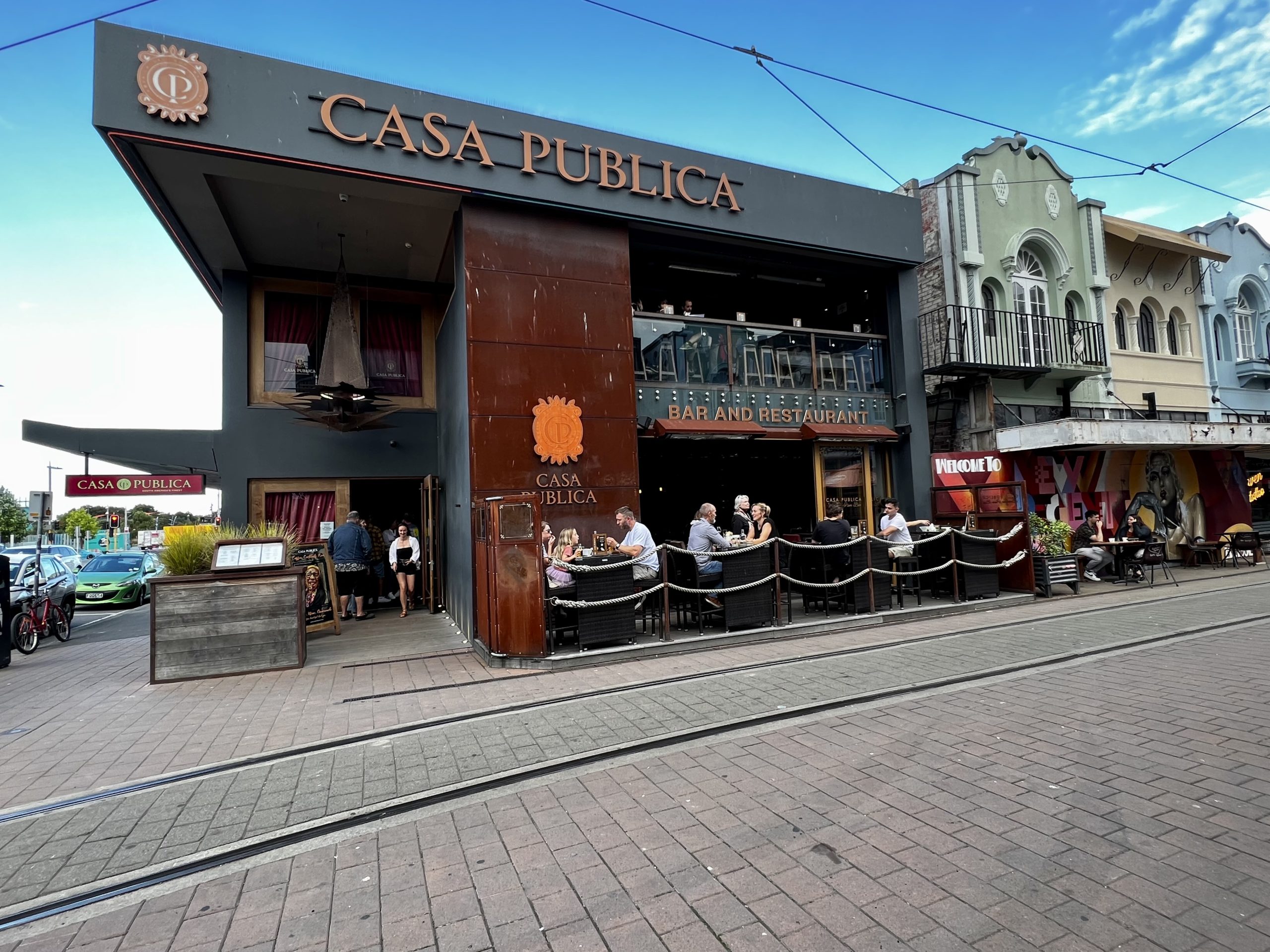
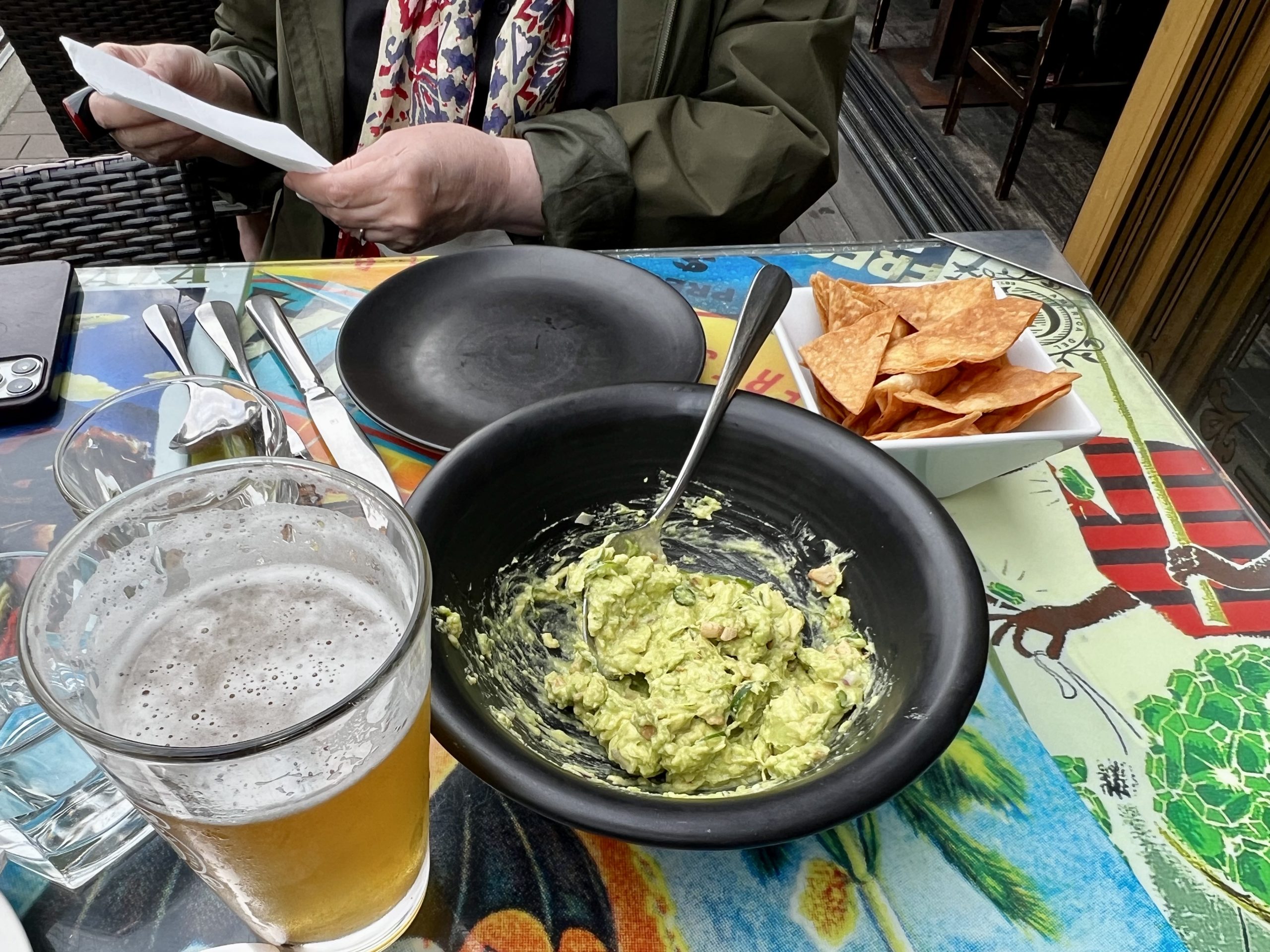
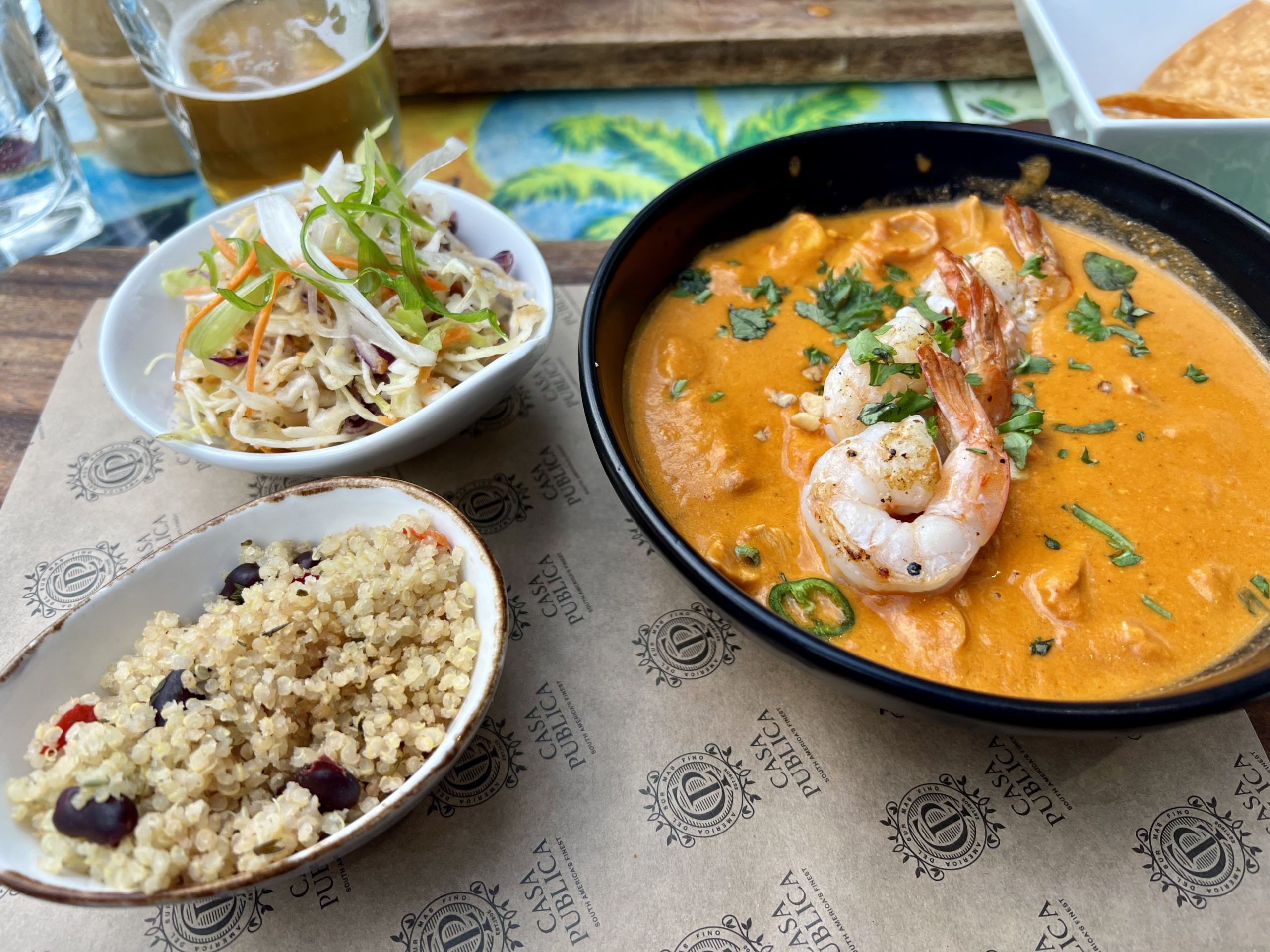
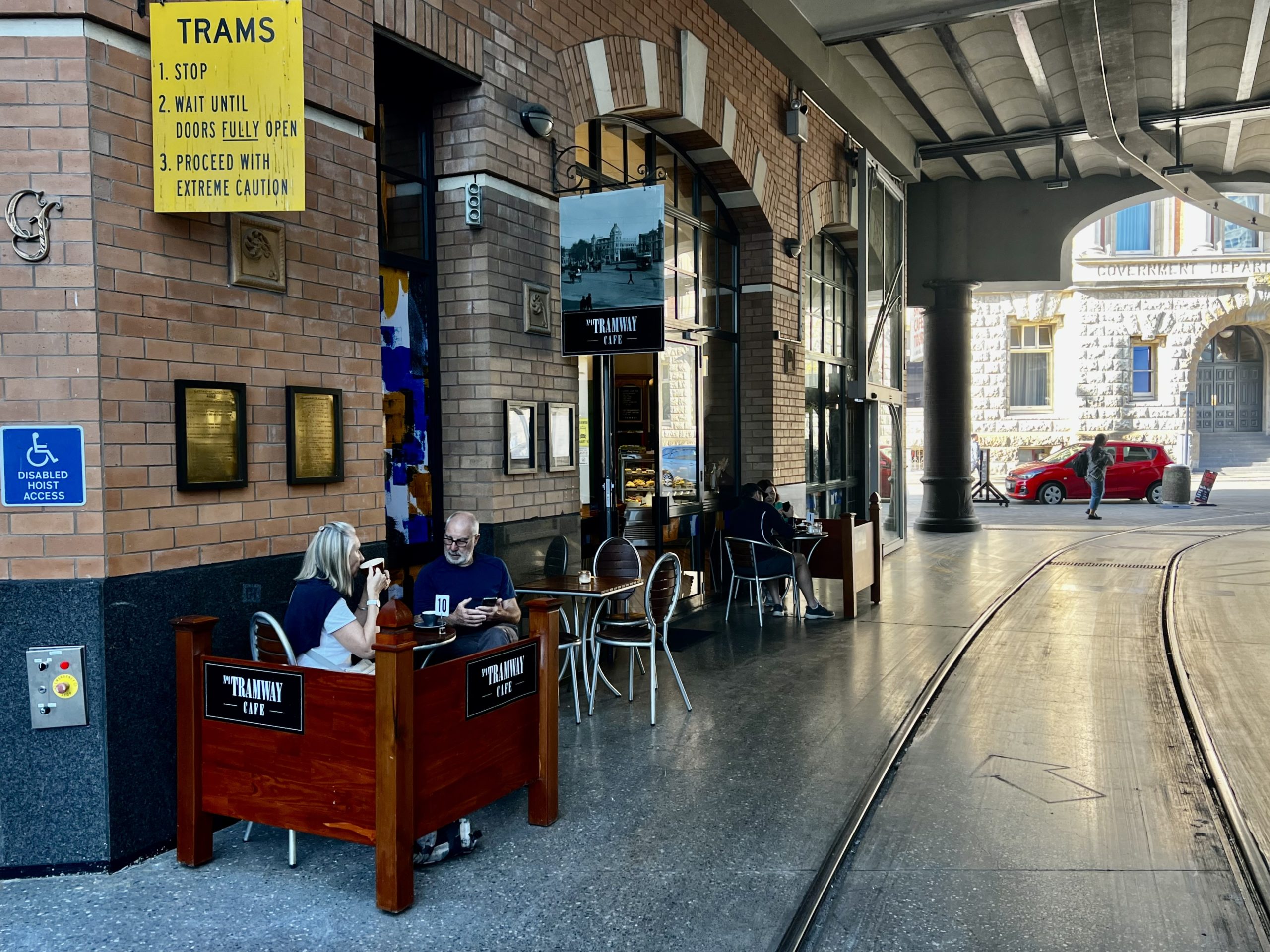
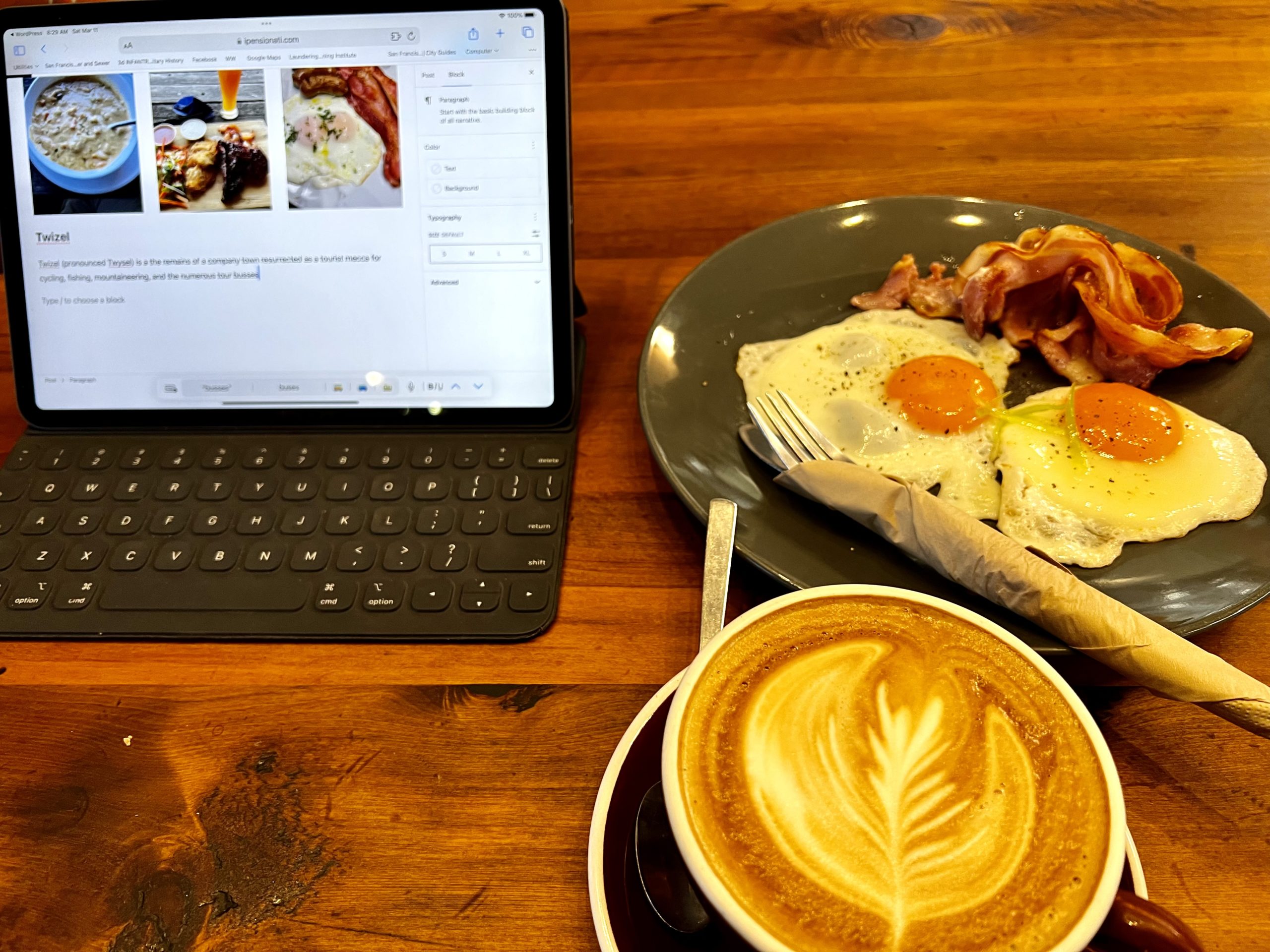
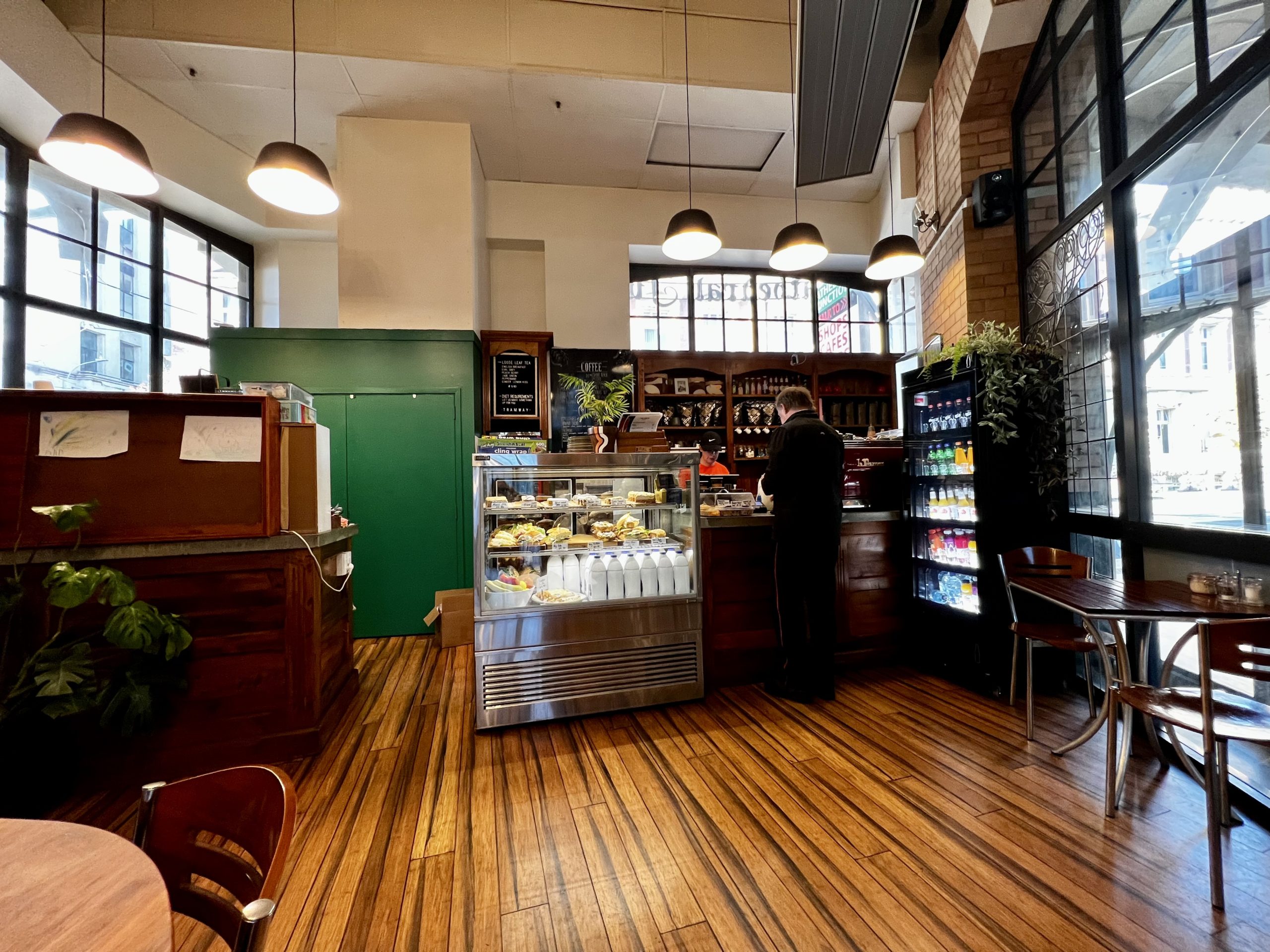
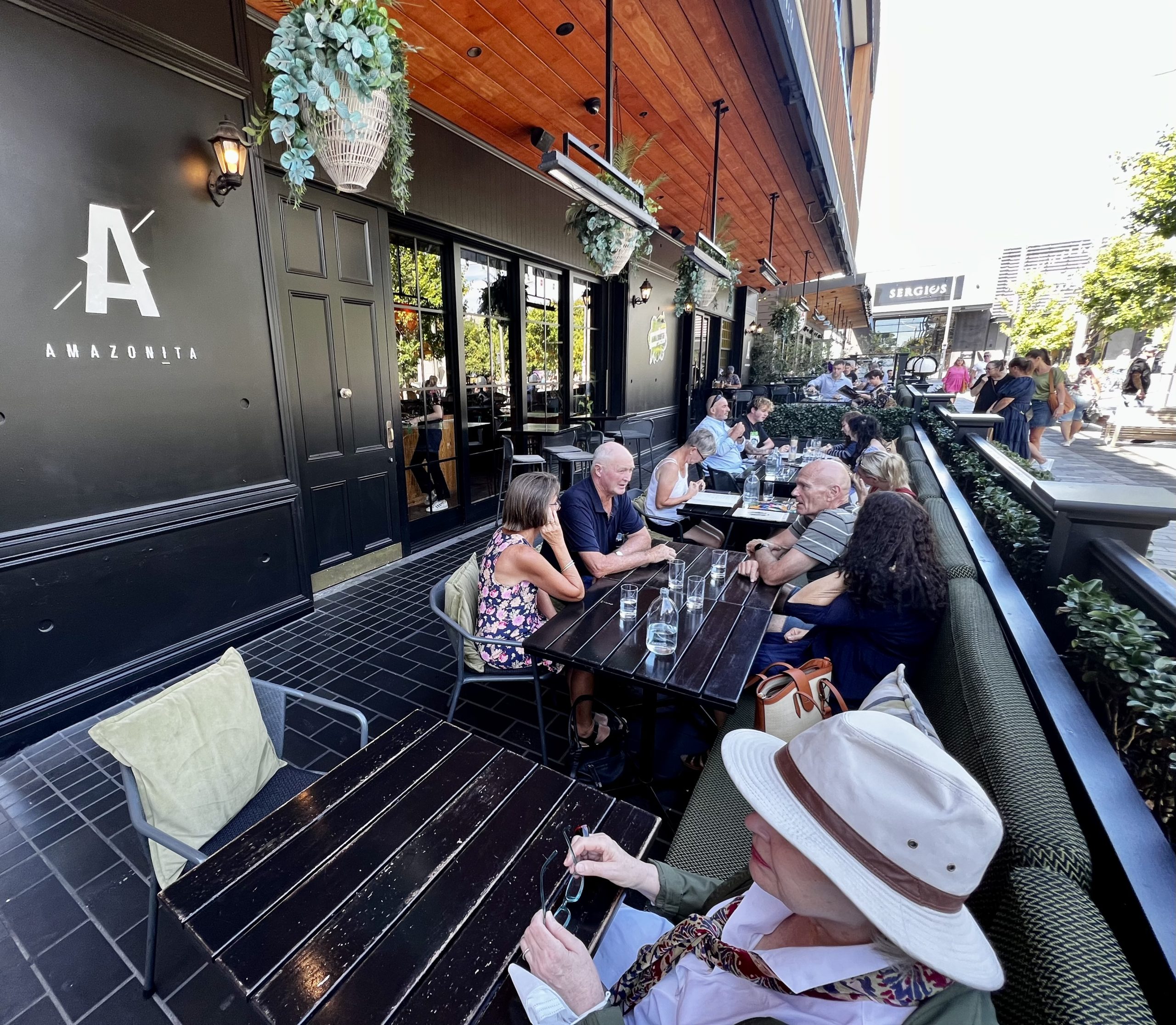
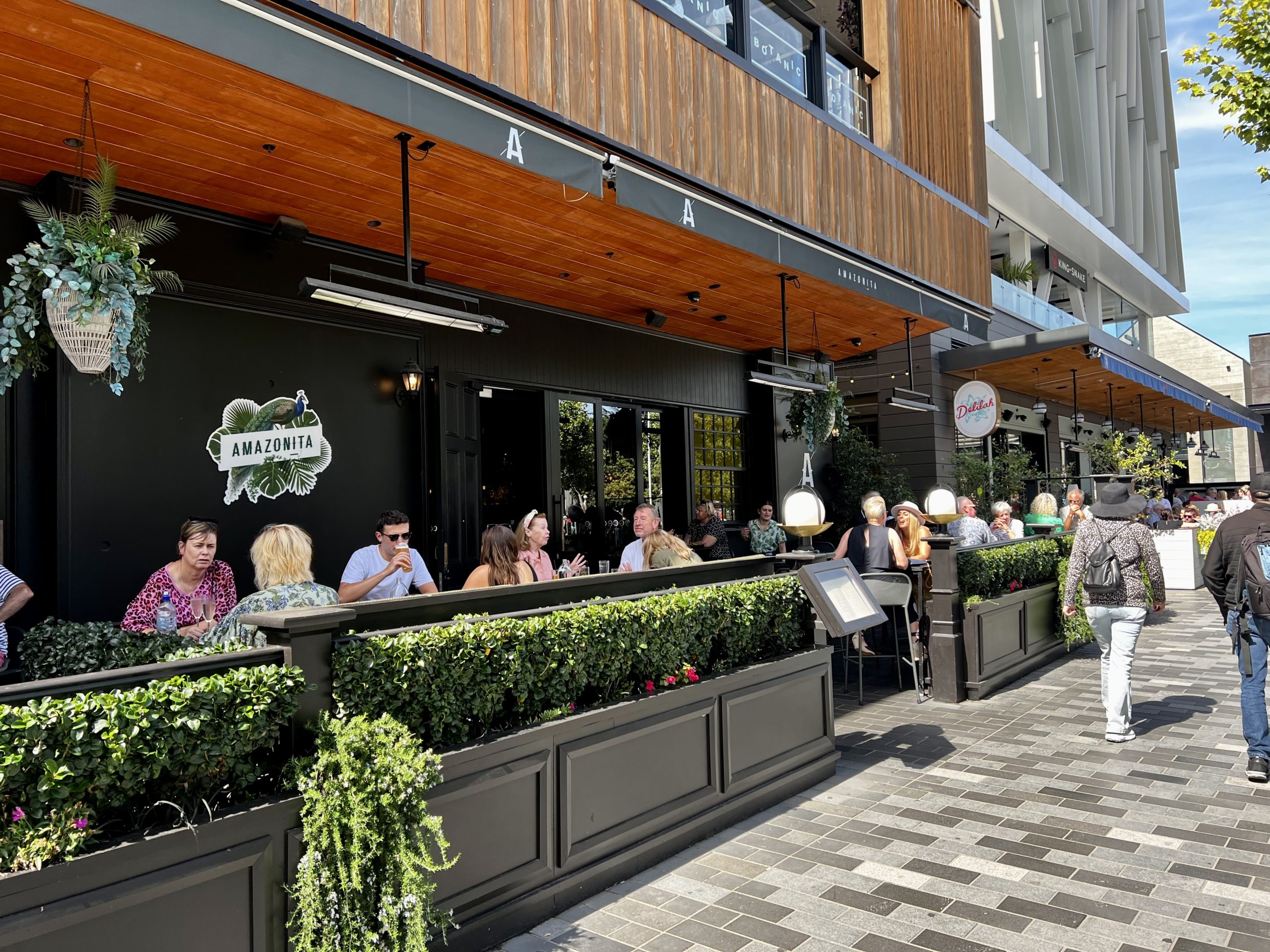
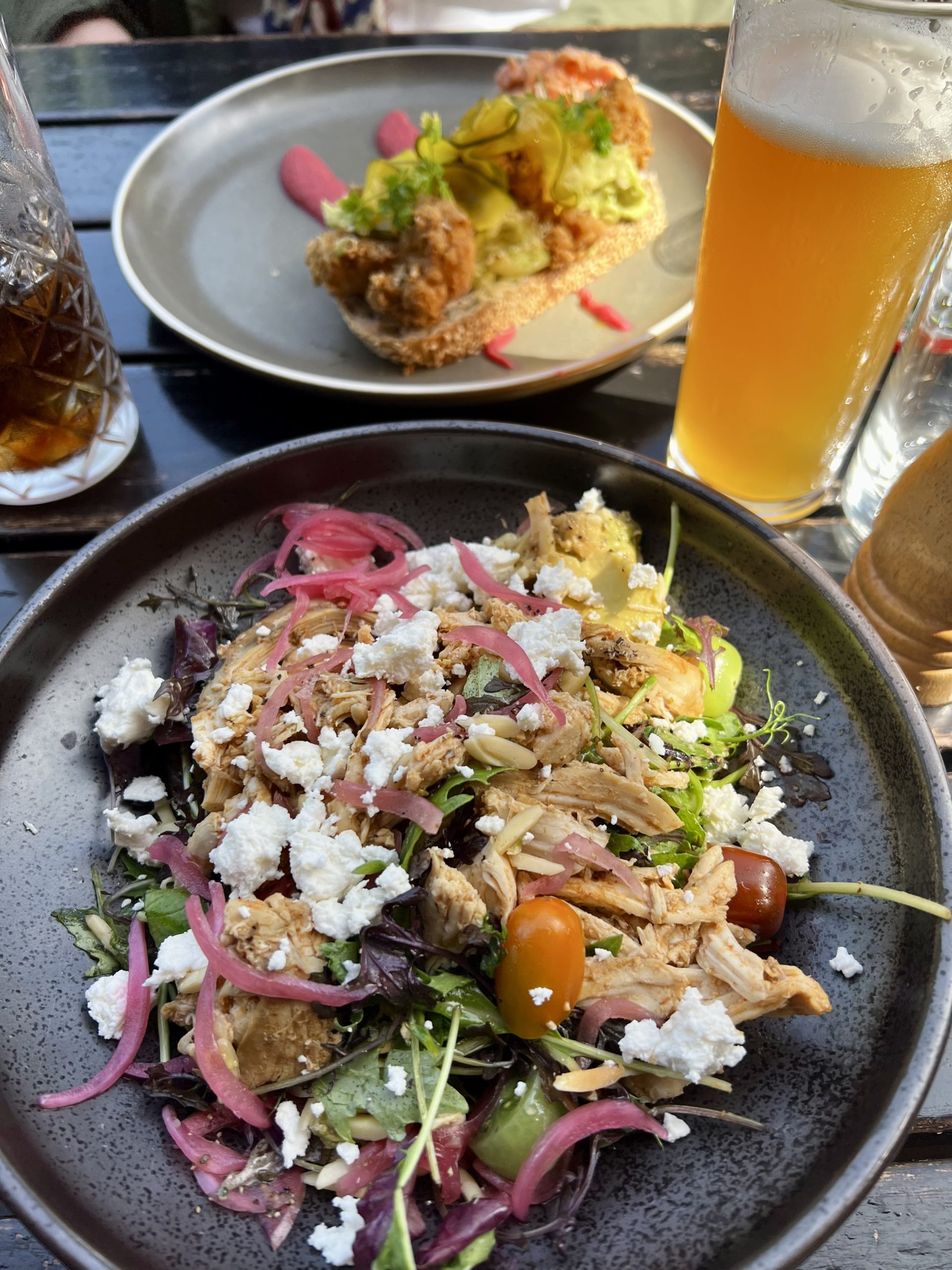
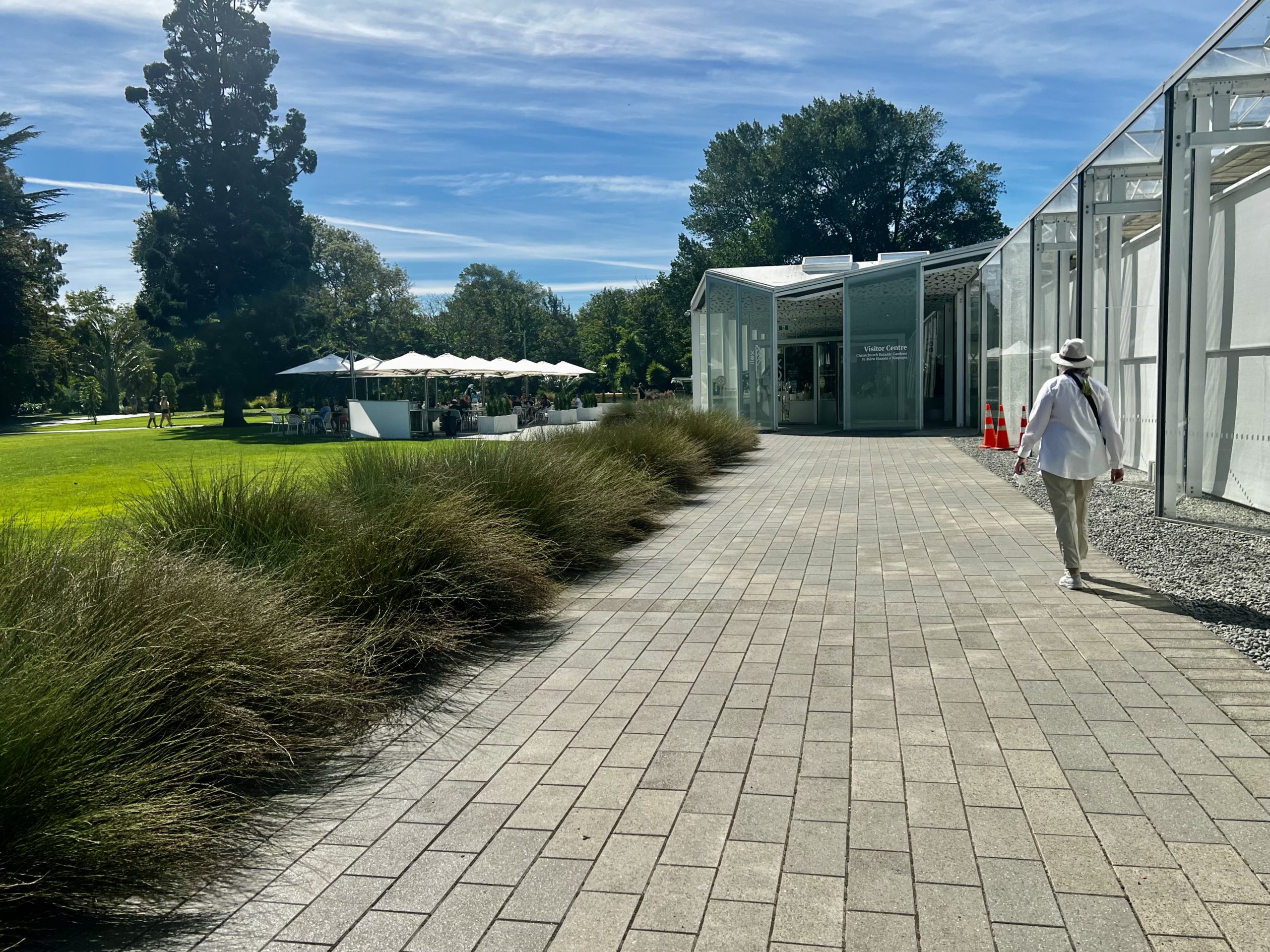
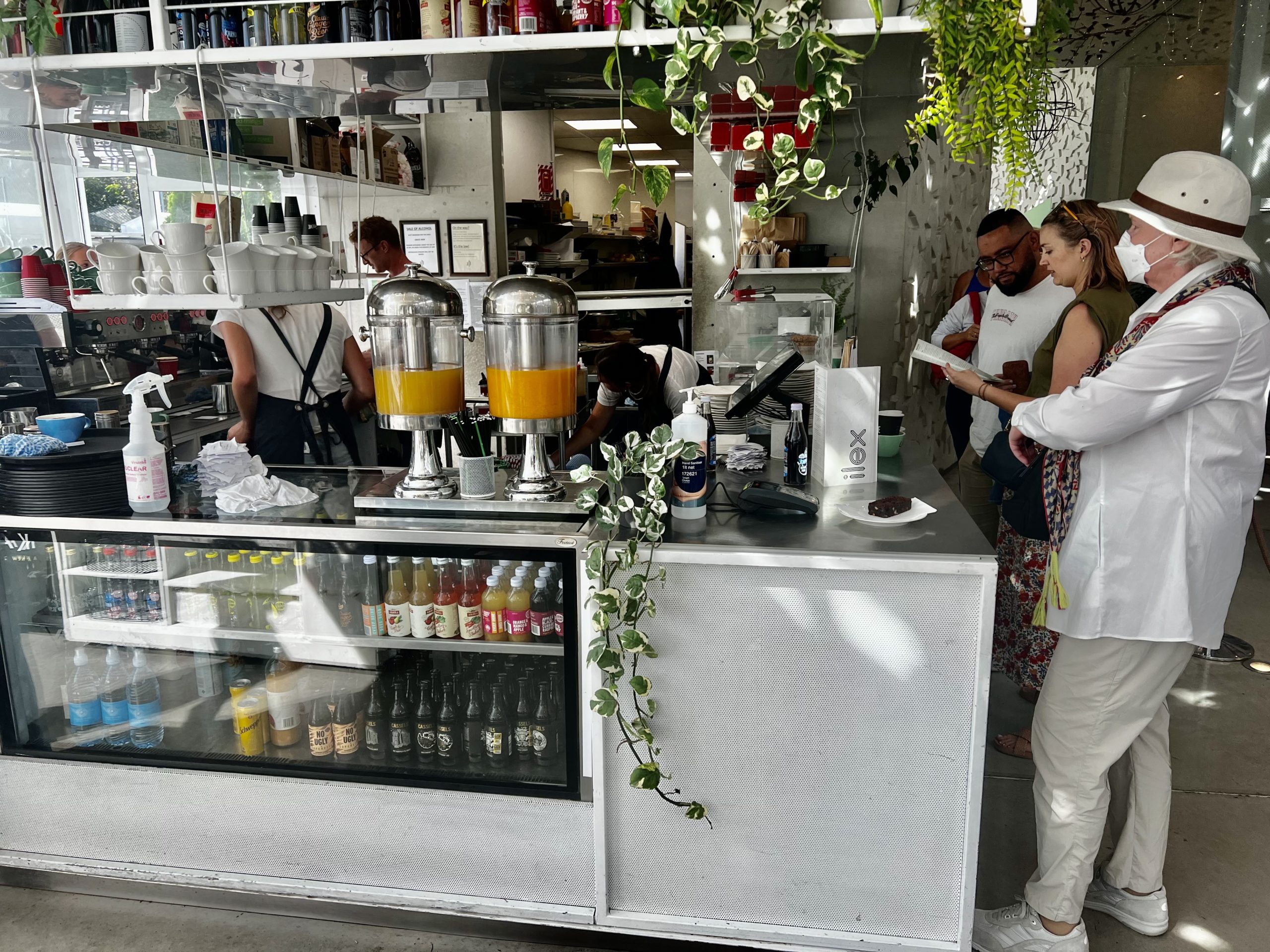
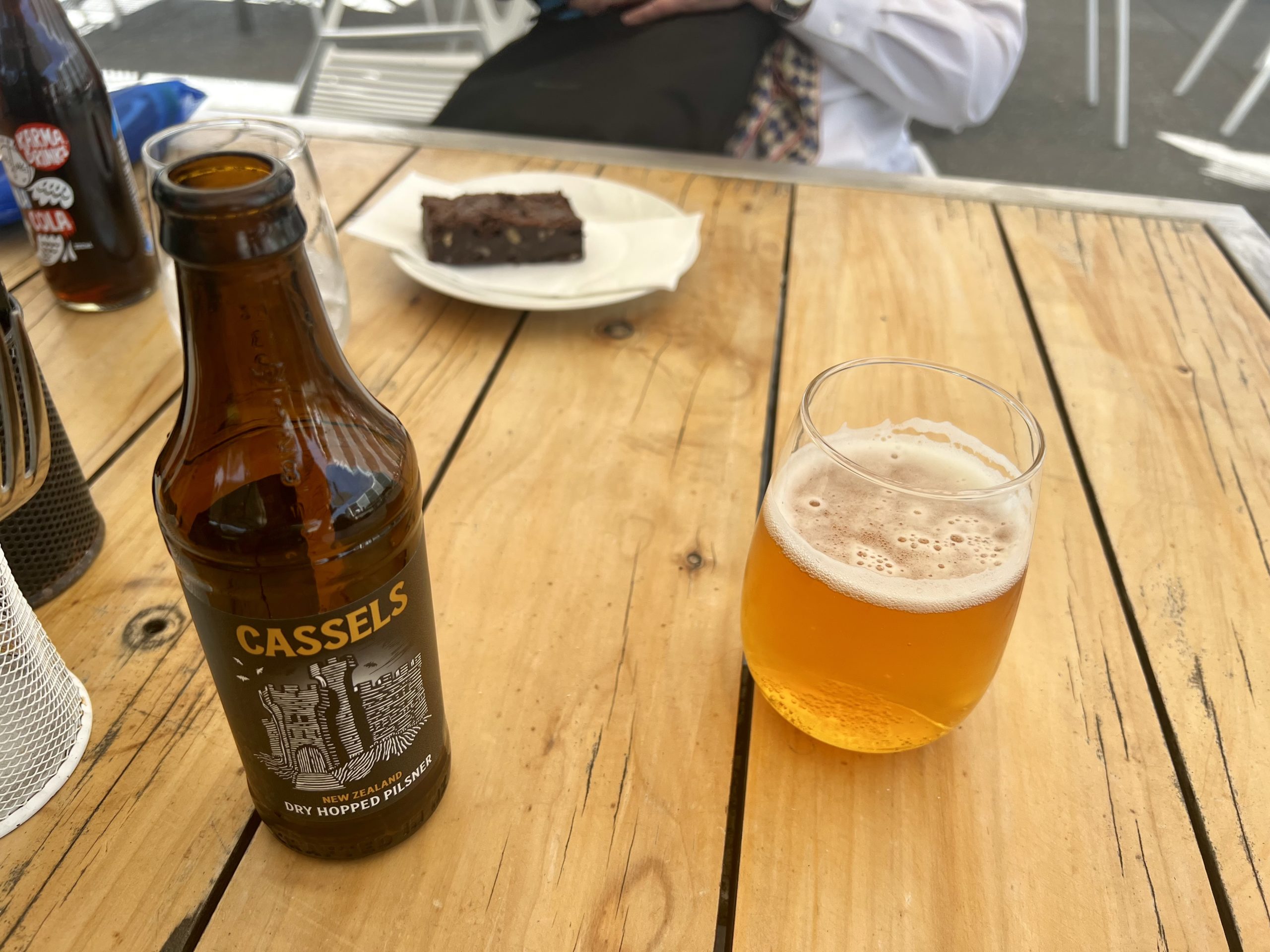
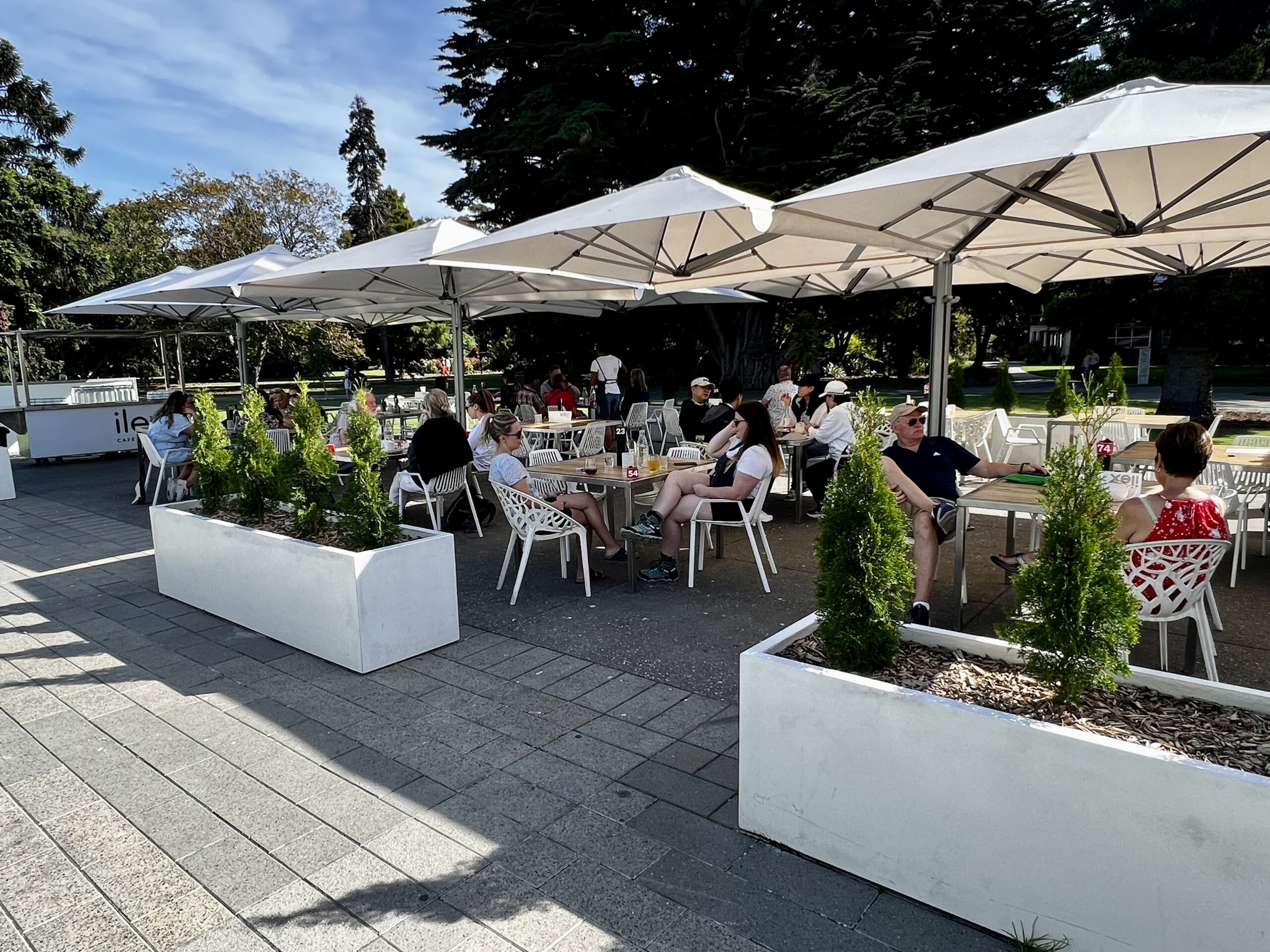
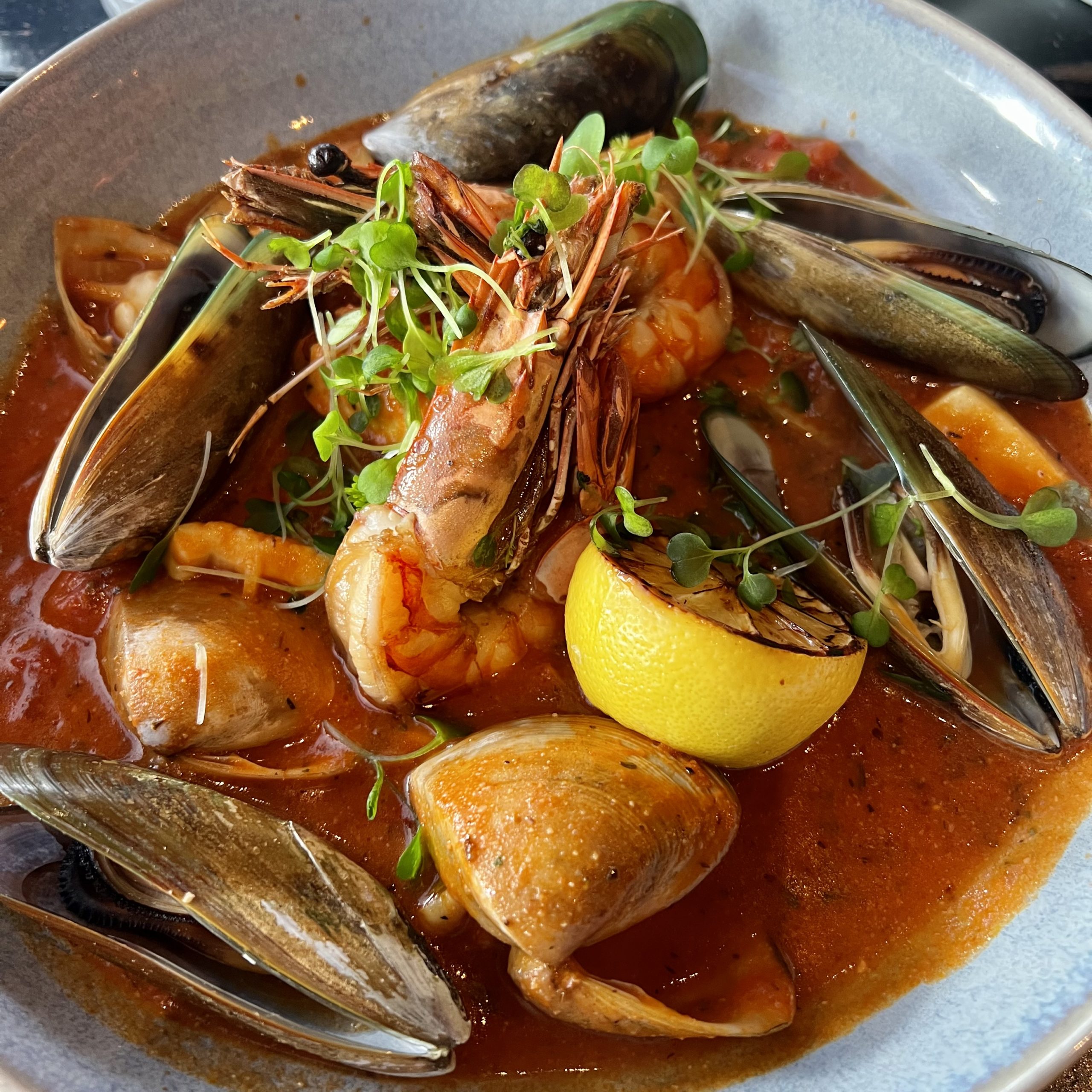
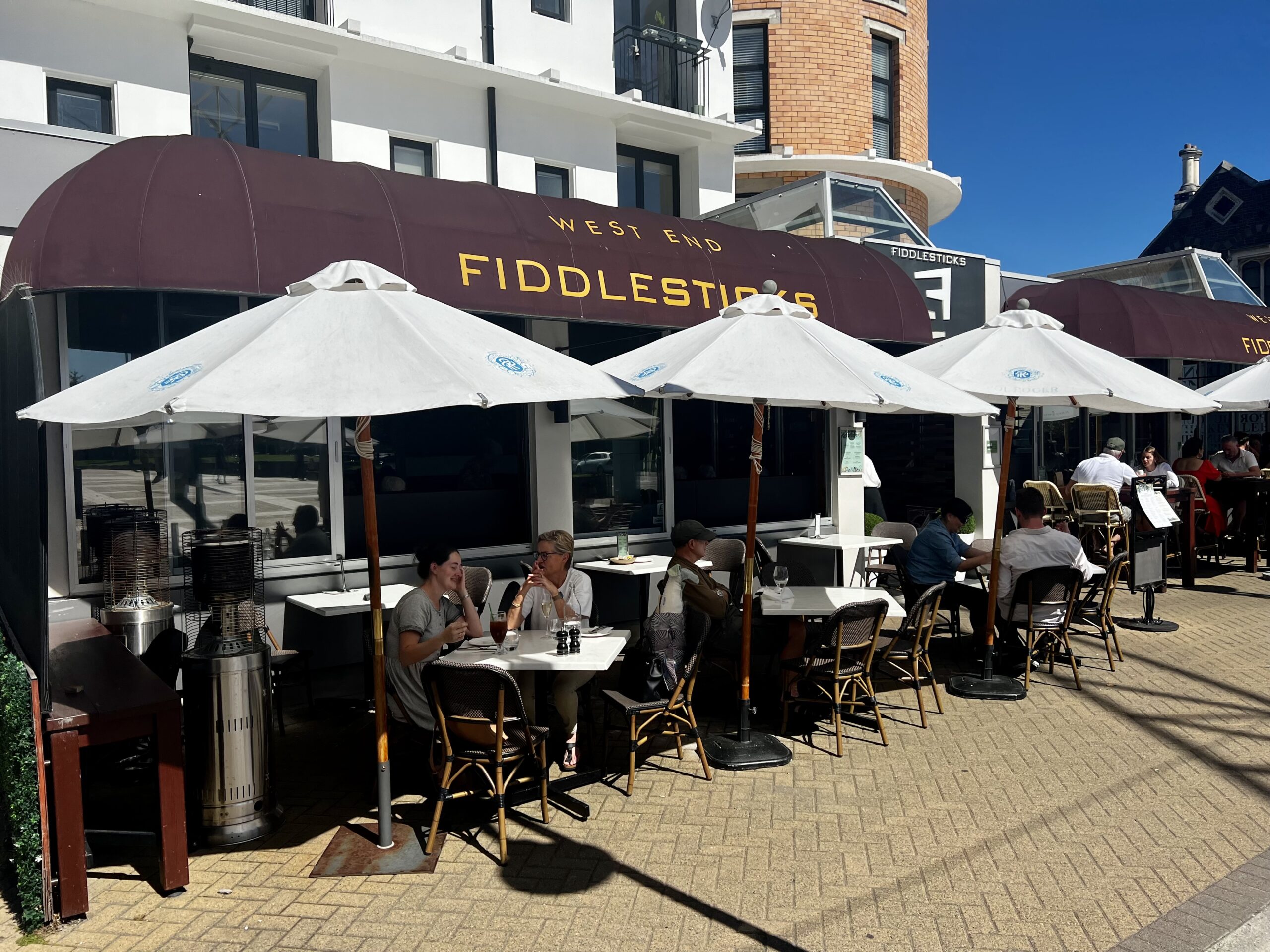
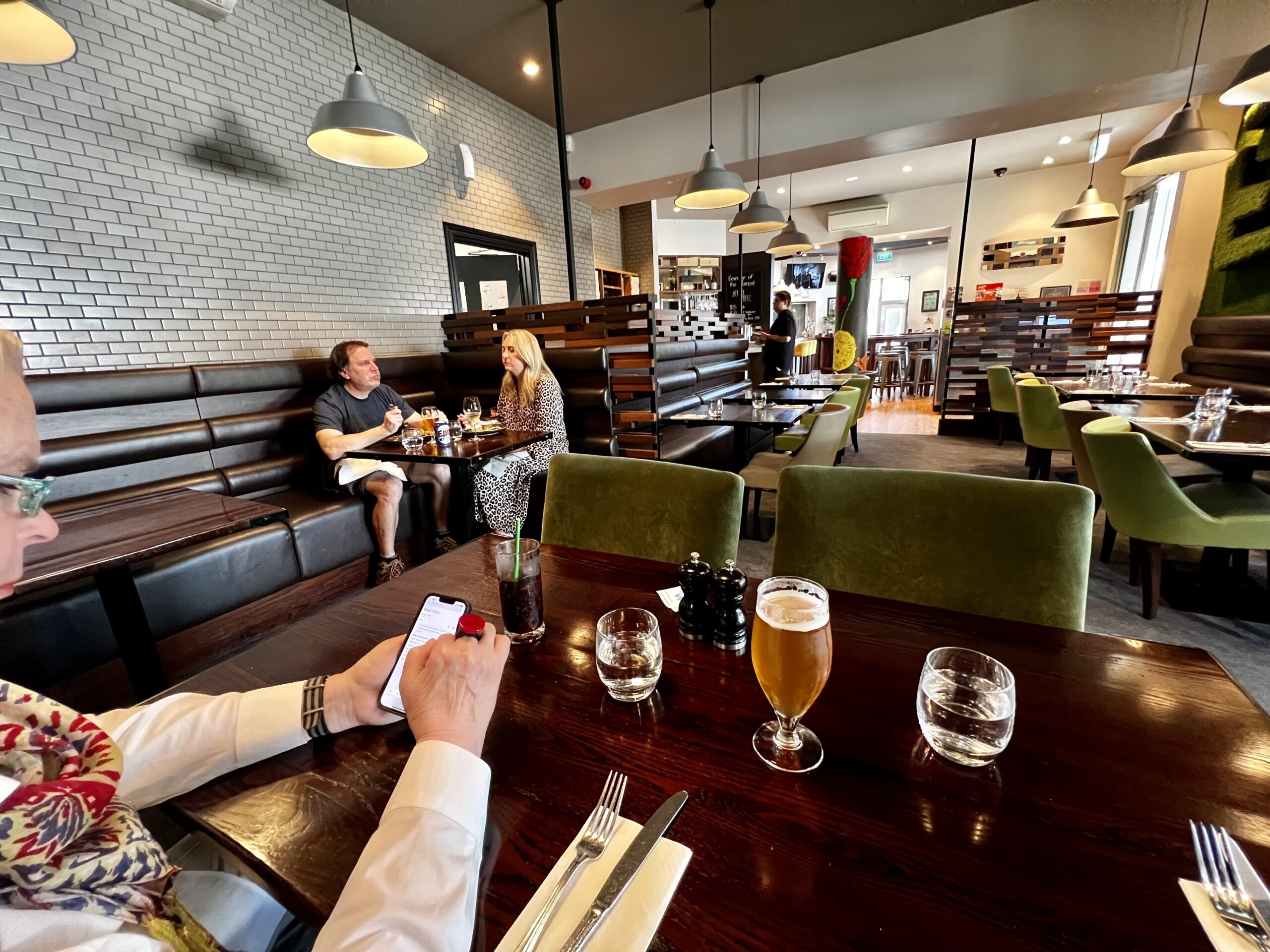
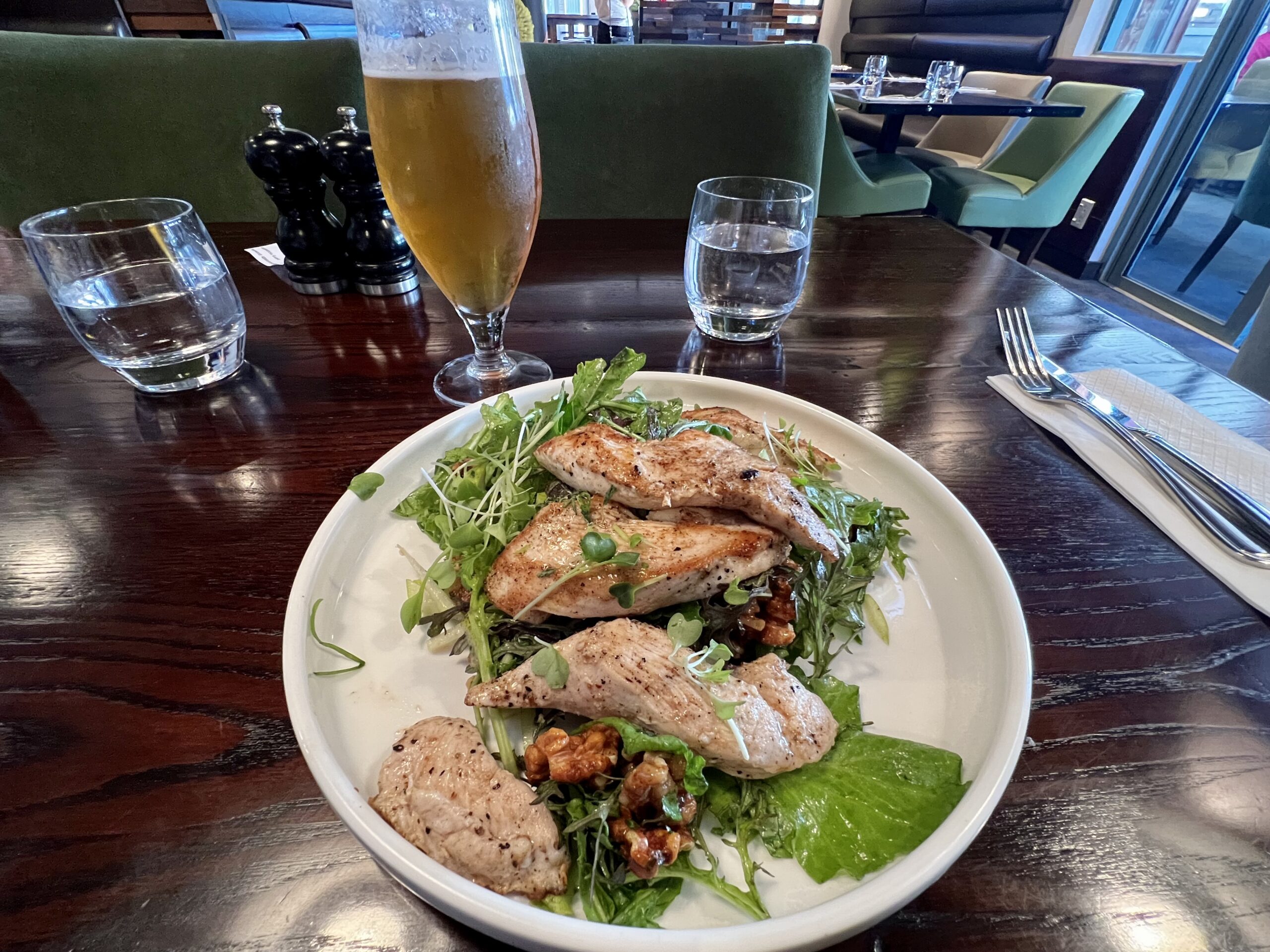
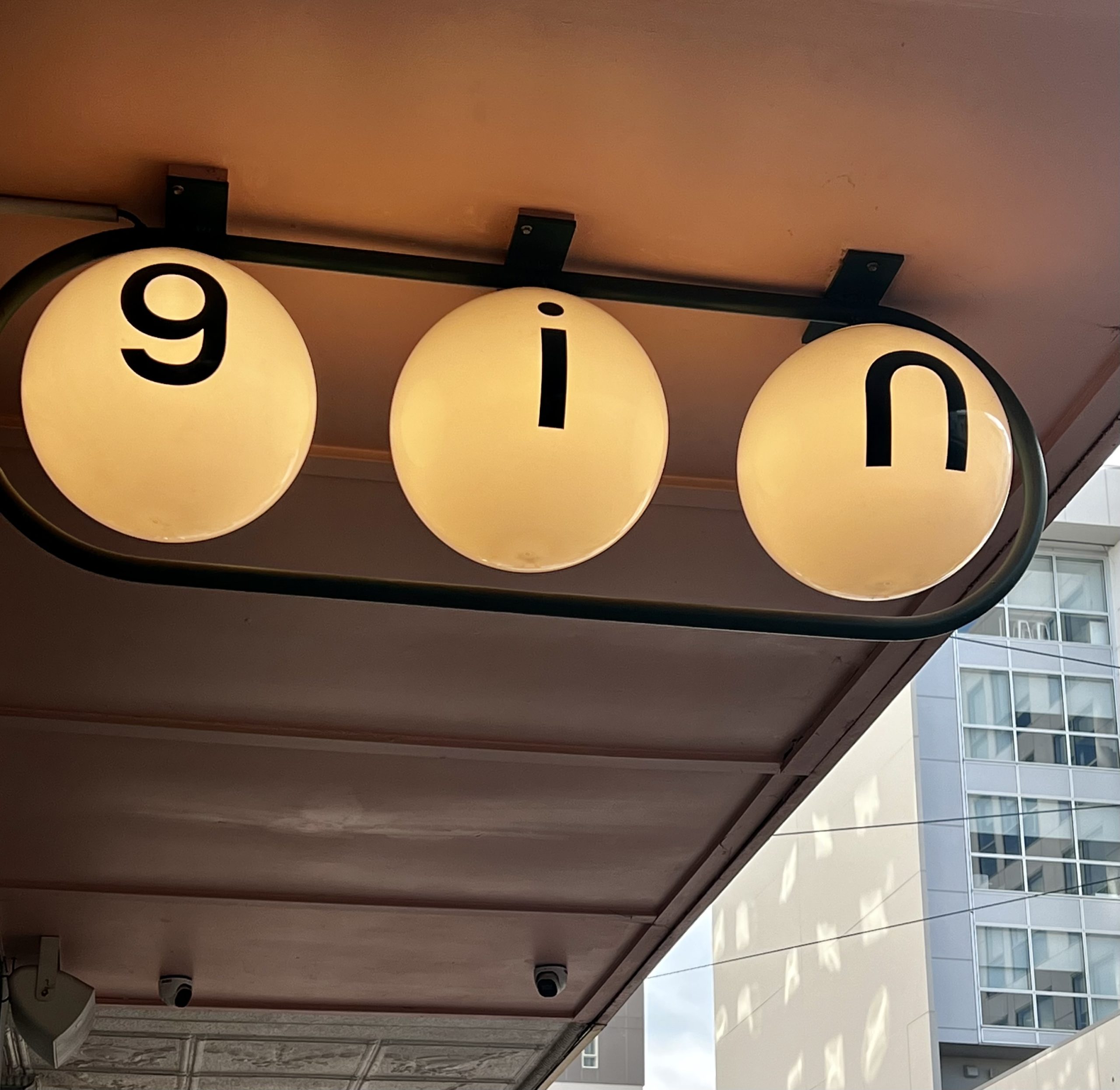
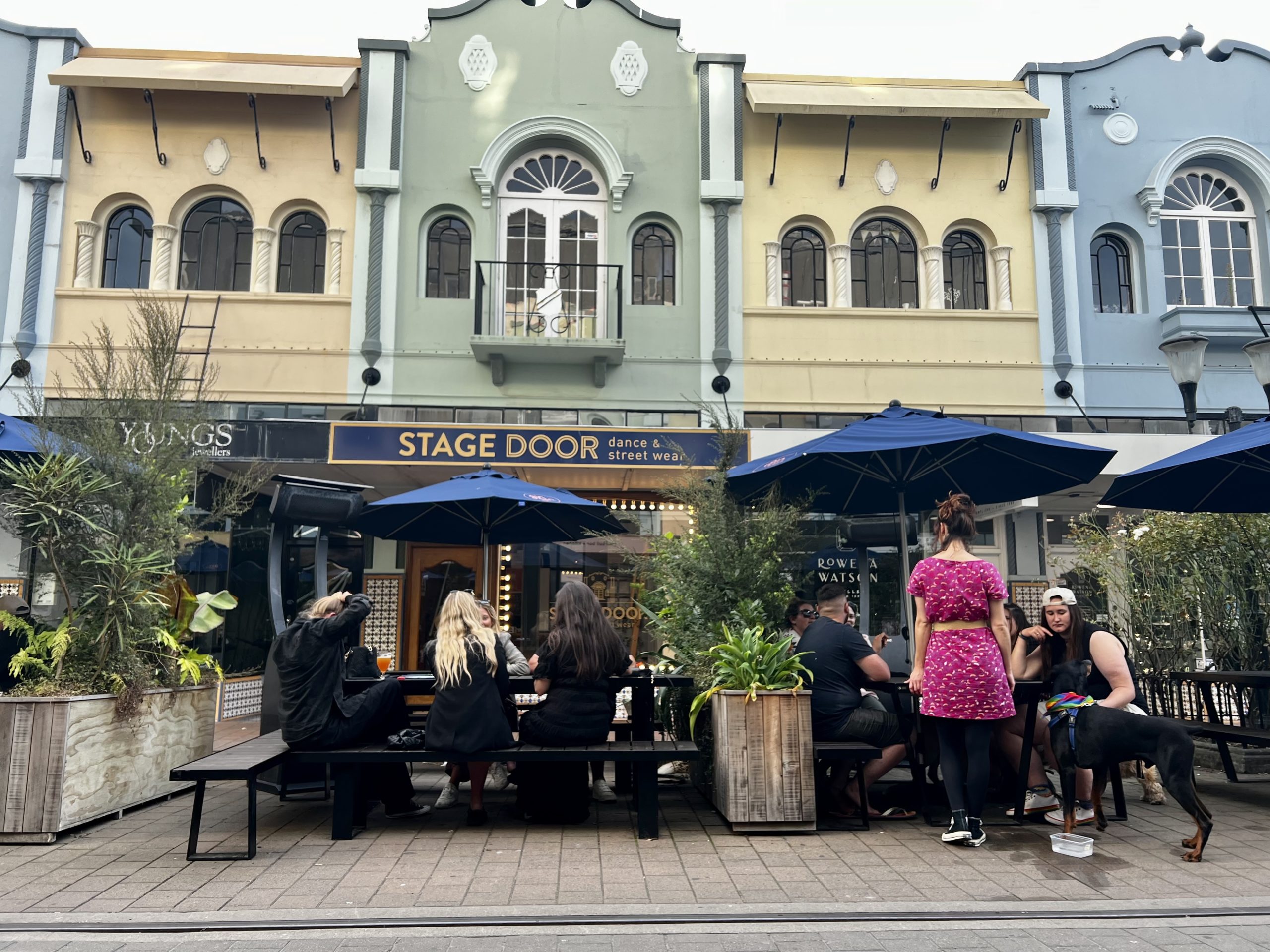
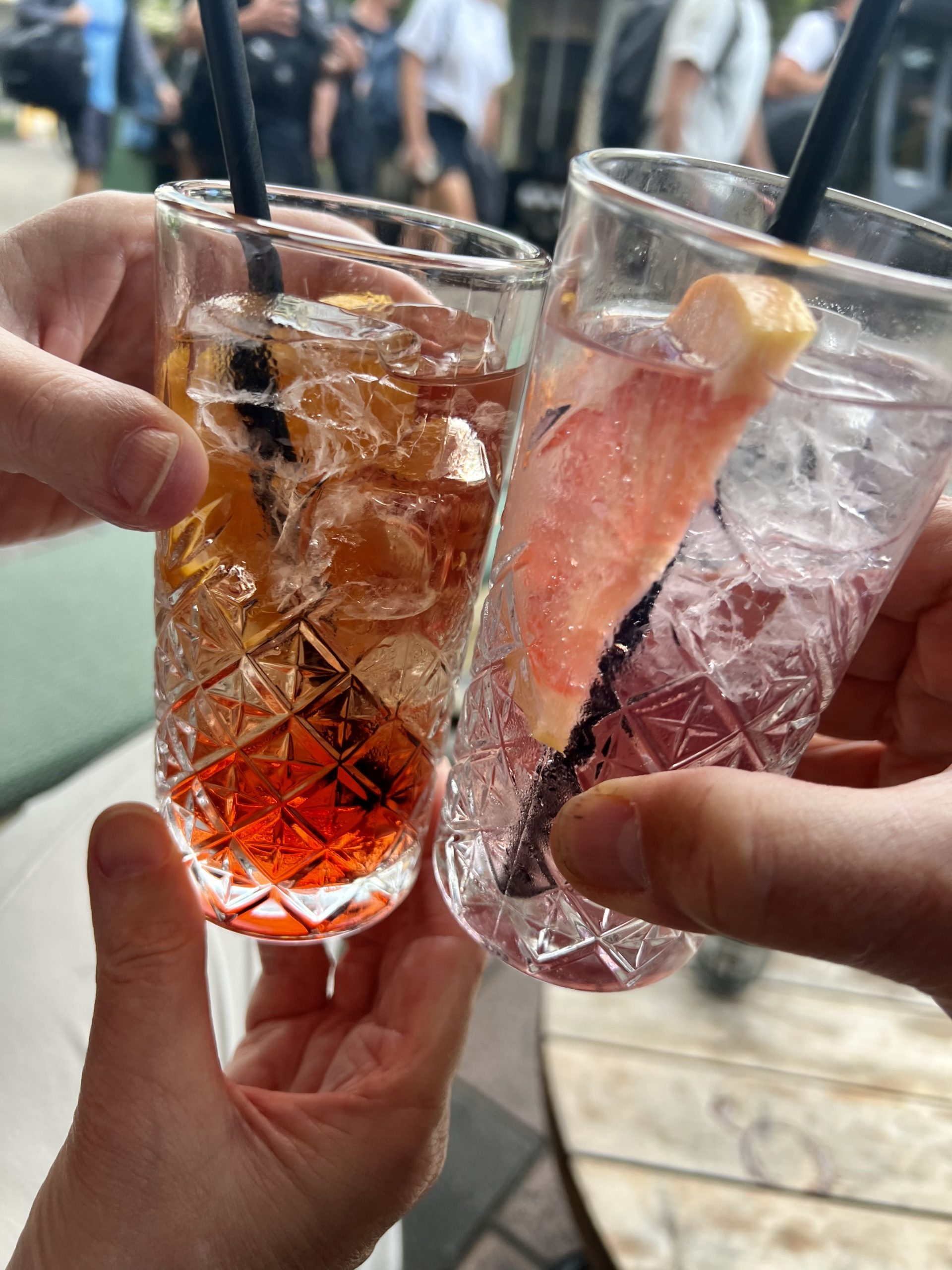
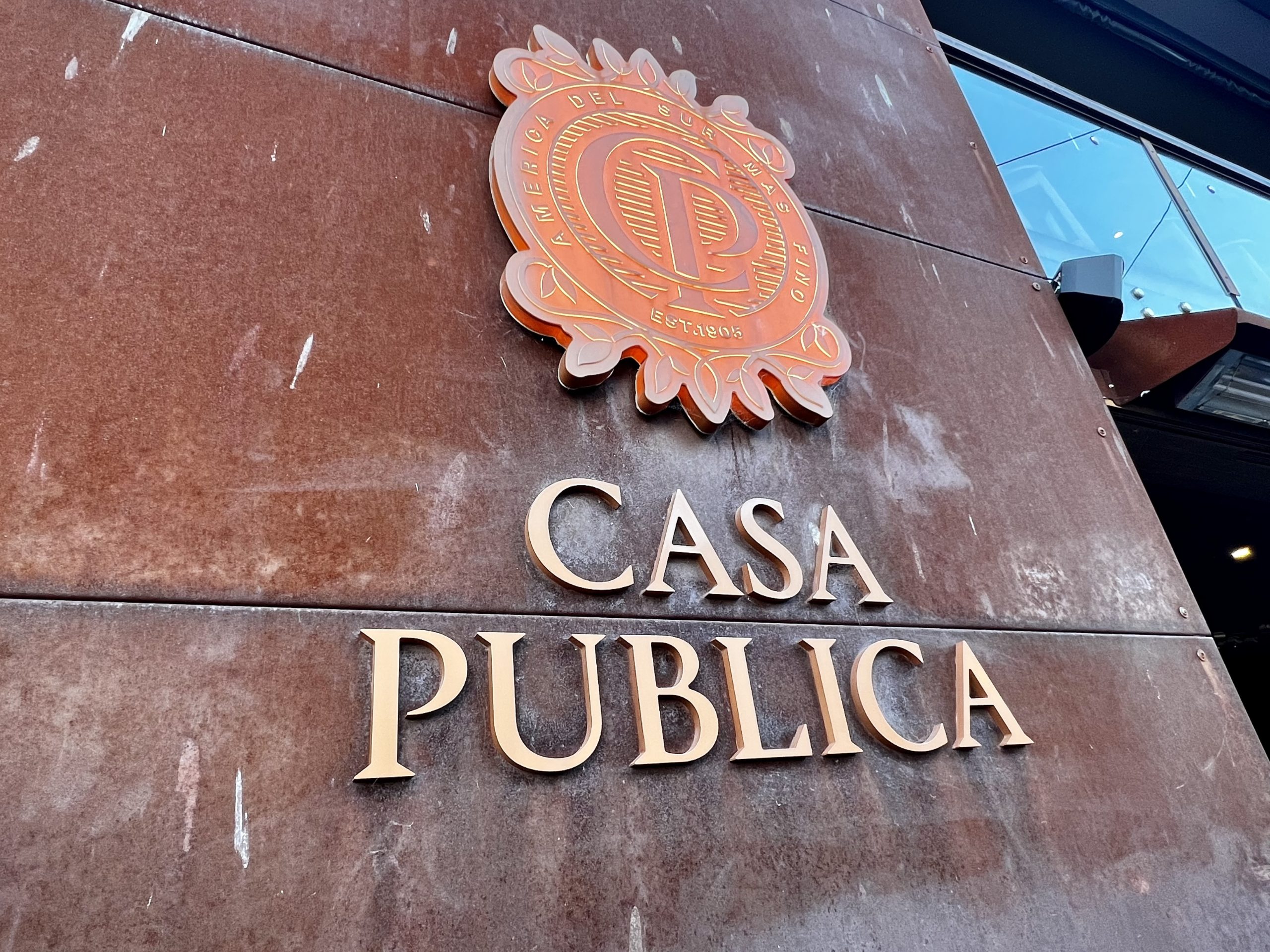
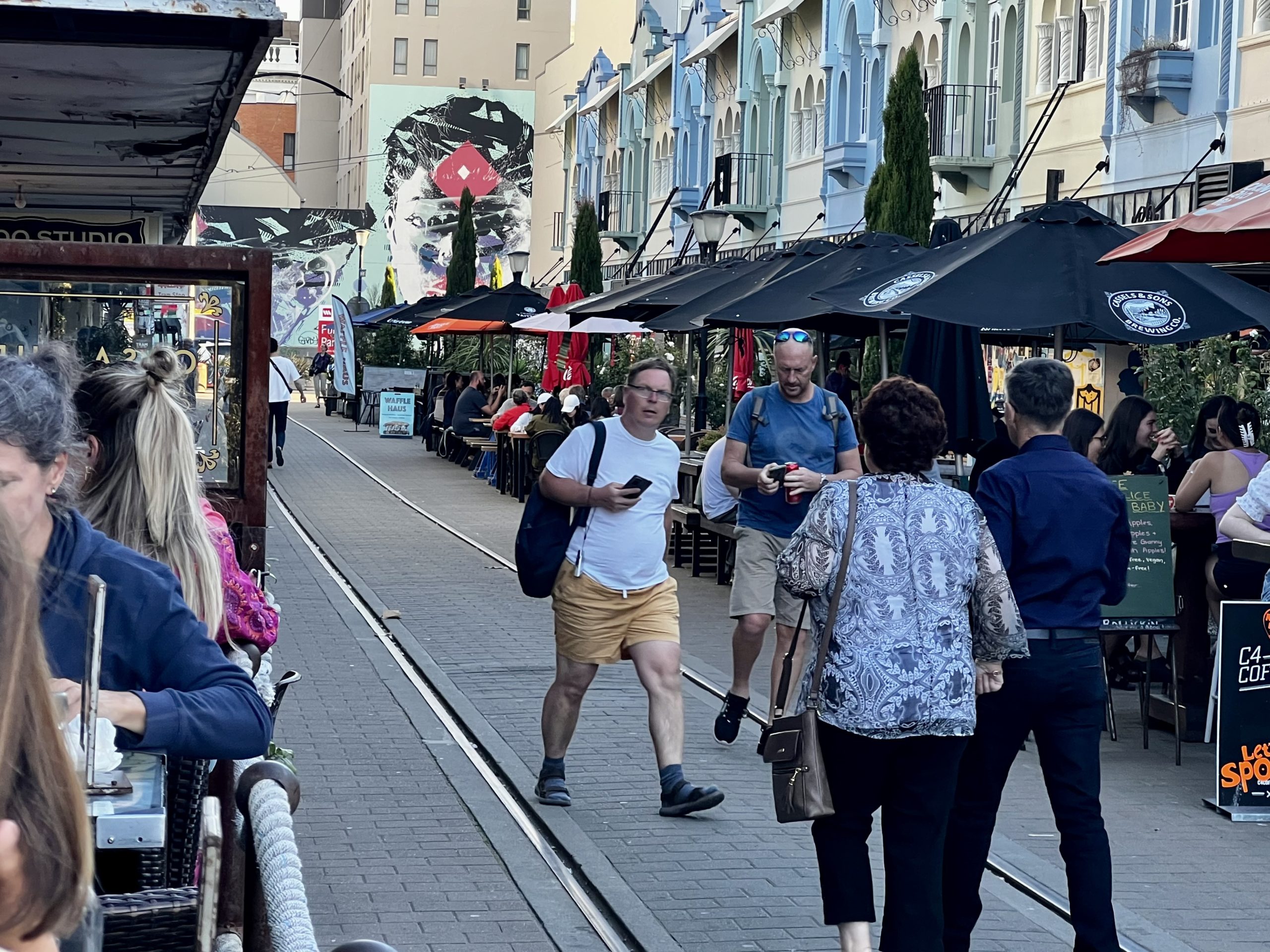
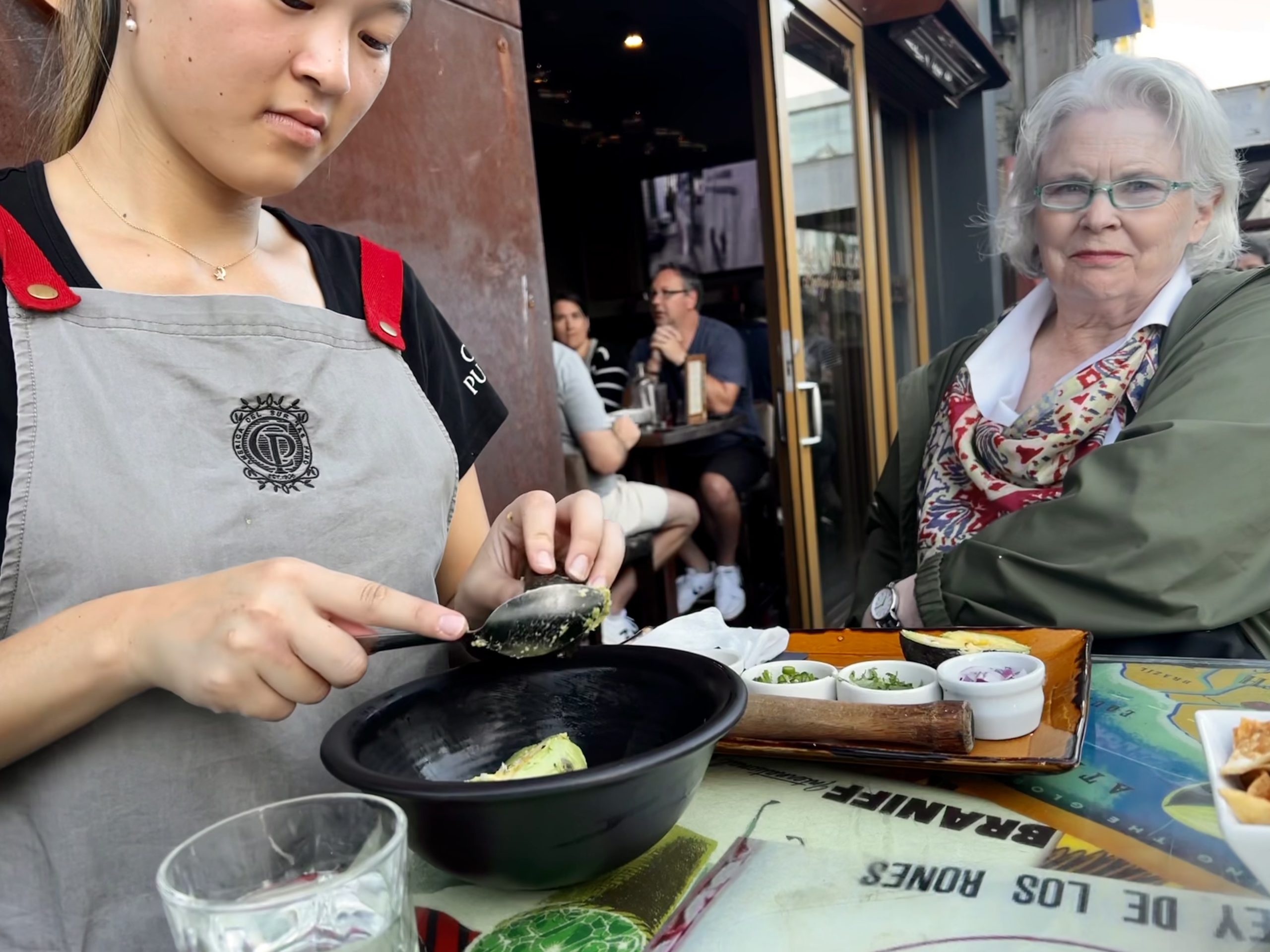
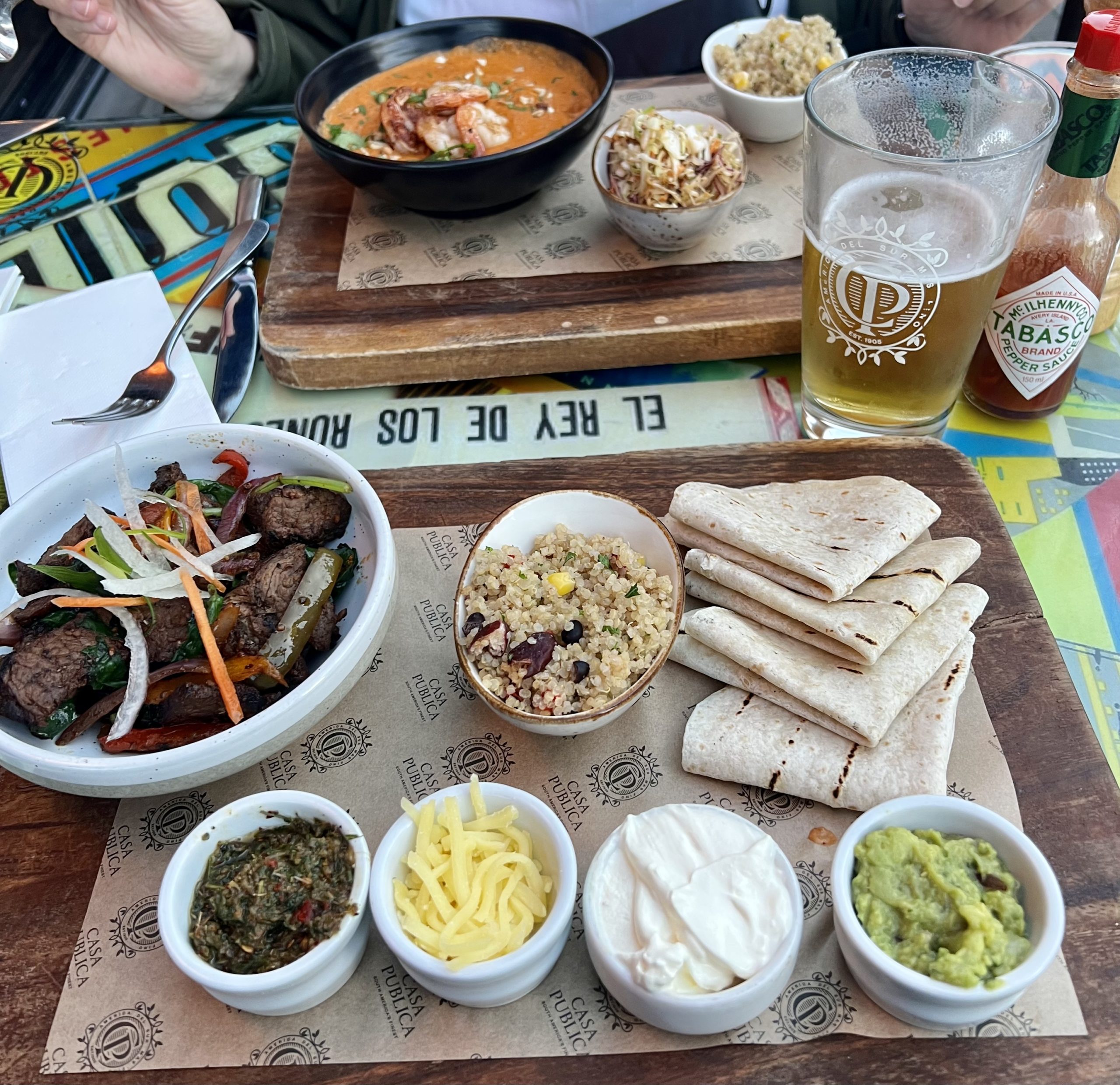
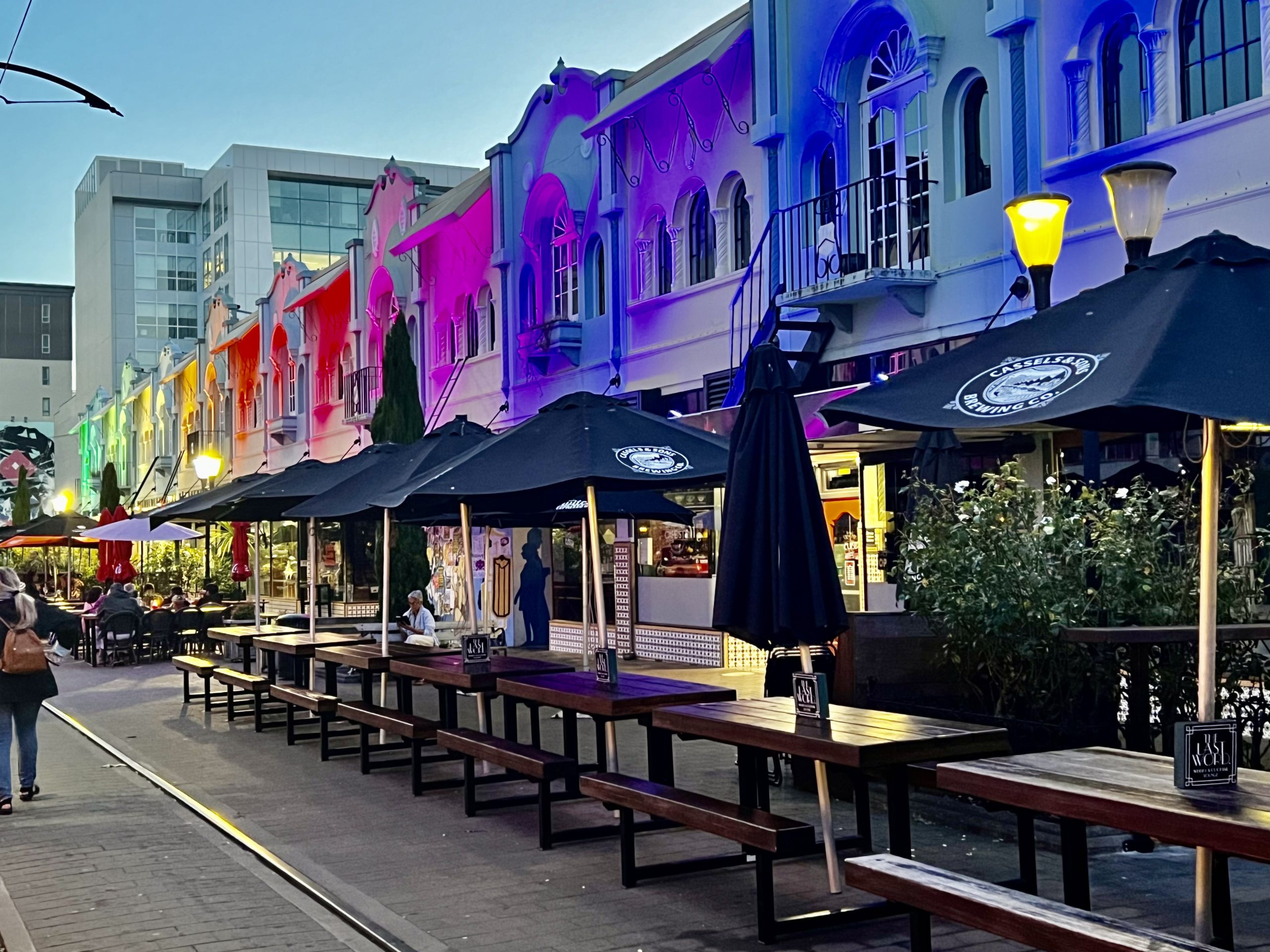
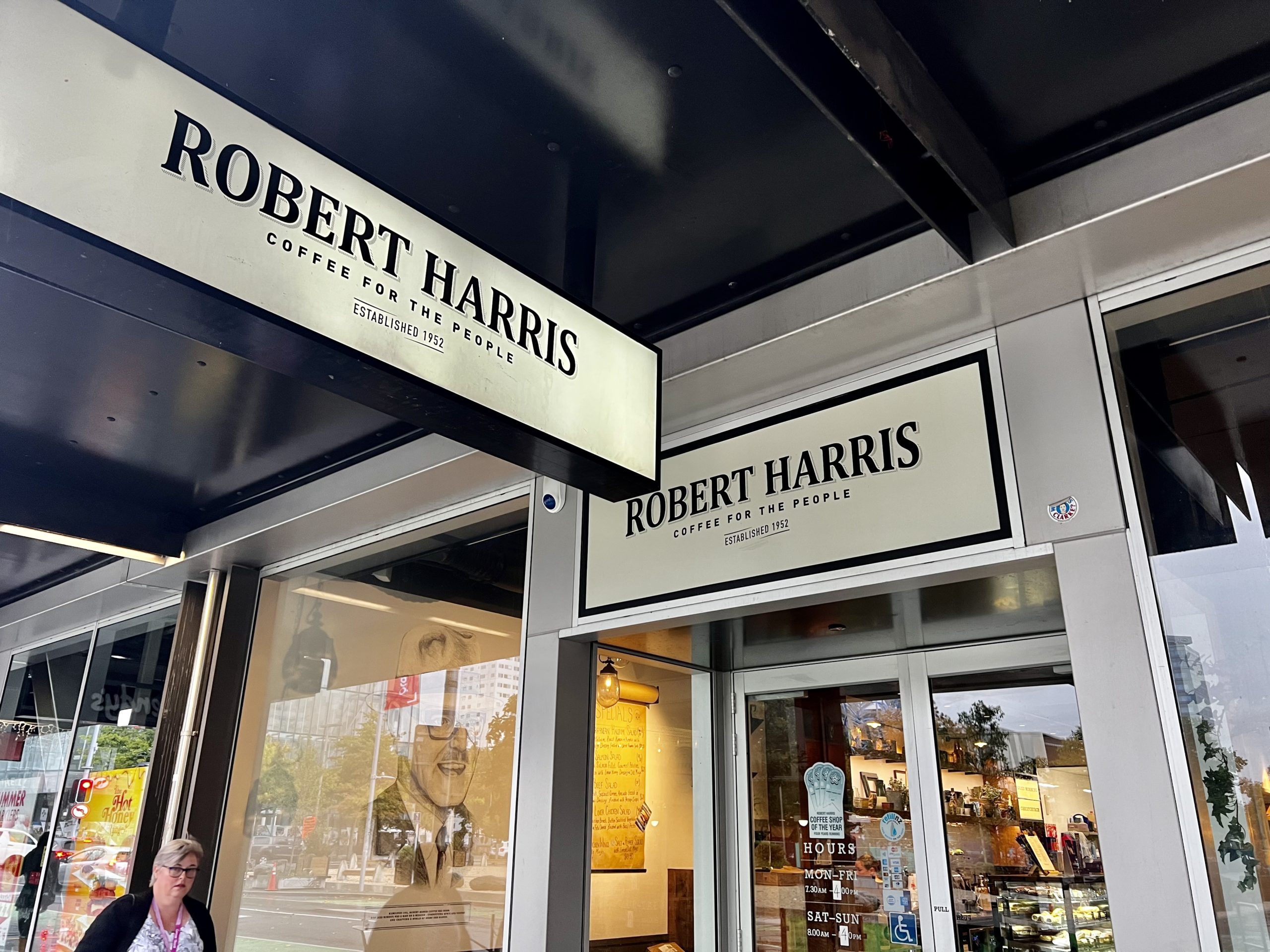
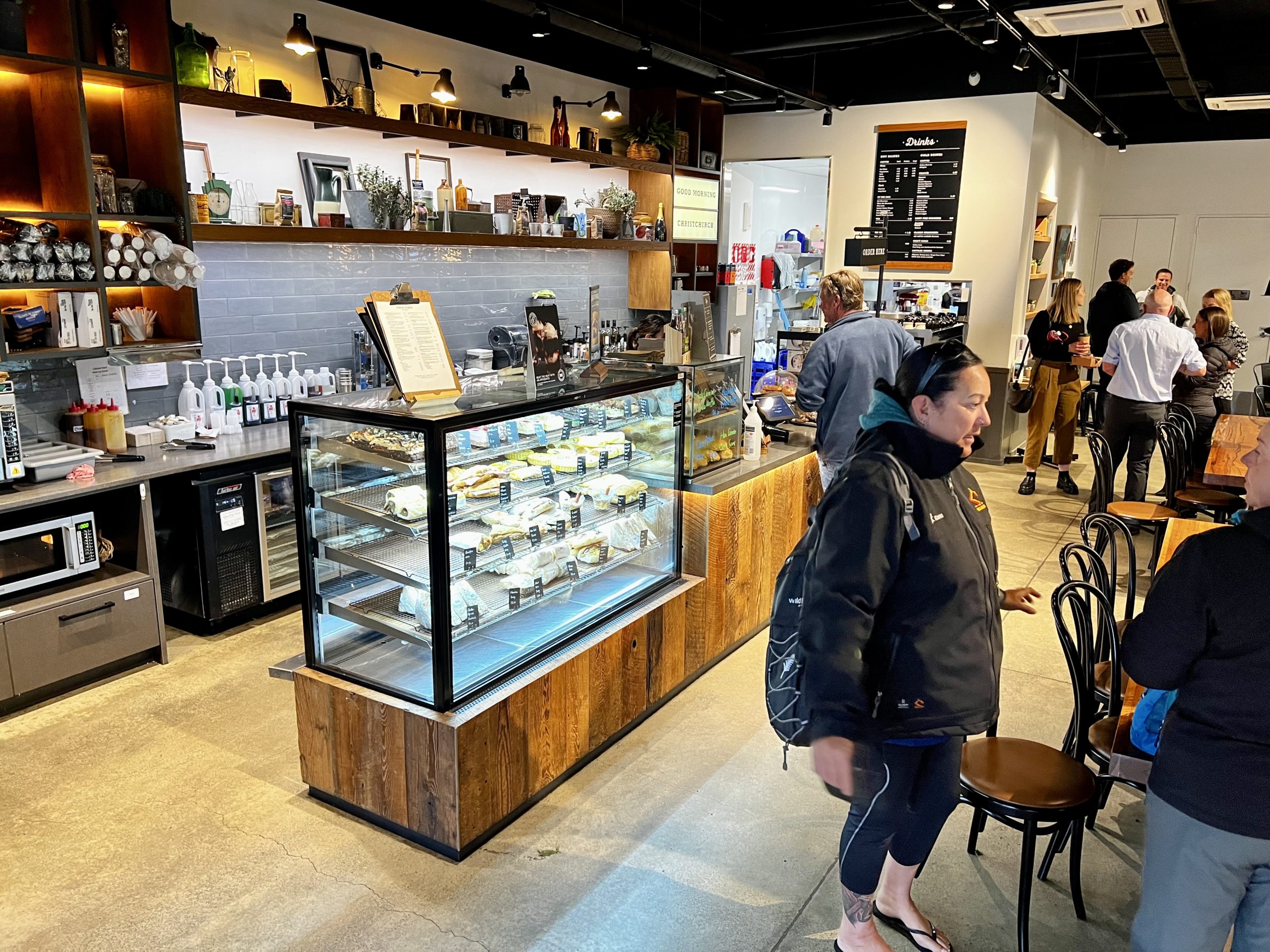
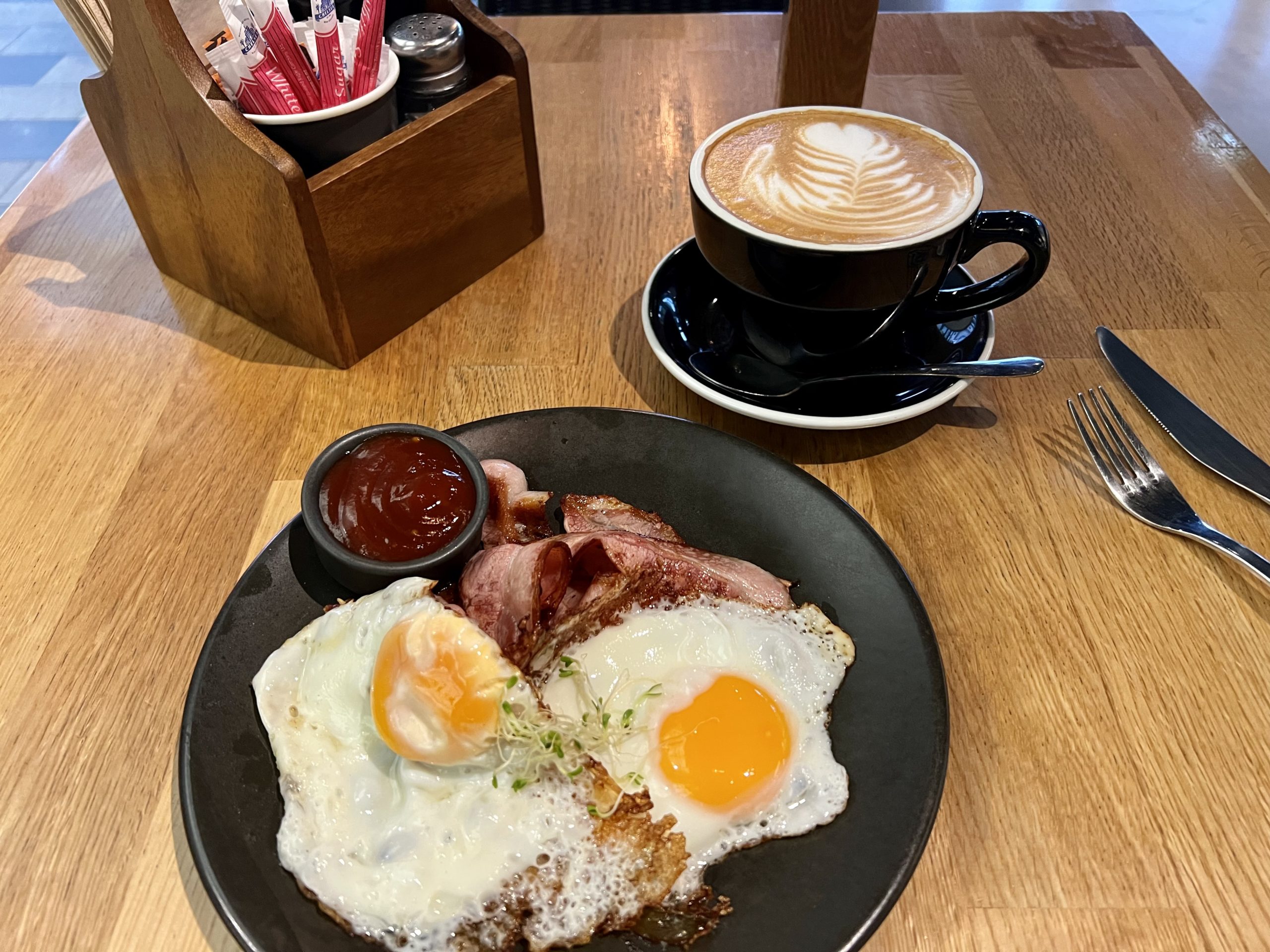
Next stop—Lake Brunner and Punakaiki!
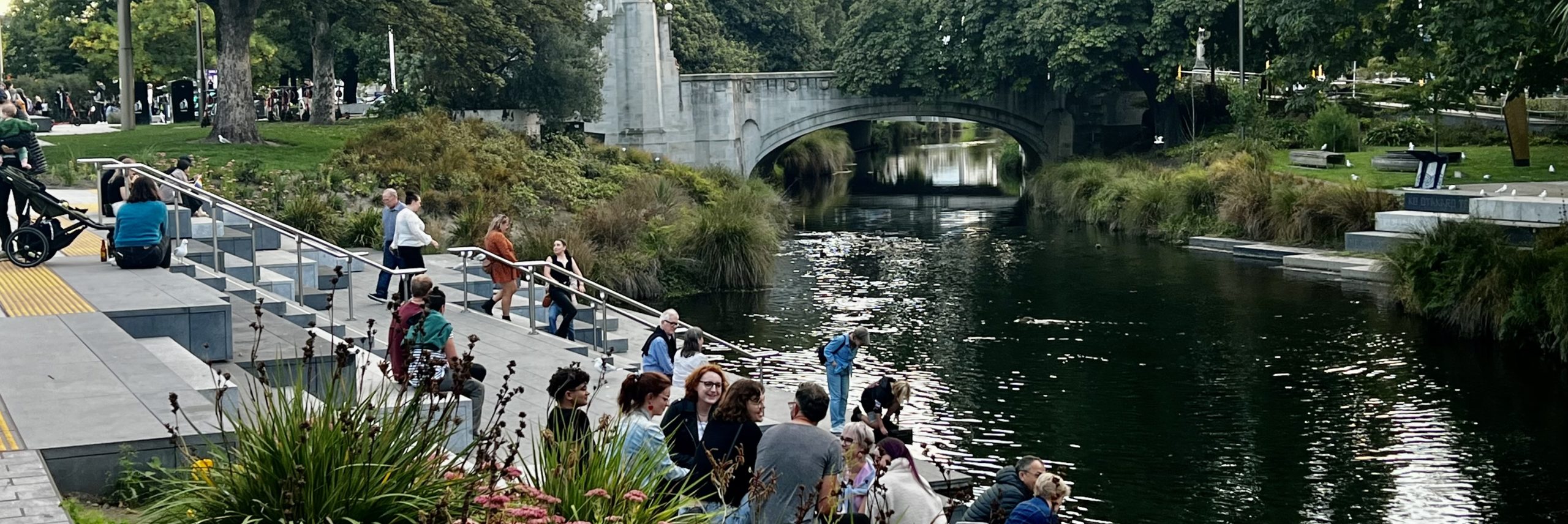
The “cardboard church” looked like it was built with “sonotubes” which are typically used as forms for concrete piers and columns. Very interesting temporary structure. But something tells me they will keep it for a long time.
Great photos and commentary as usual. Looking forward to your next posting.
Safe travels.
Carl
CARL: Thanks. The architect was able to use tubes like these in Japan but they were structurally capable of handling the loads. Could not get them to New Zealand. He therefore has wood structural members run through them. And yes, “temporary” can be a very long time!